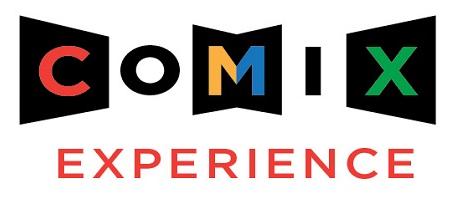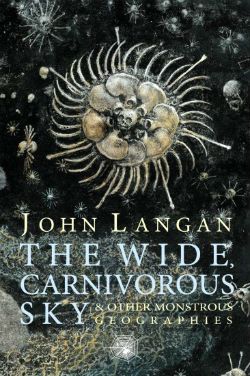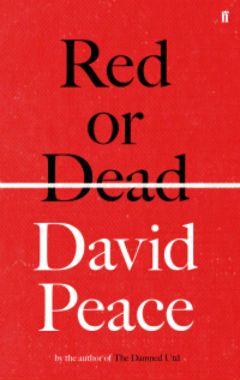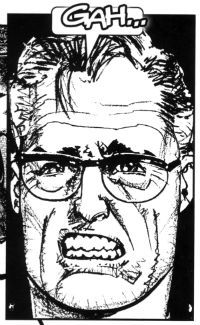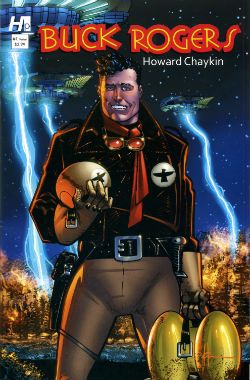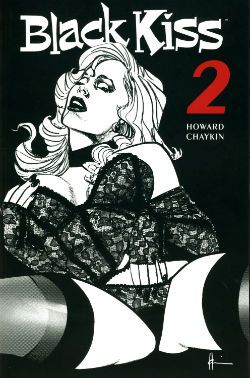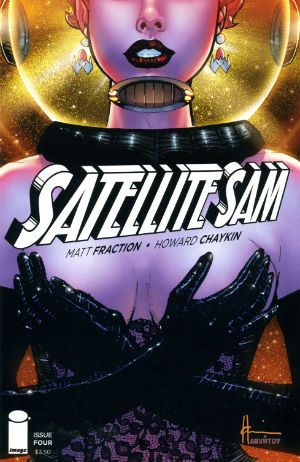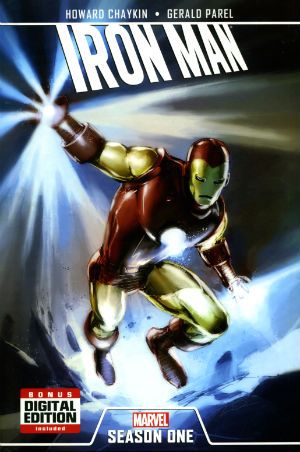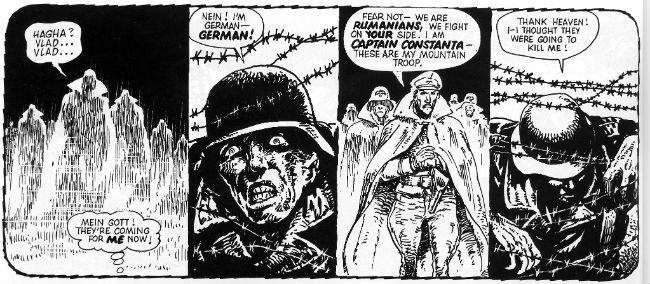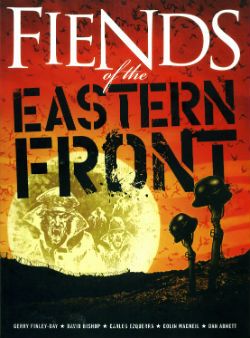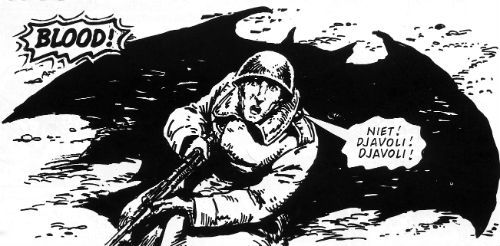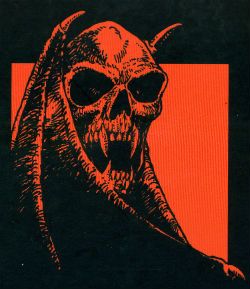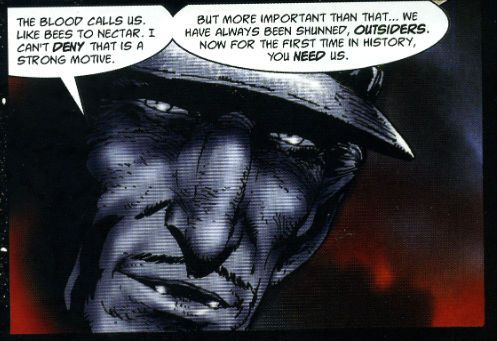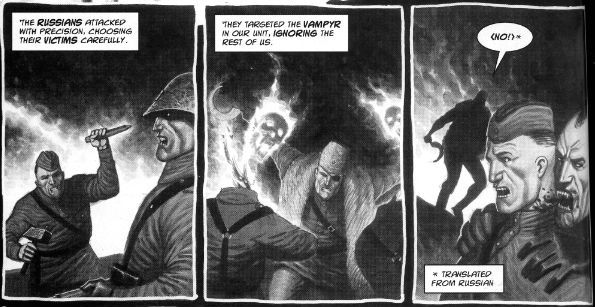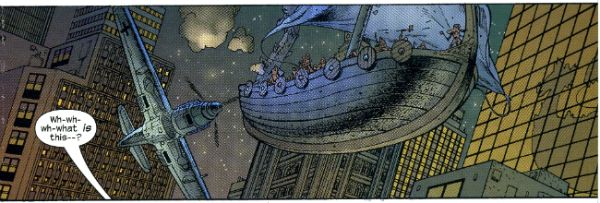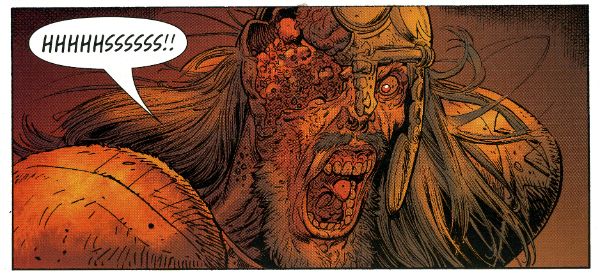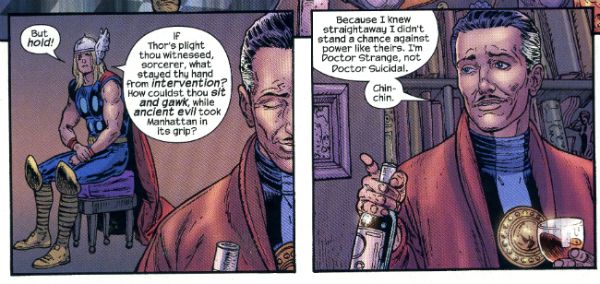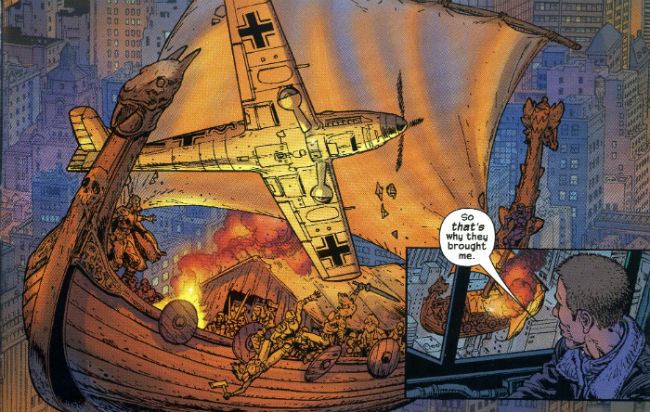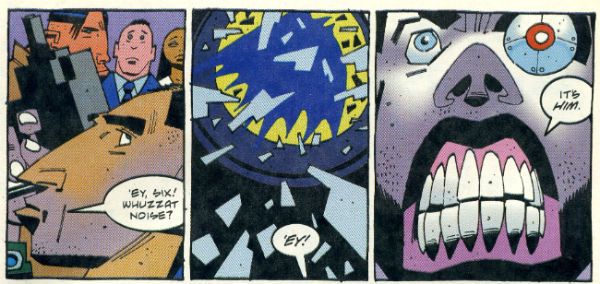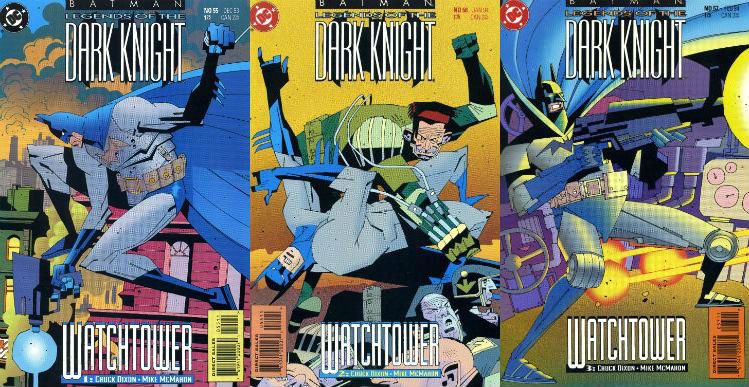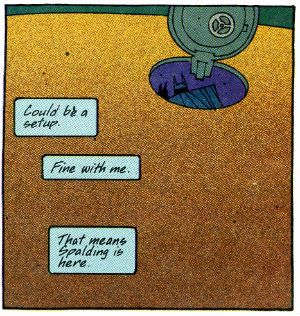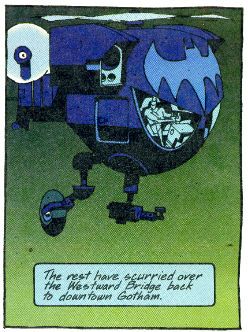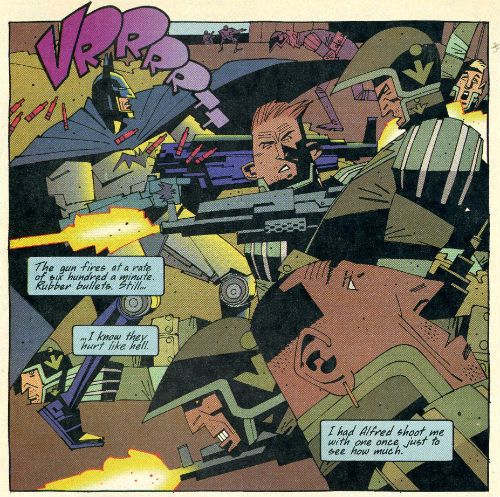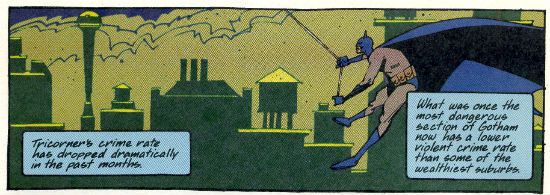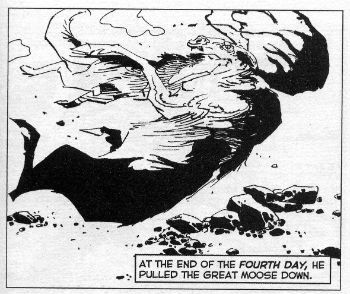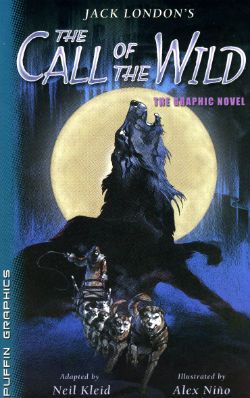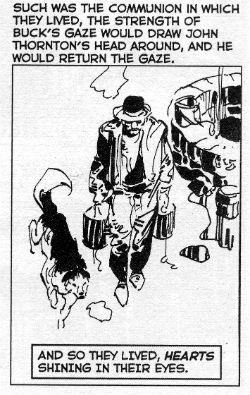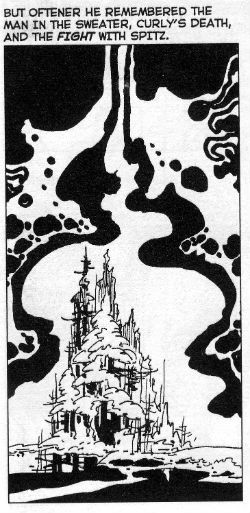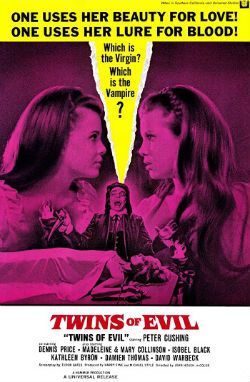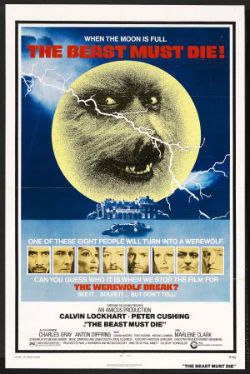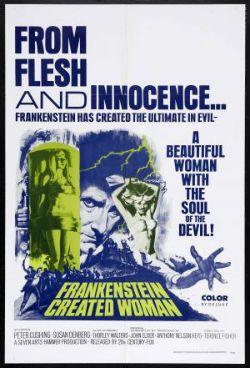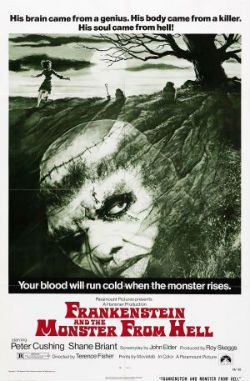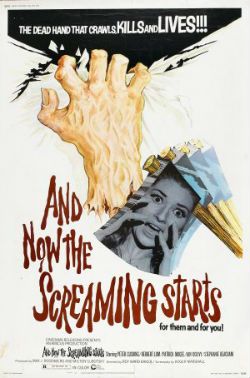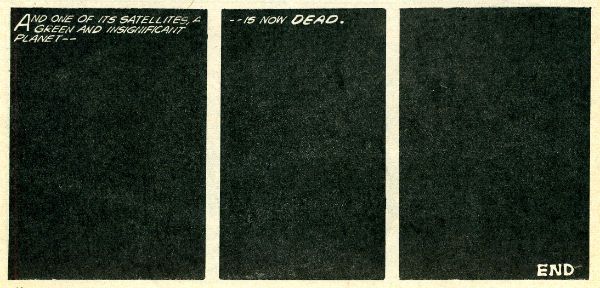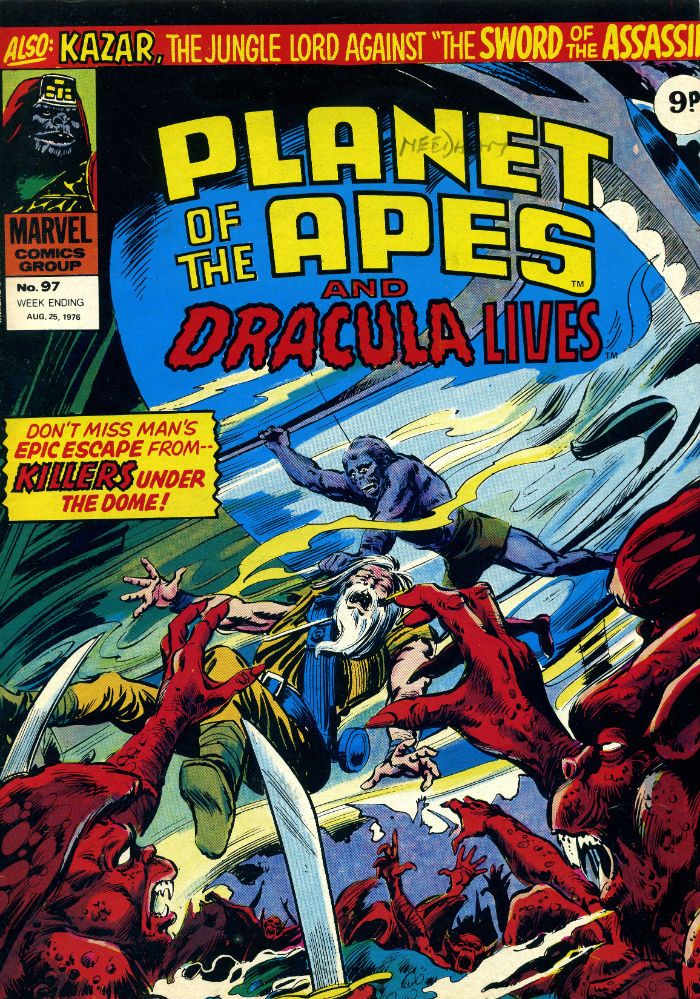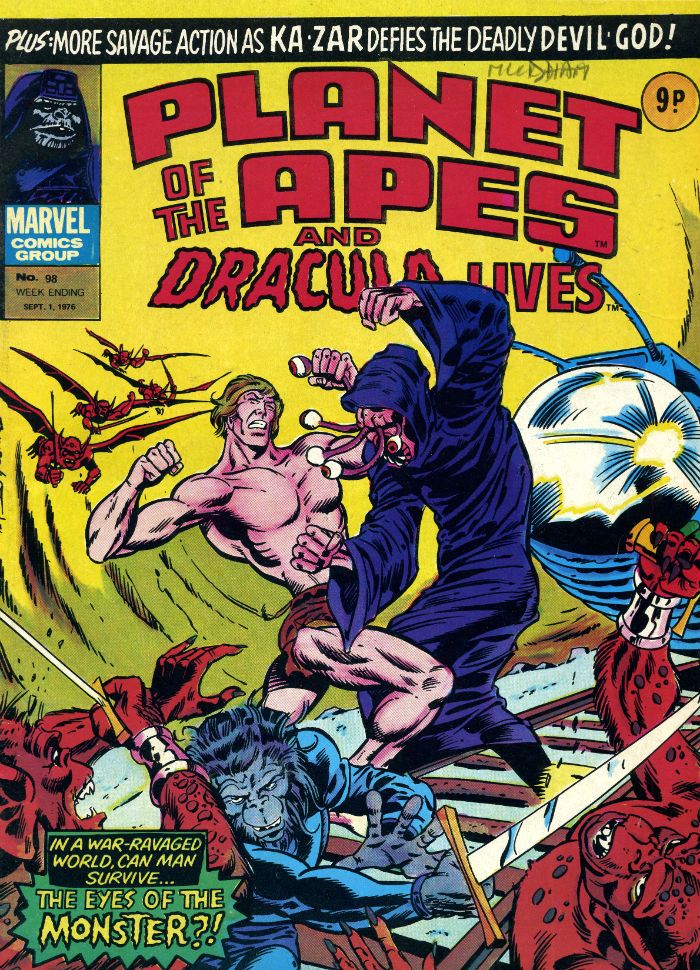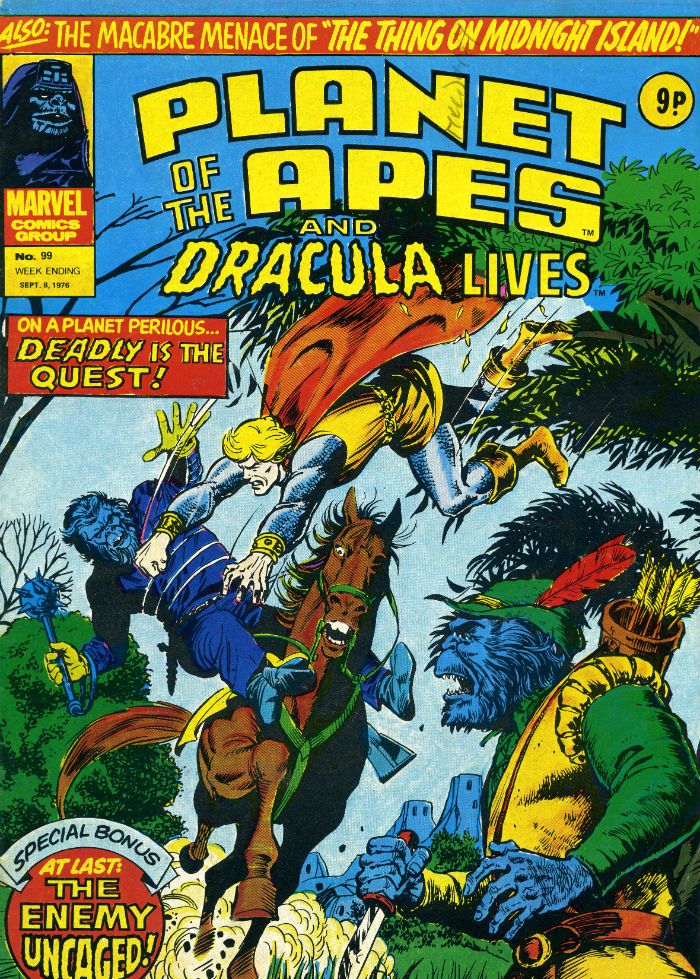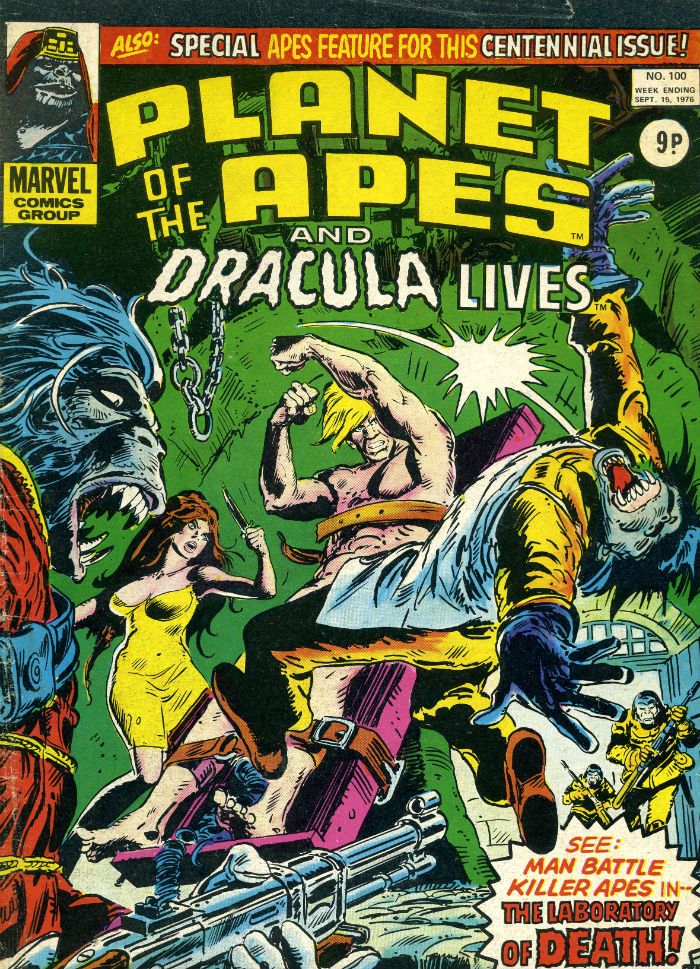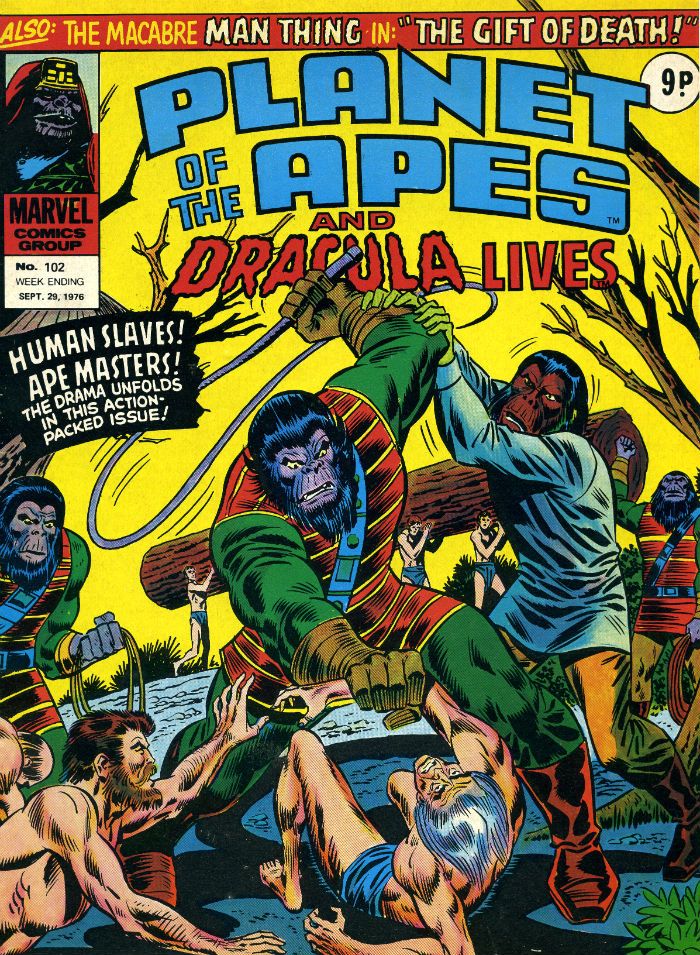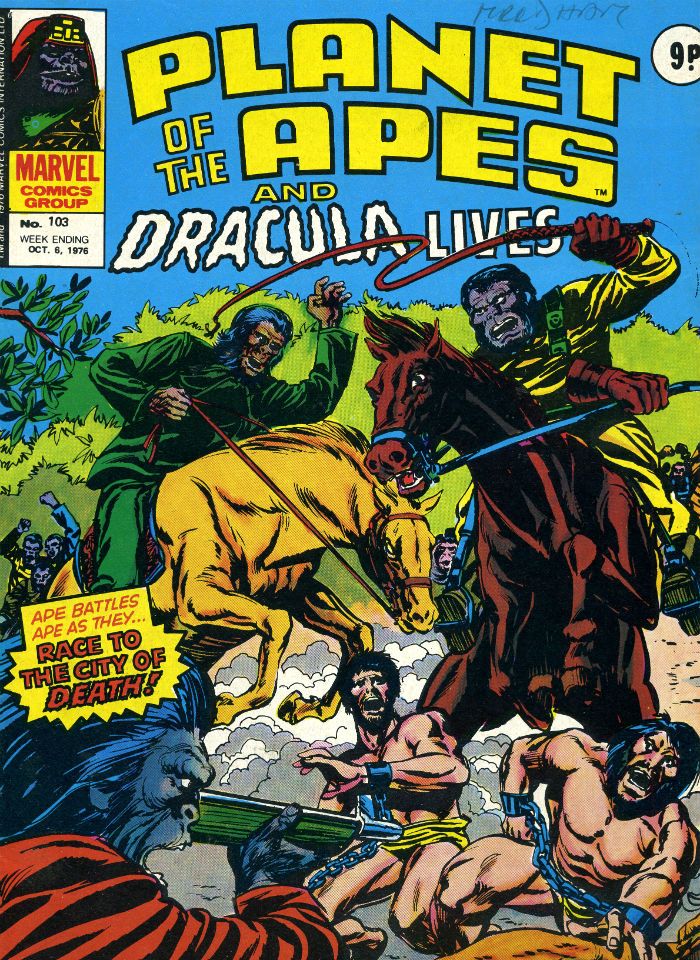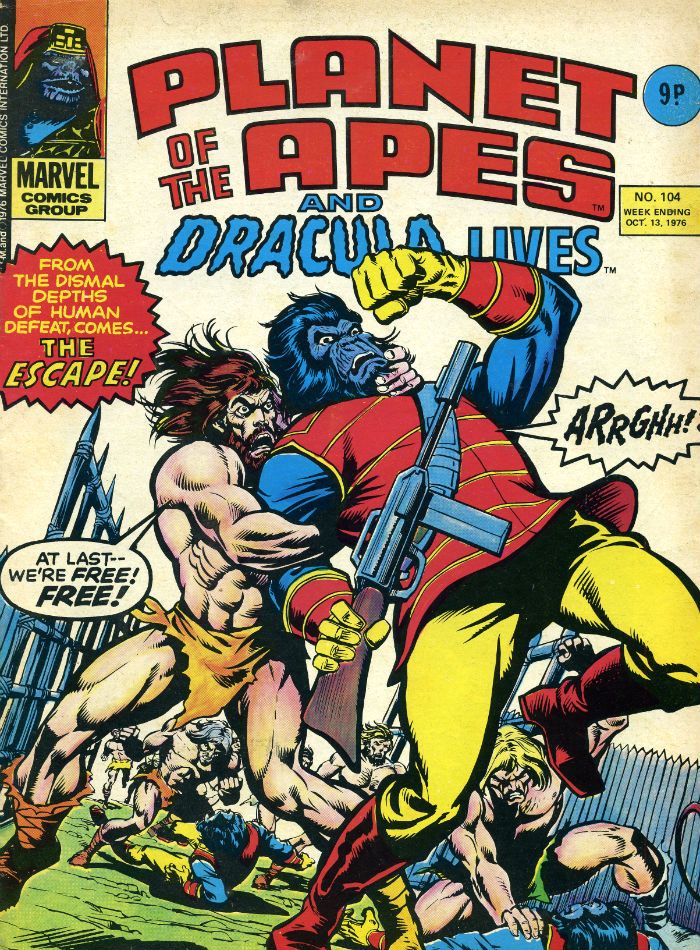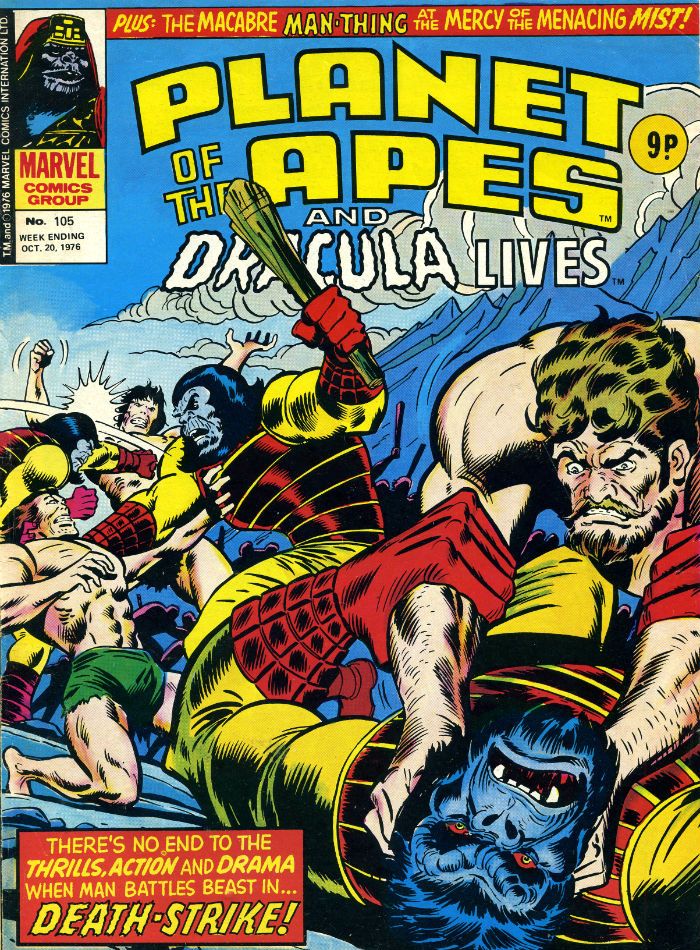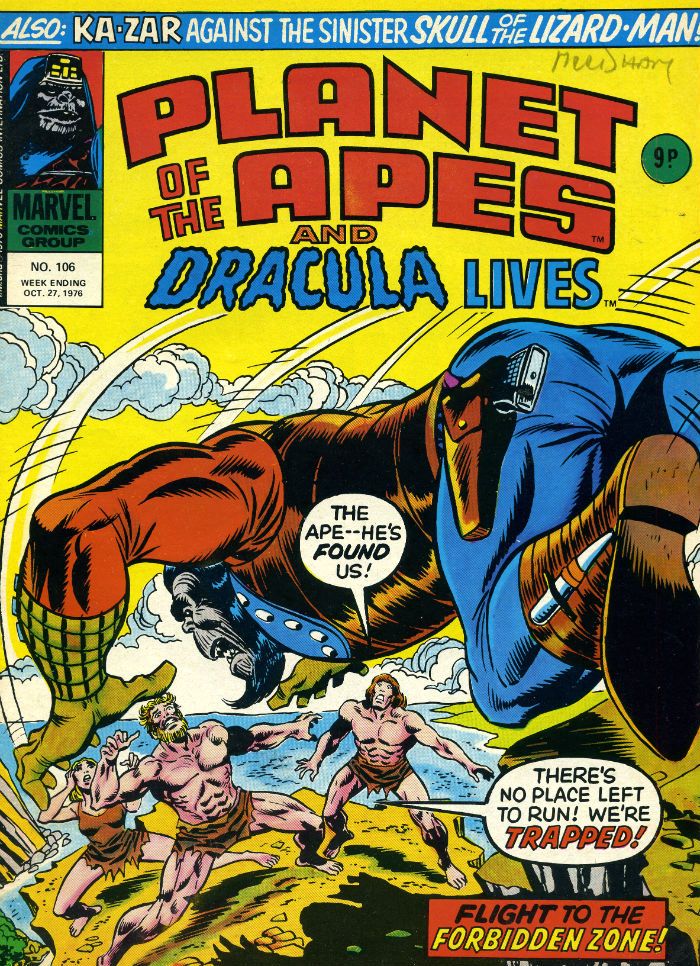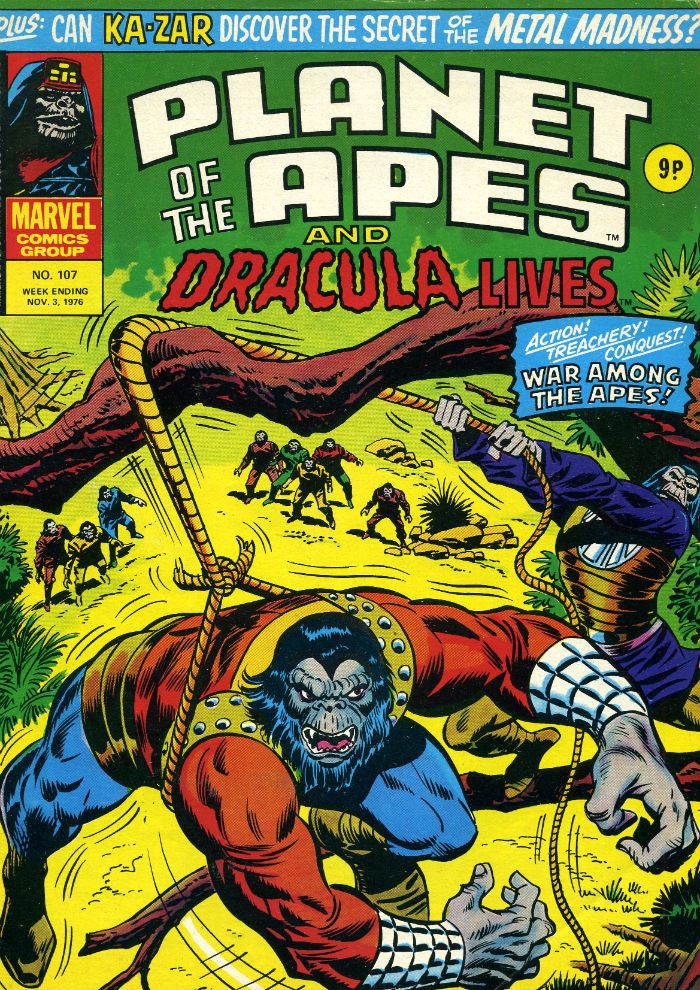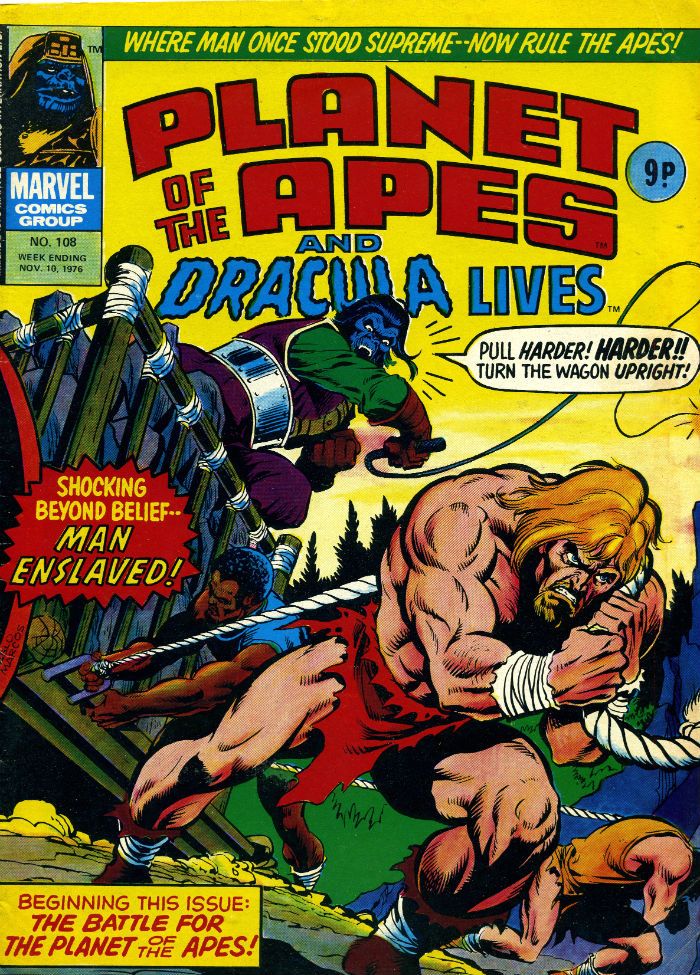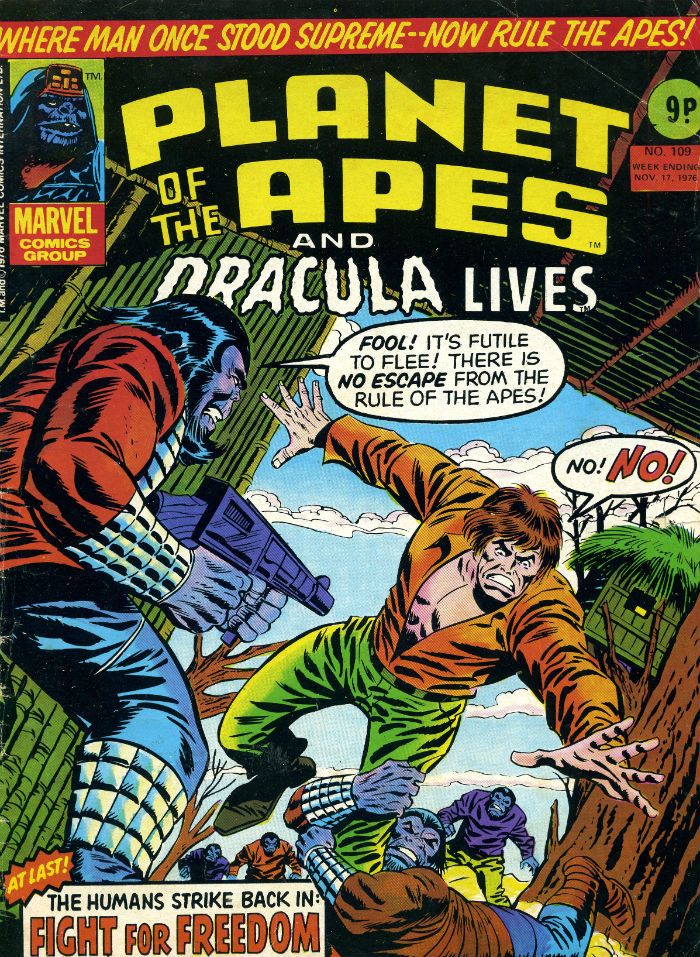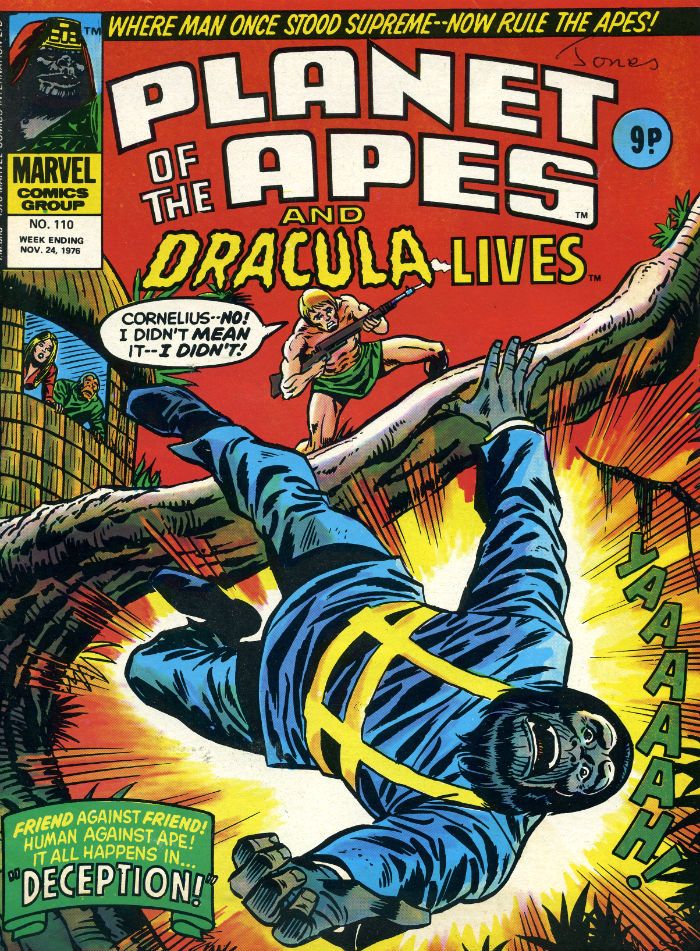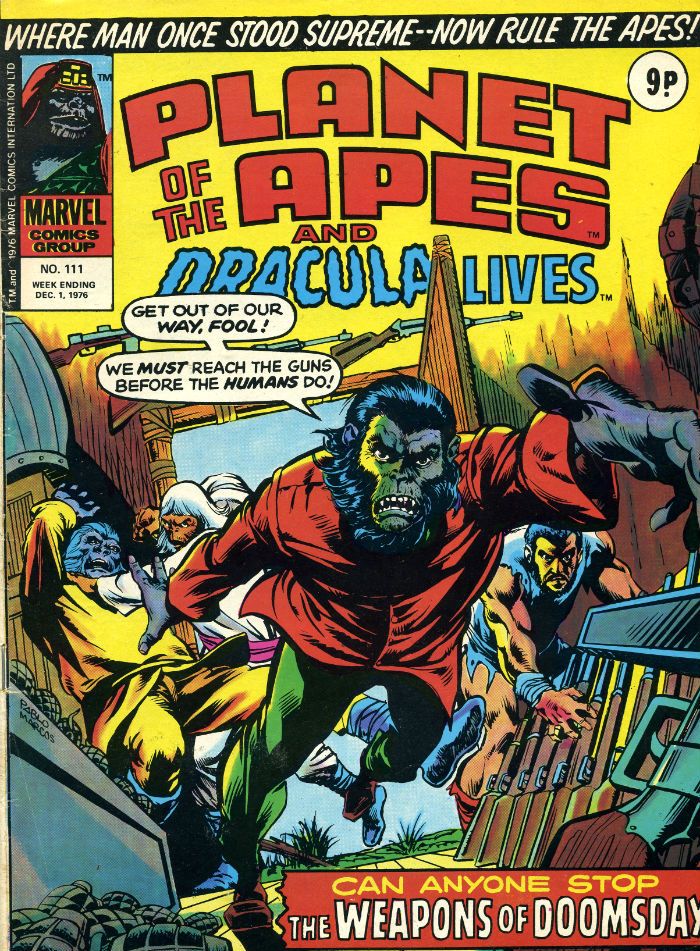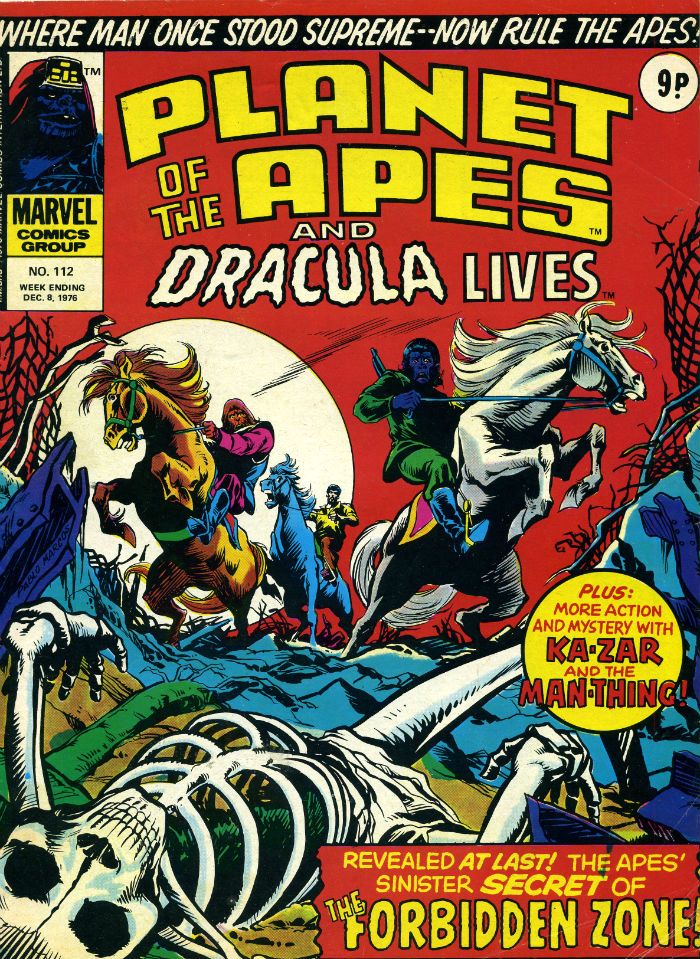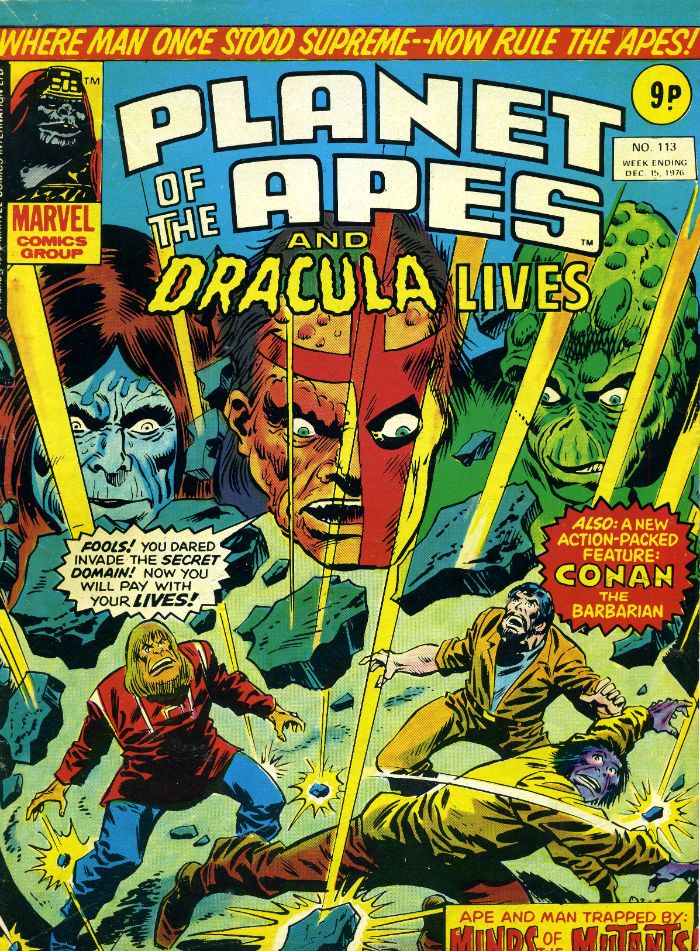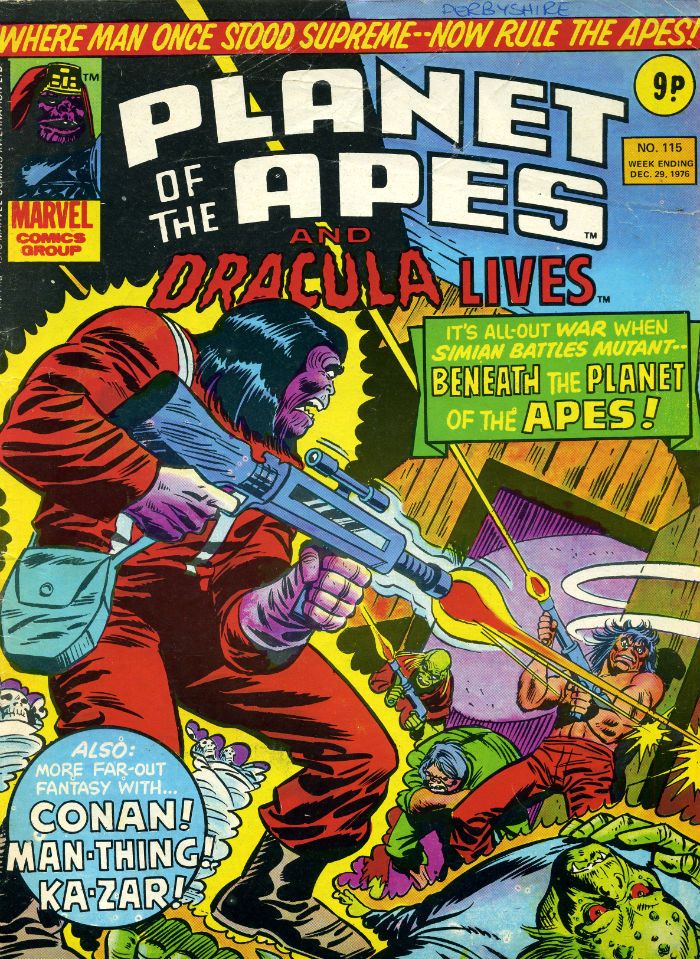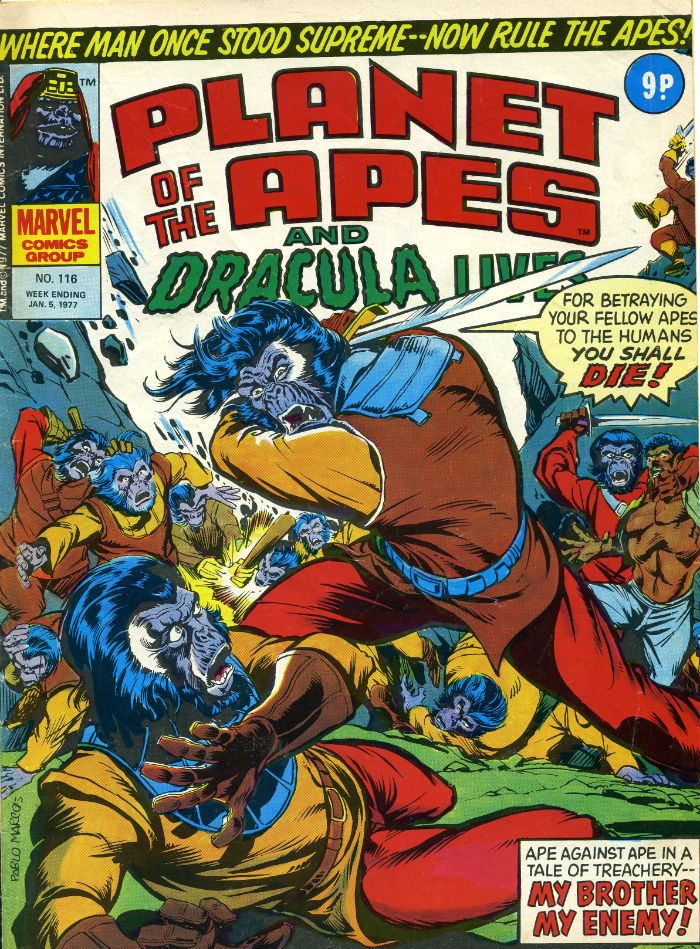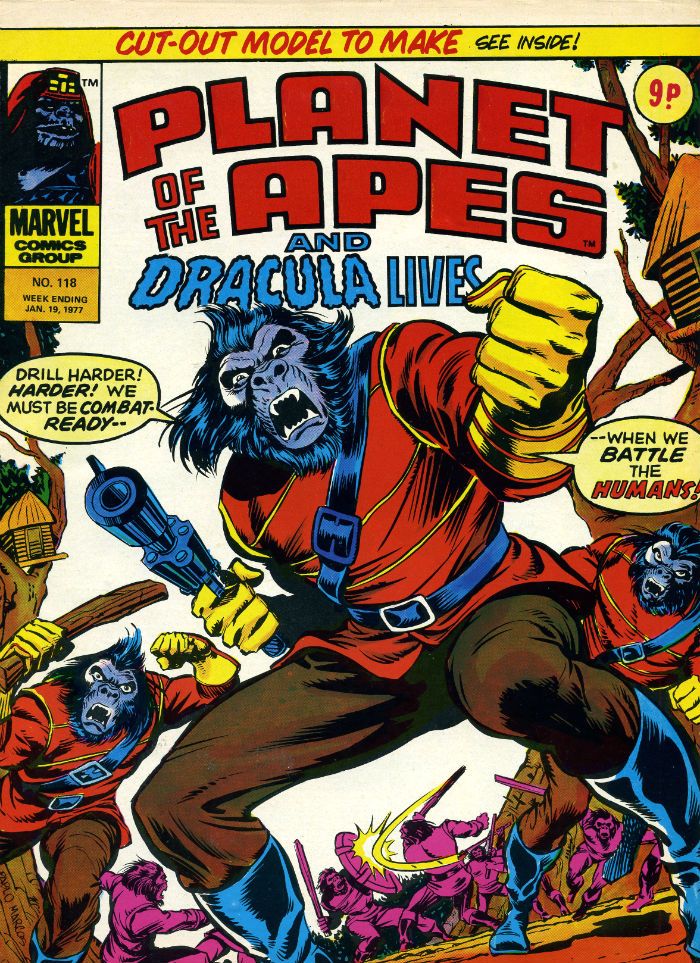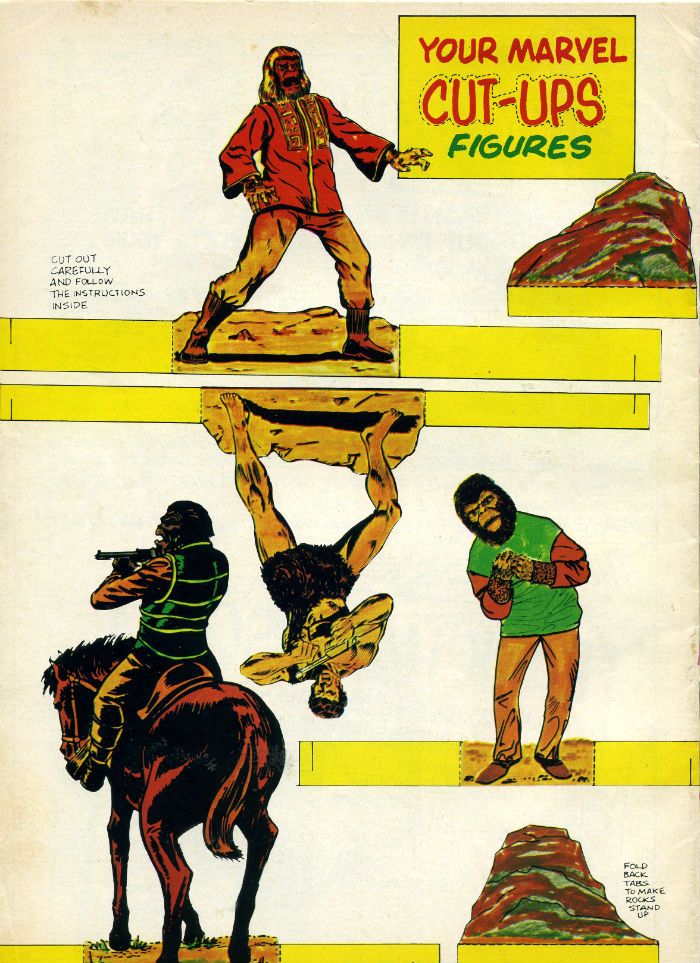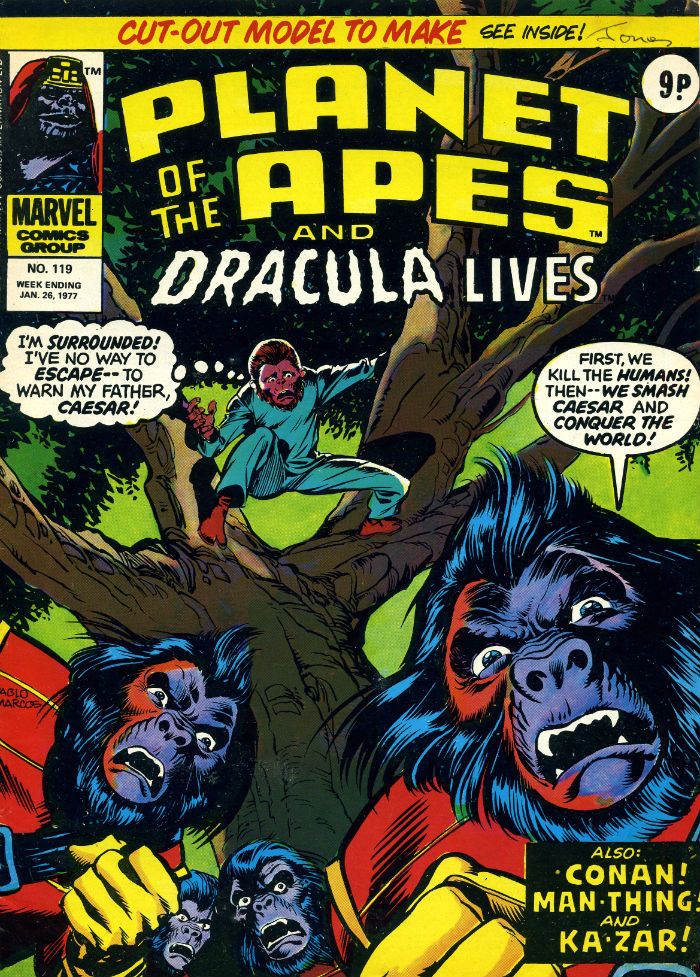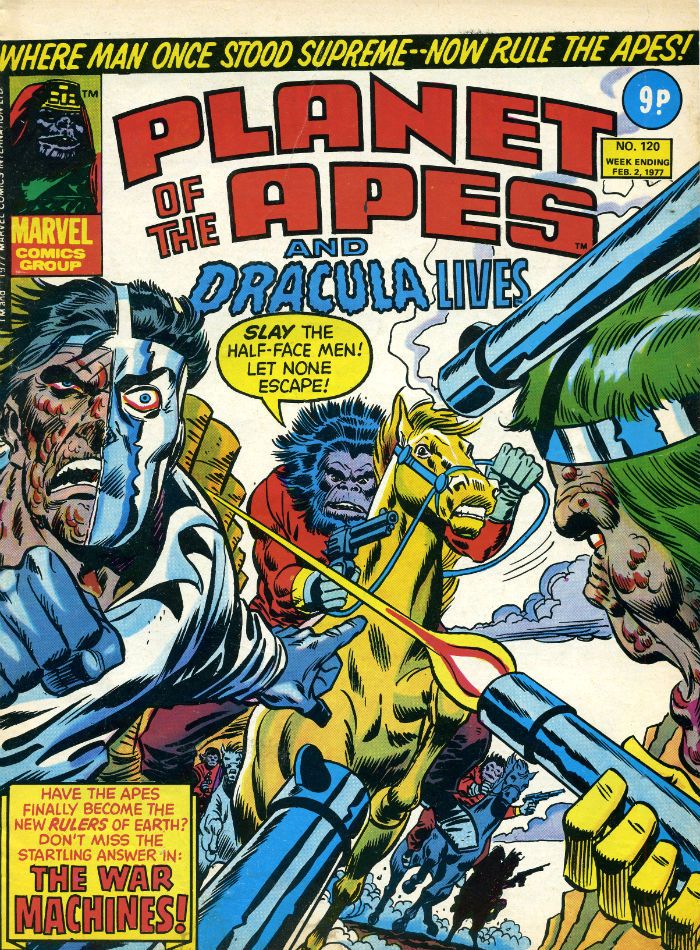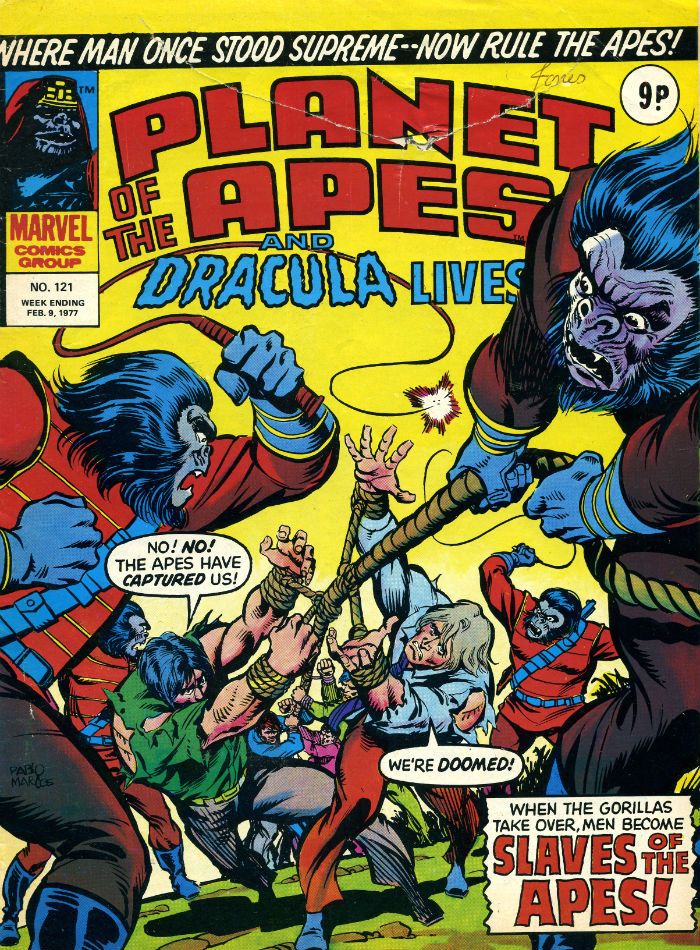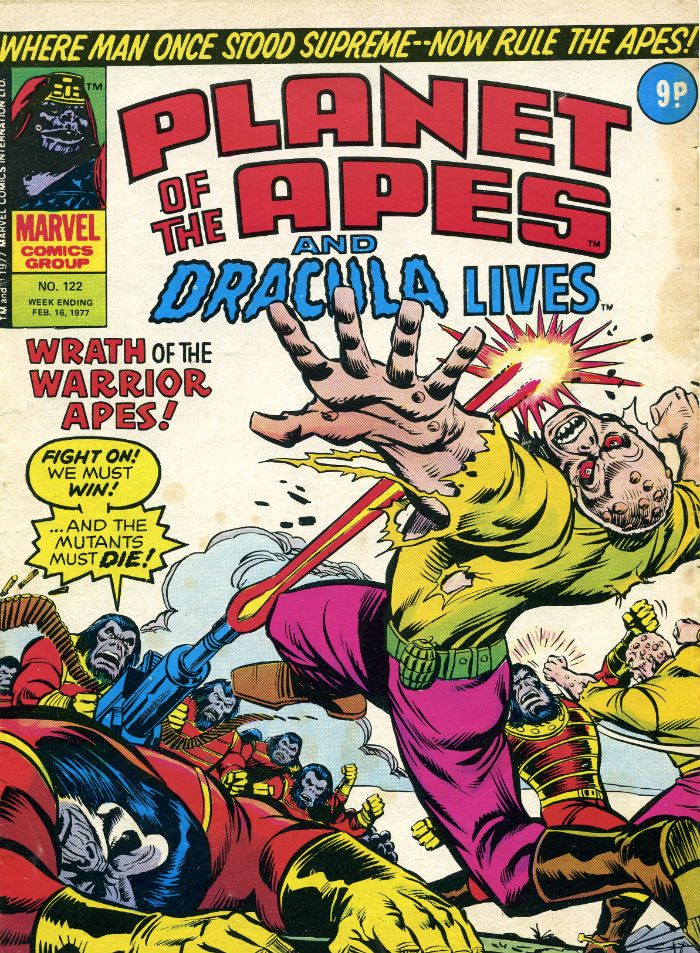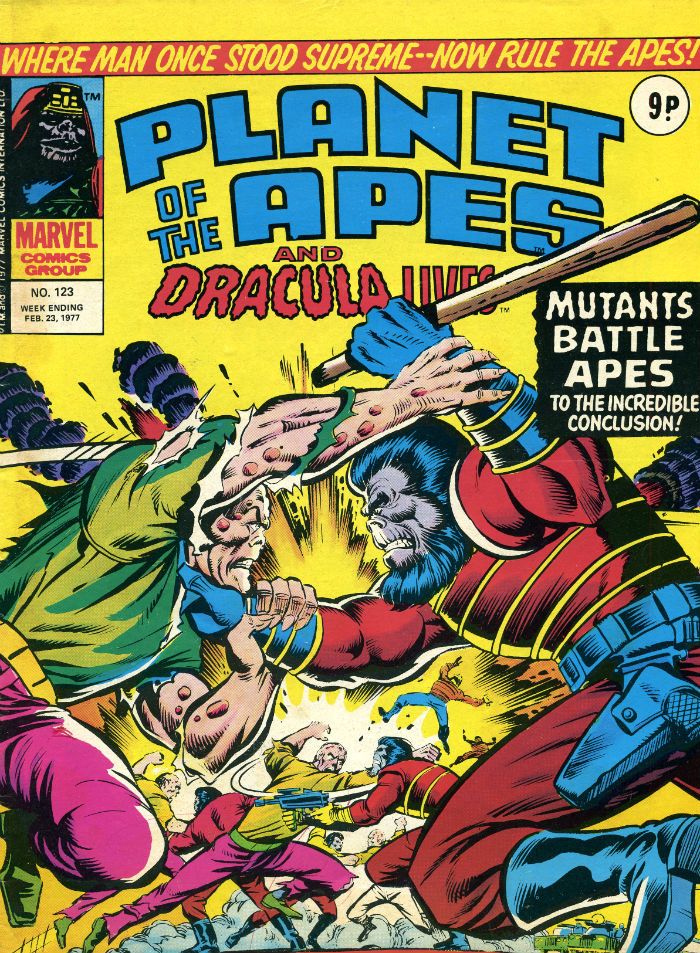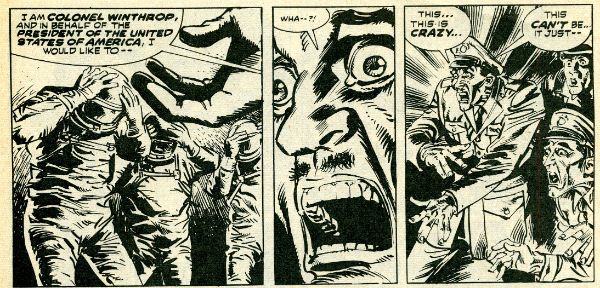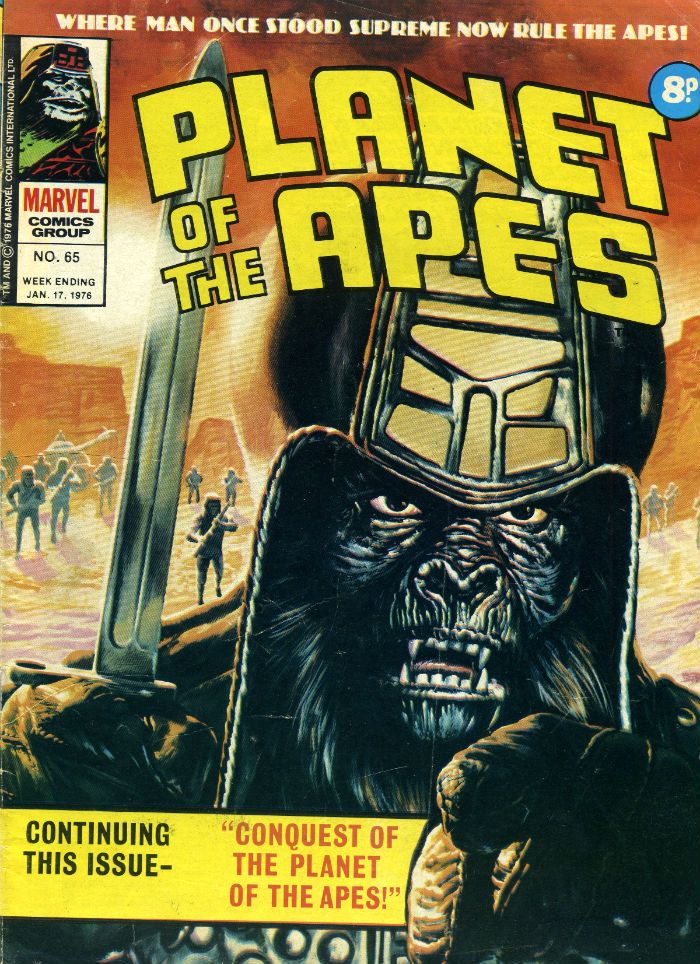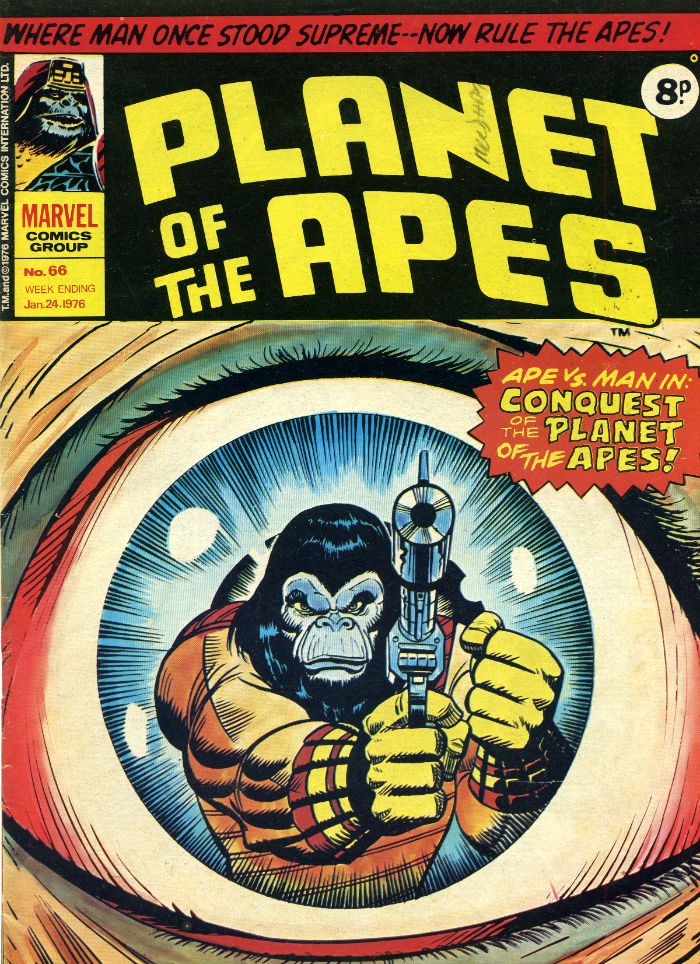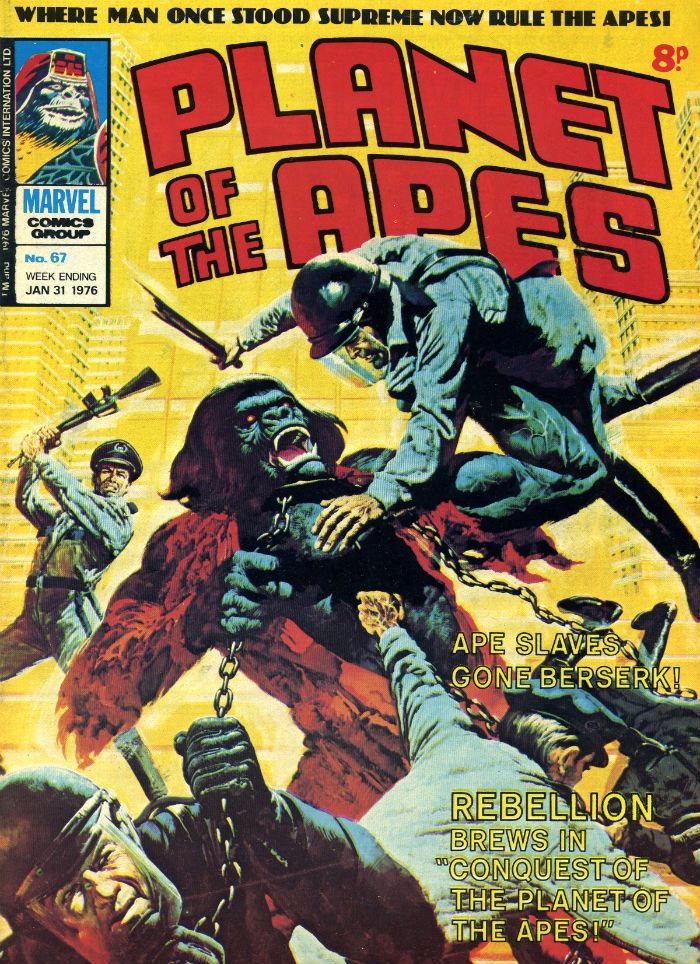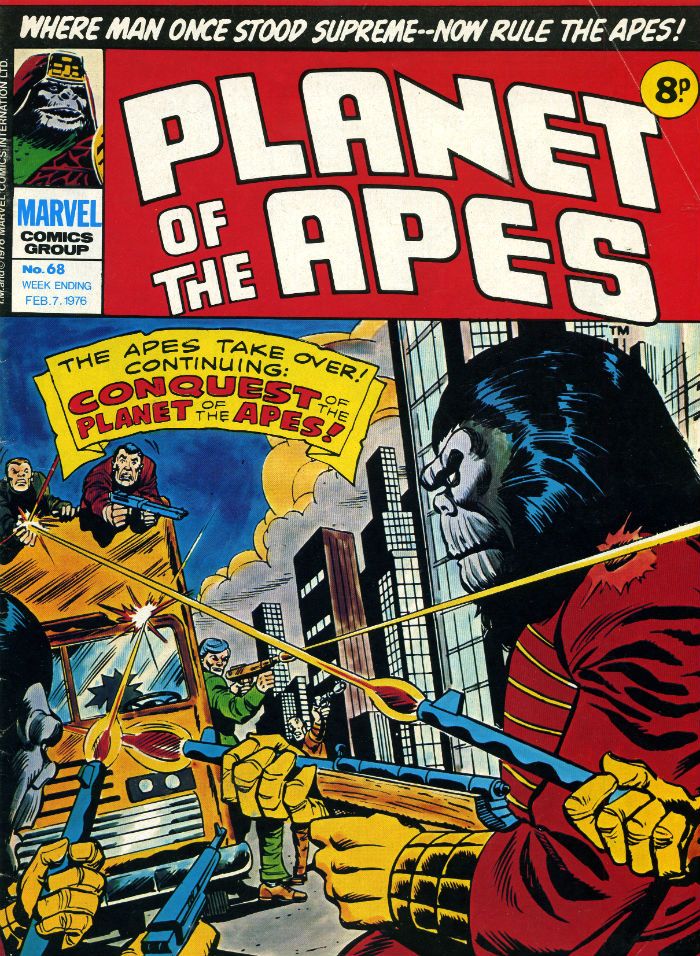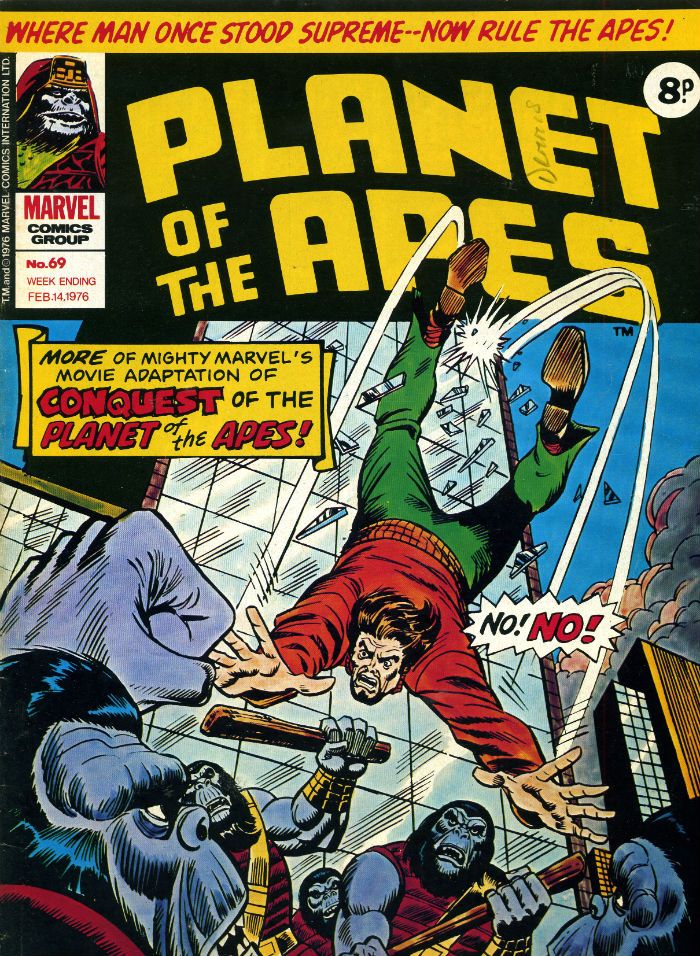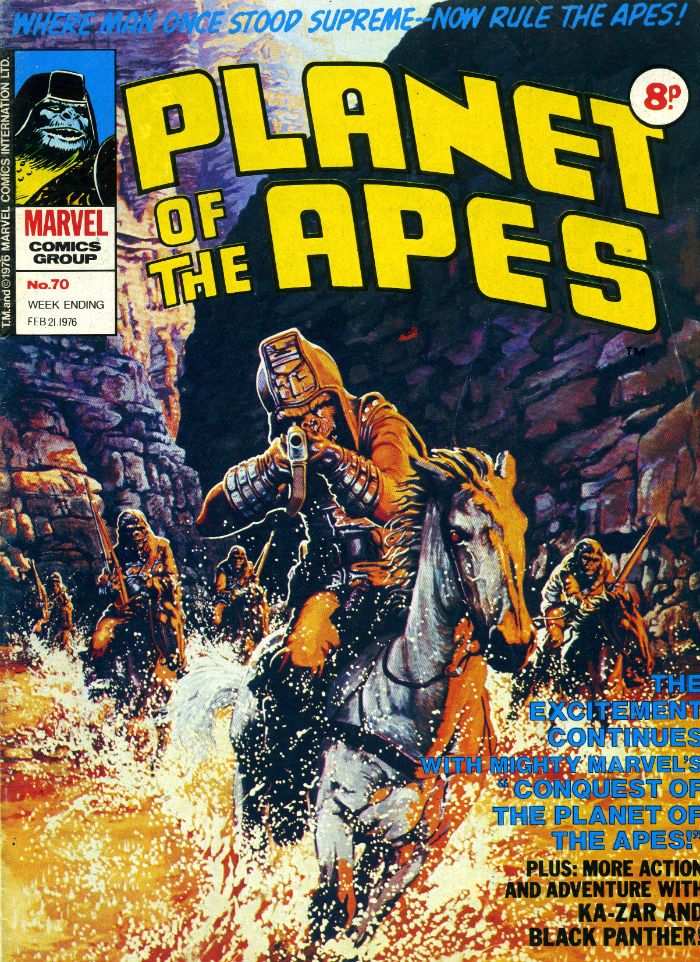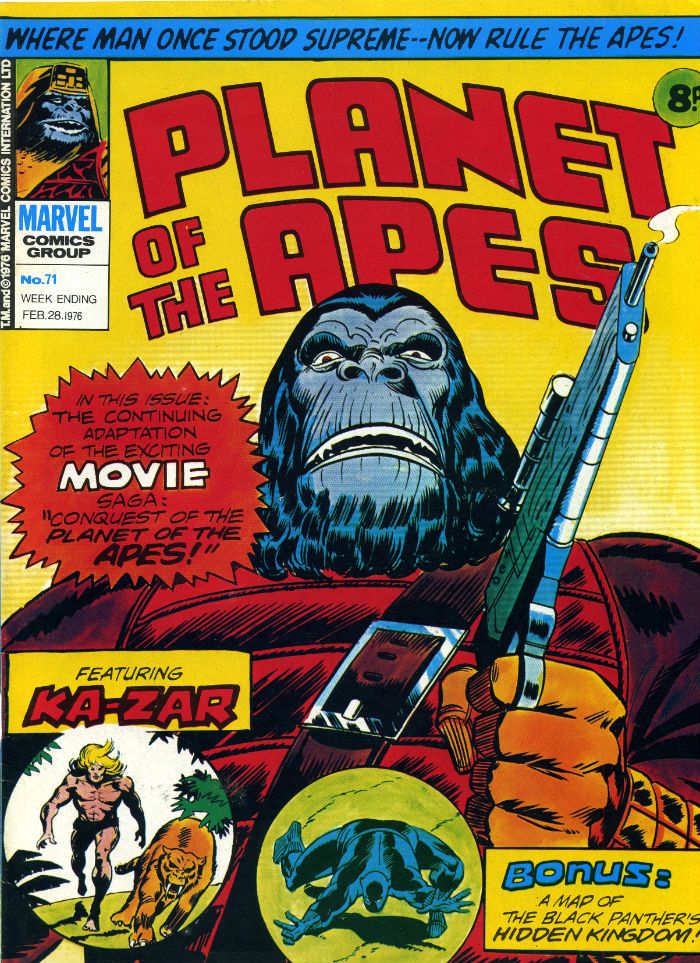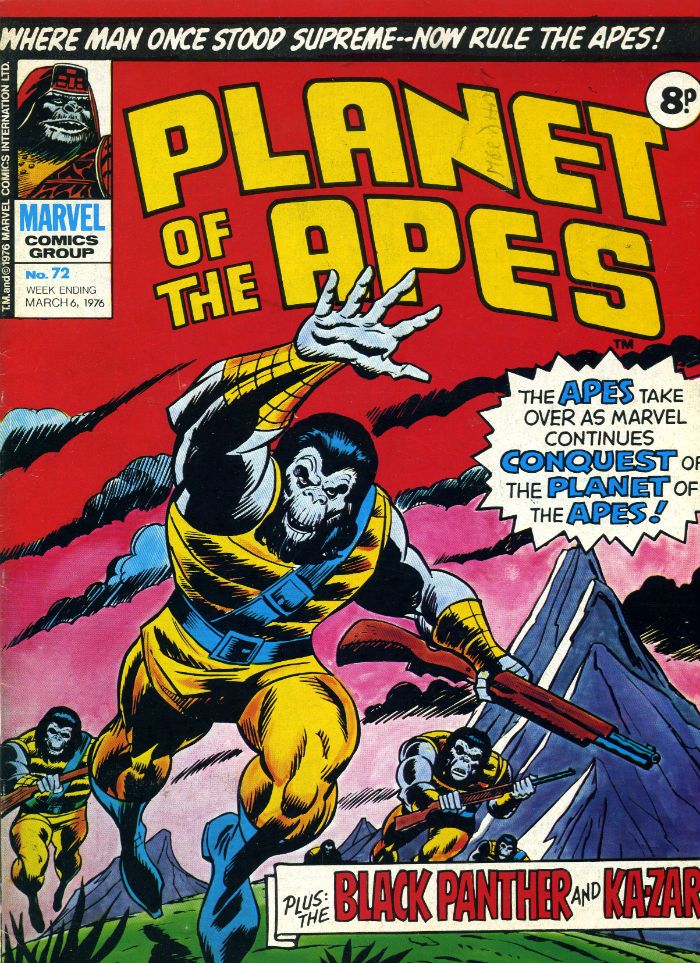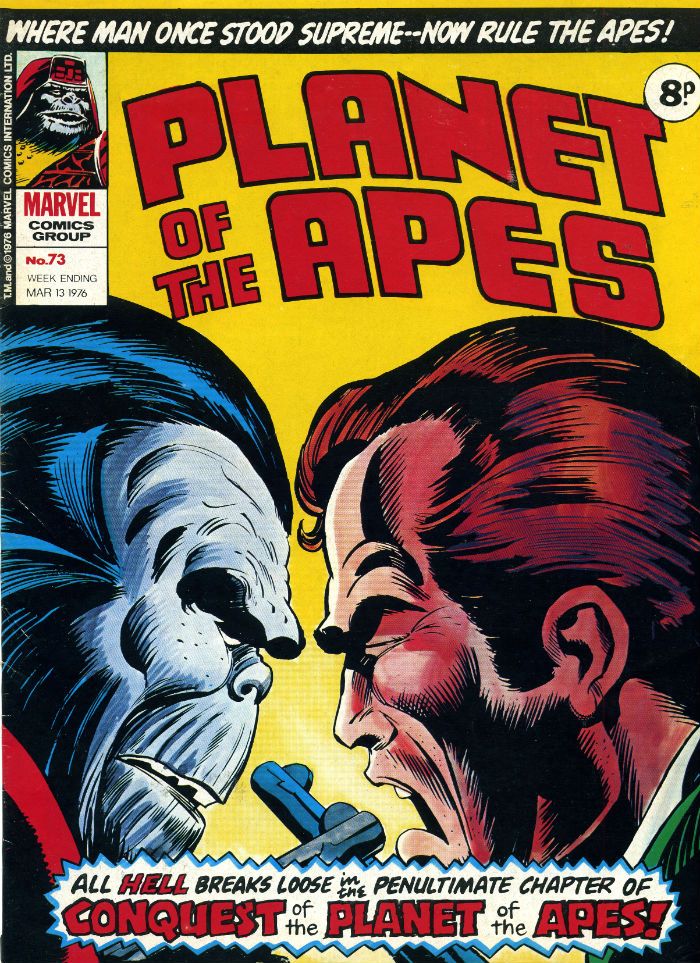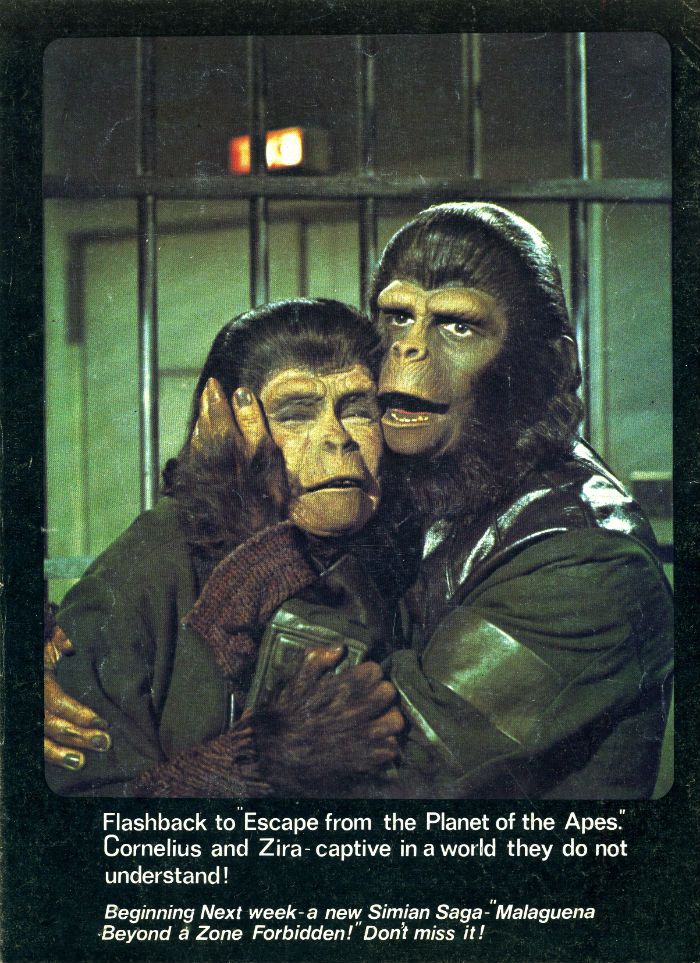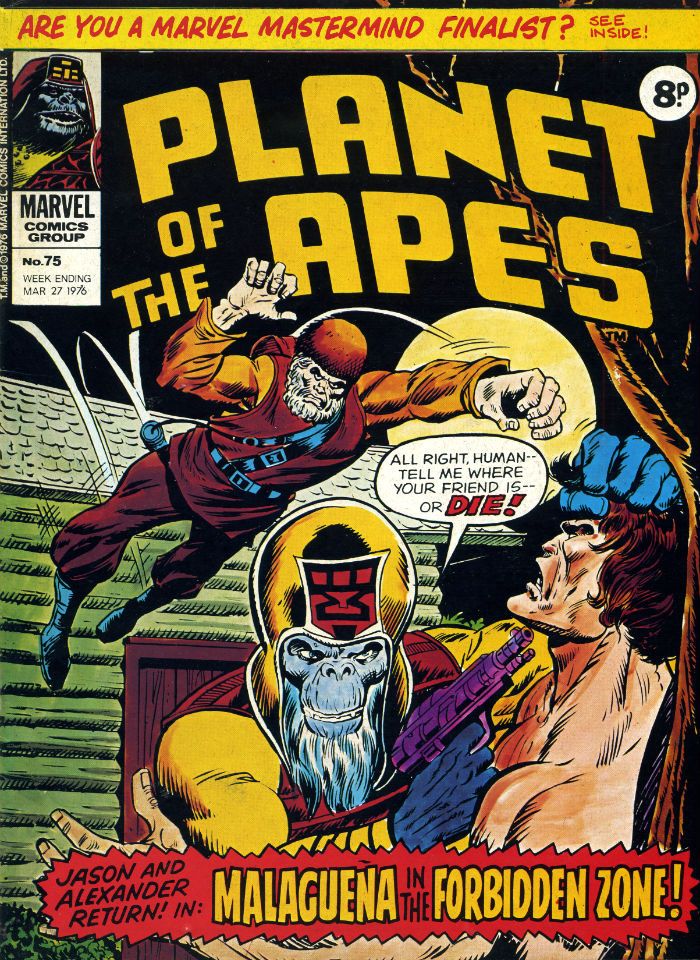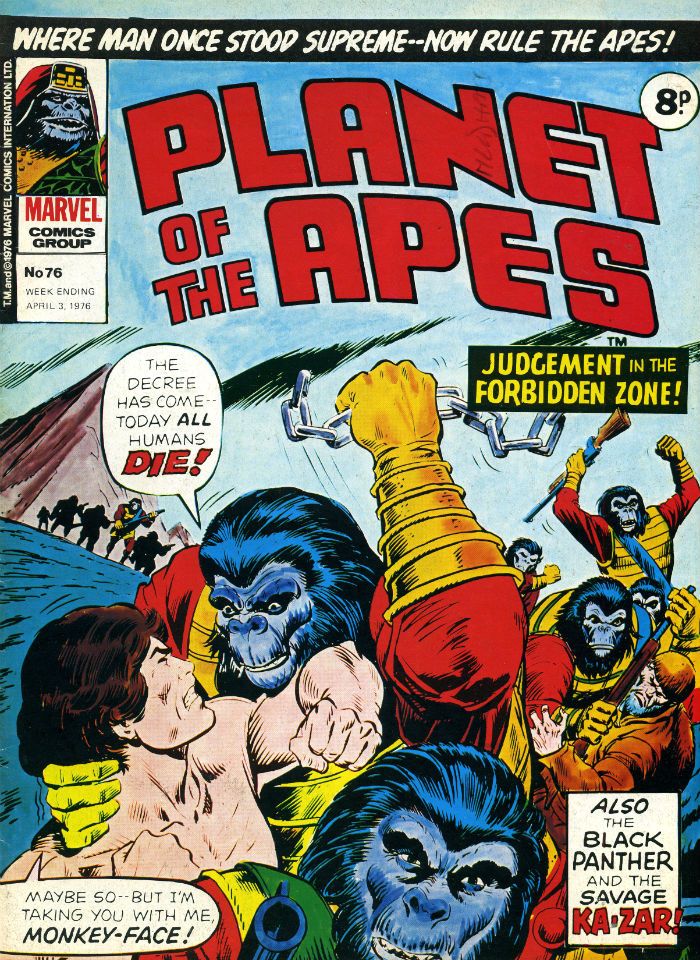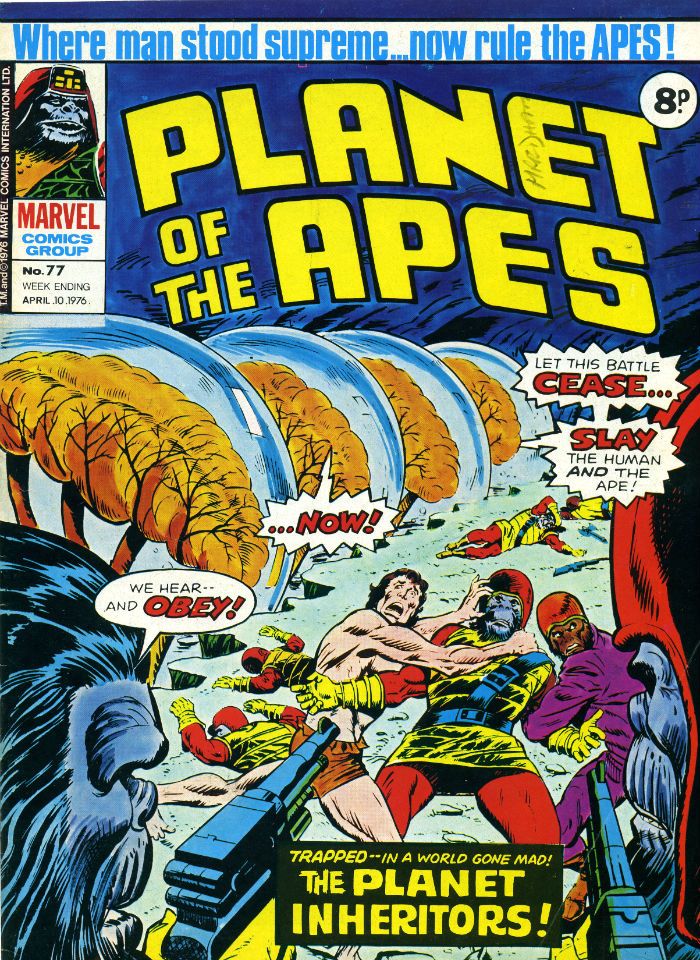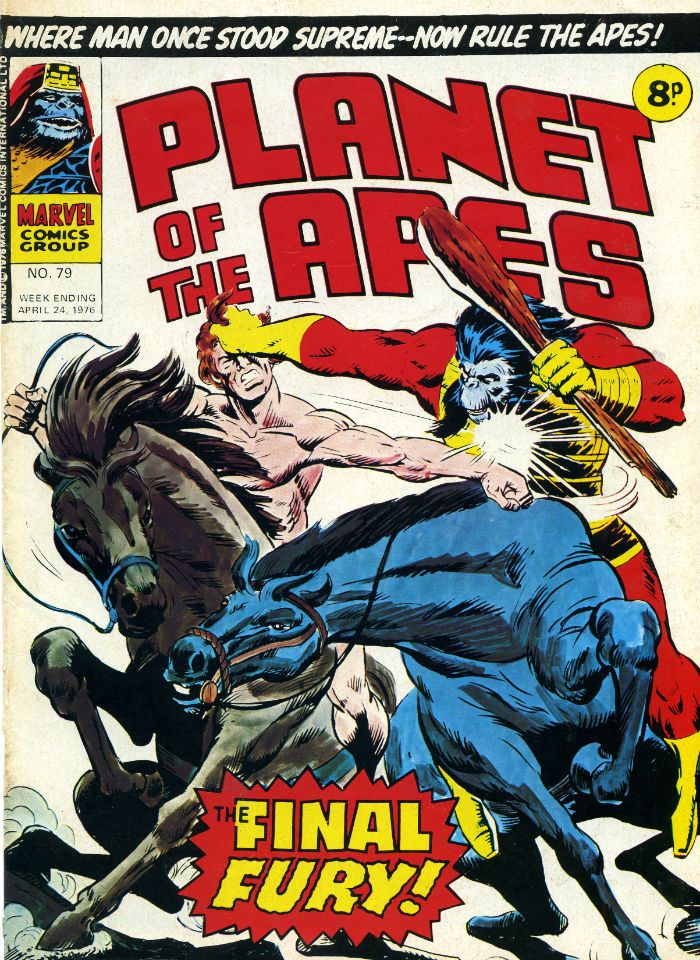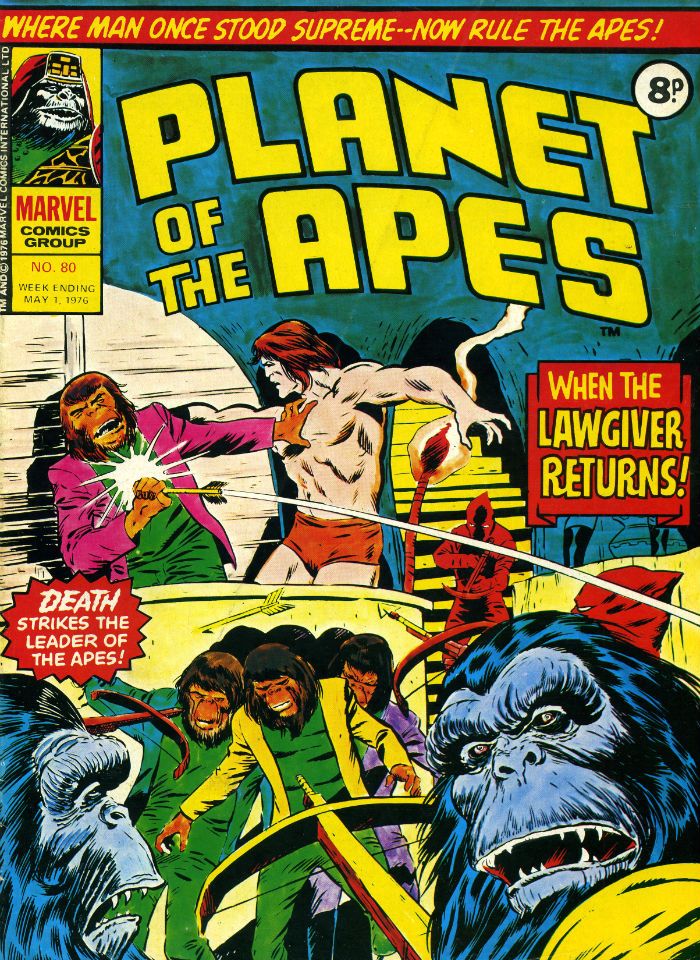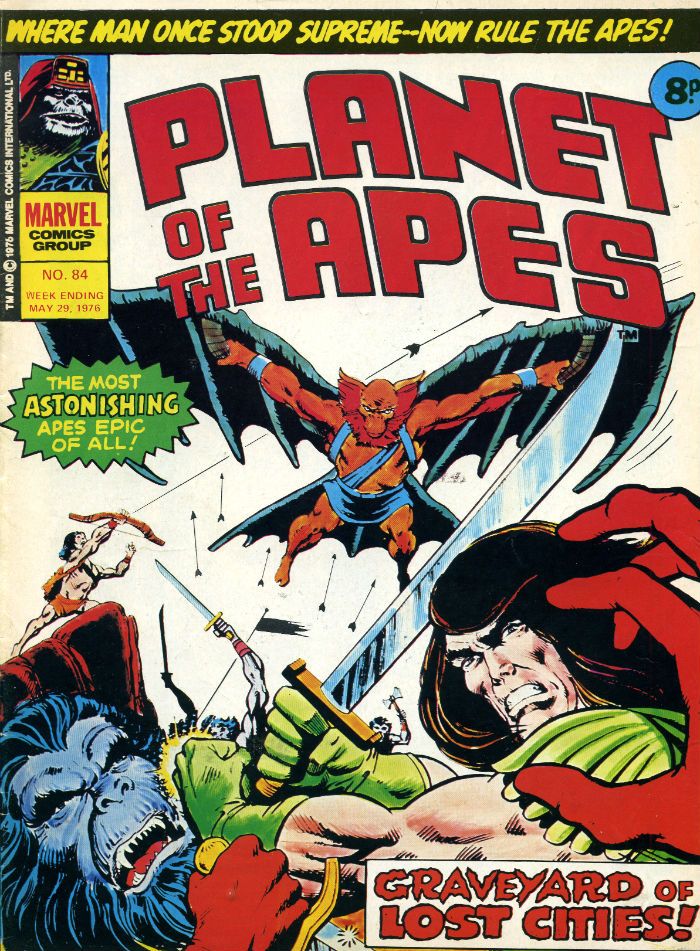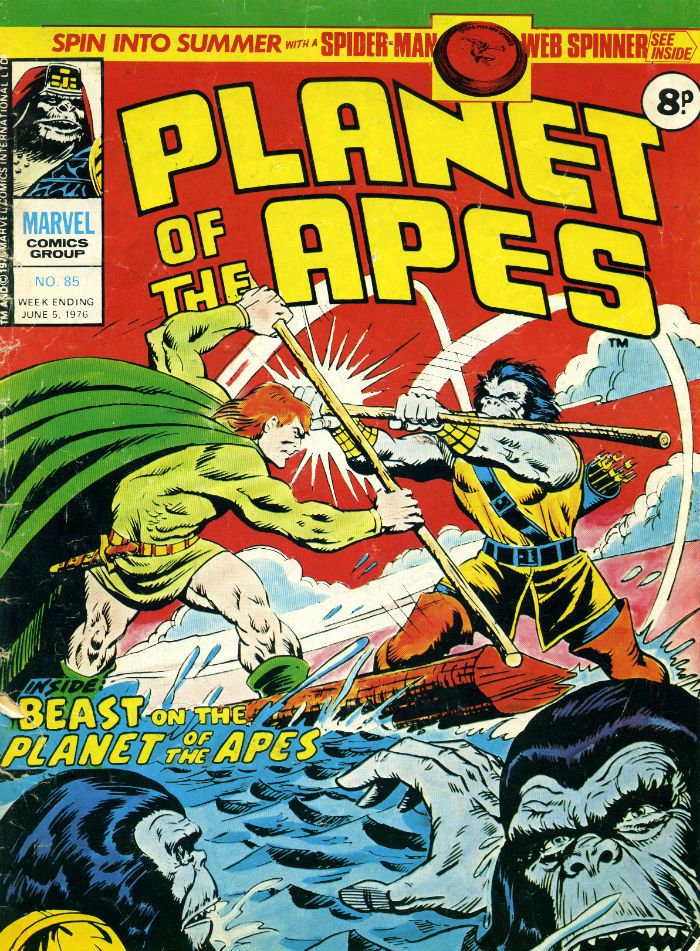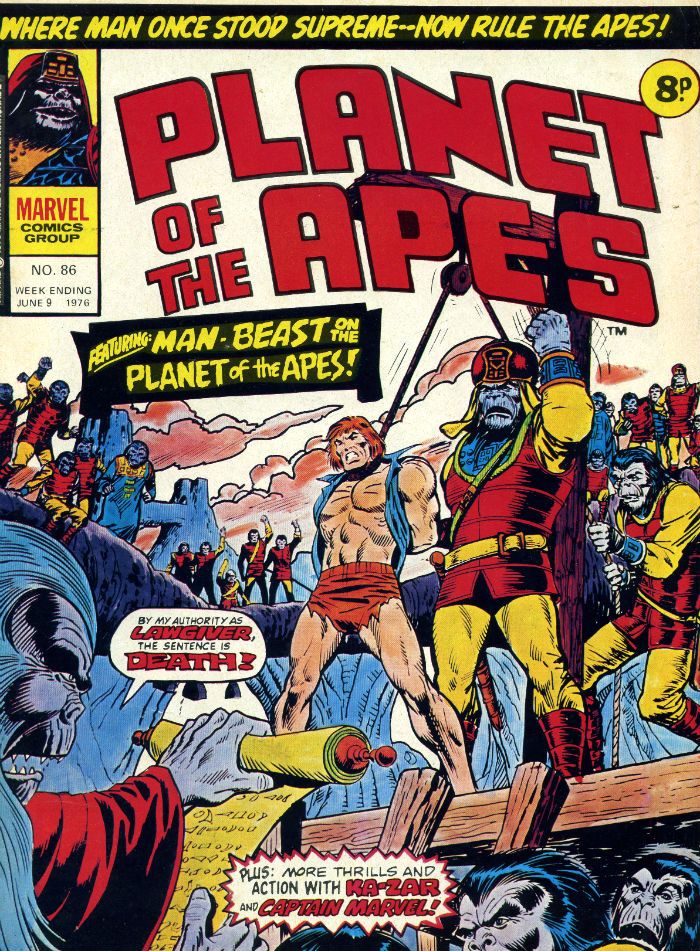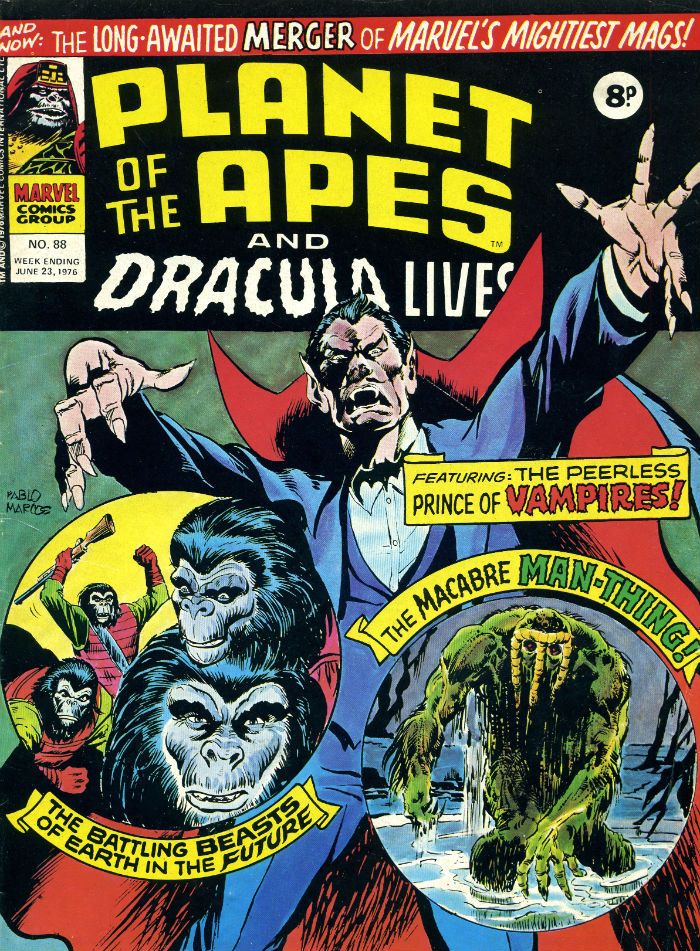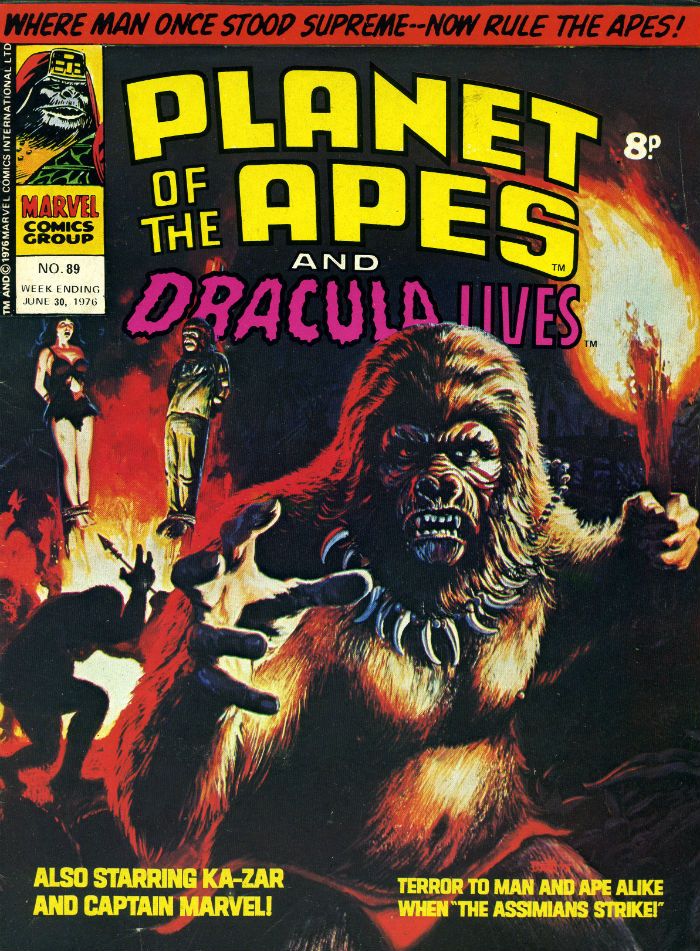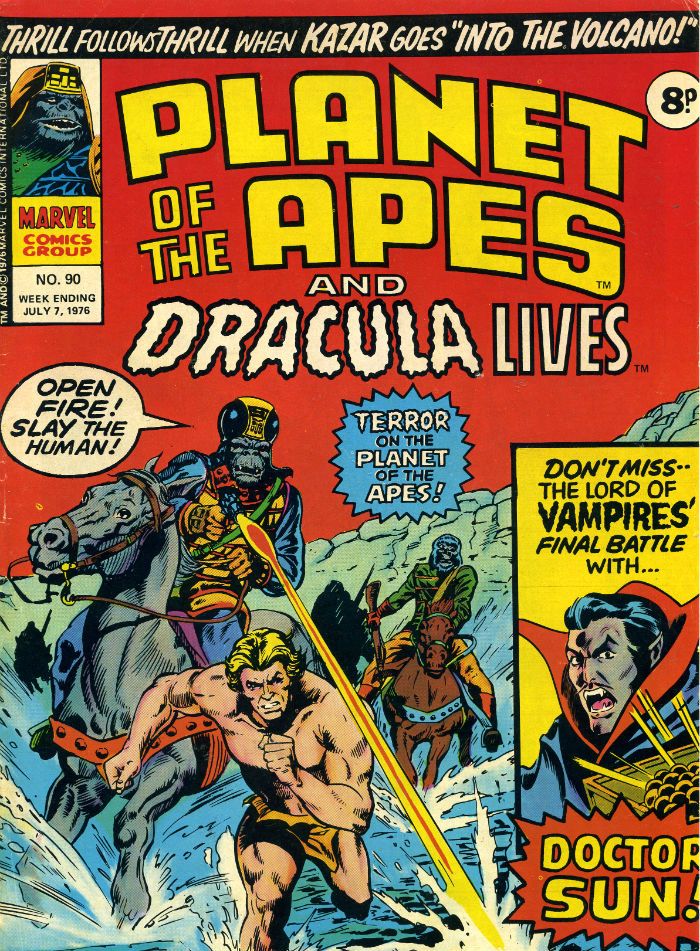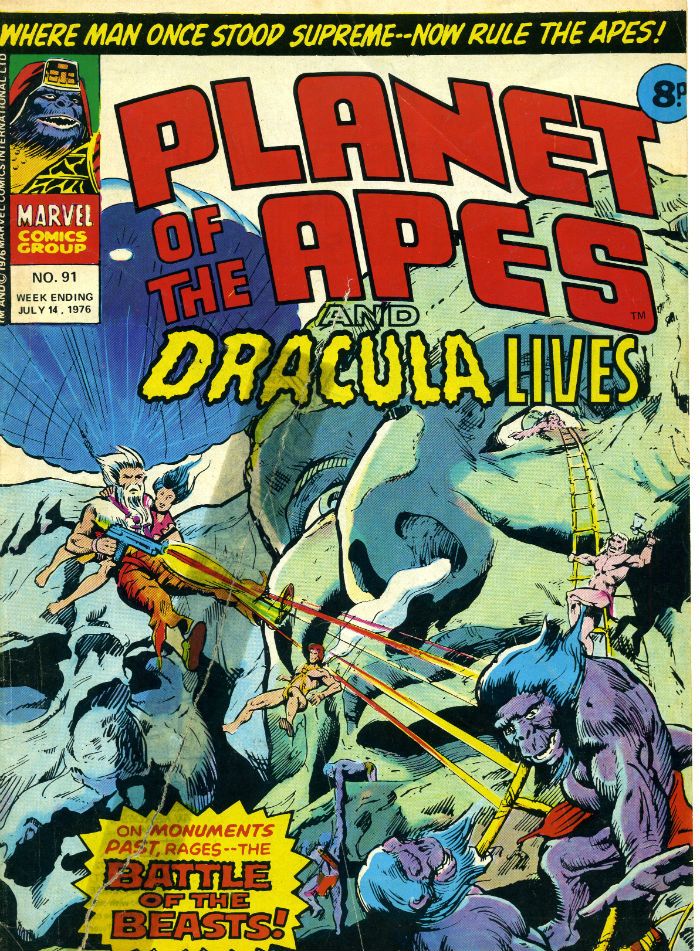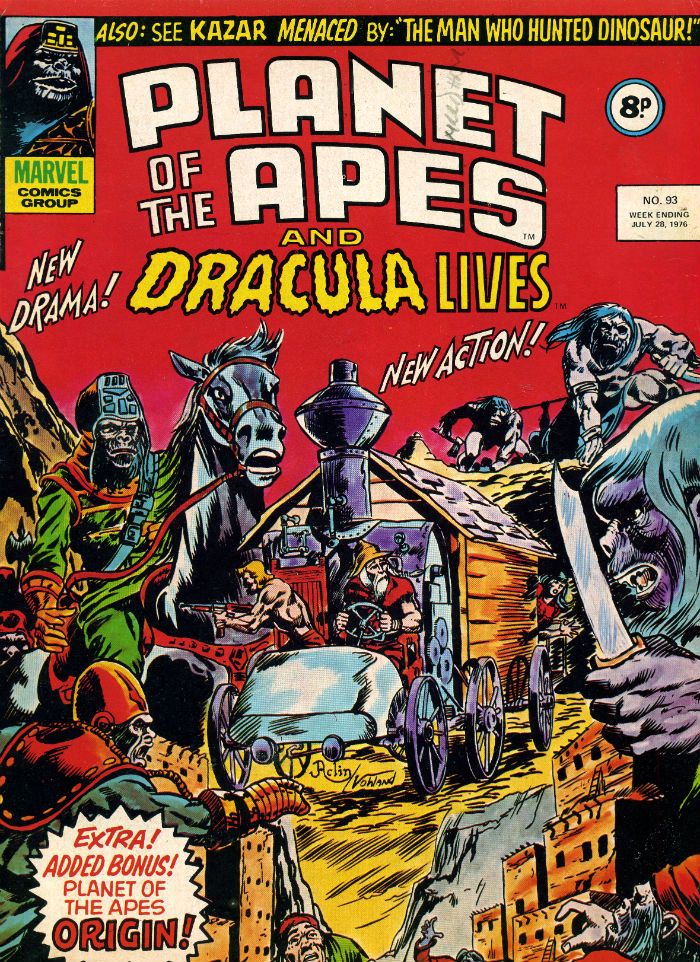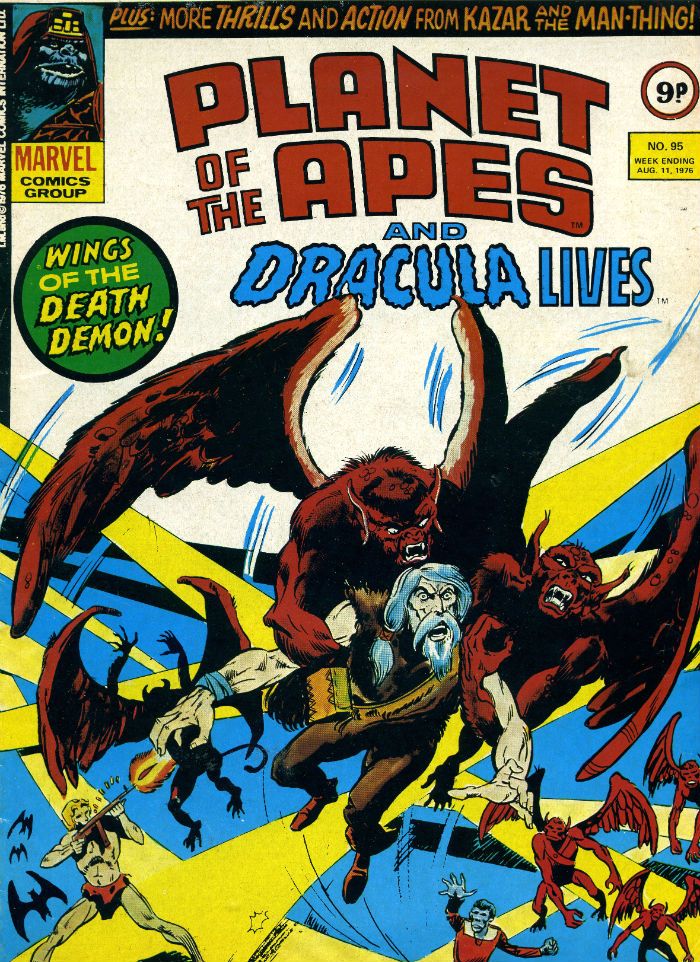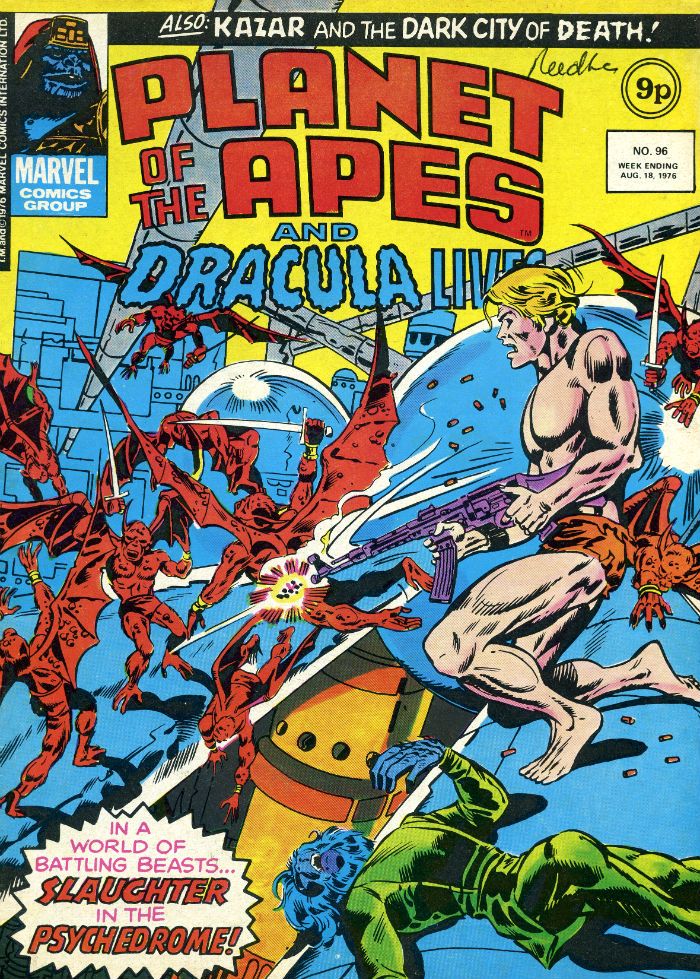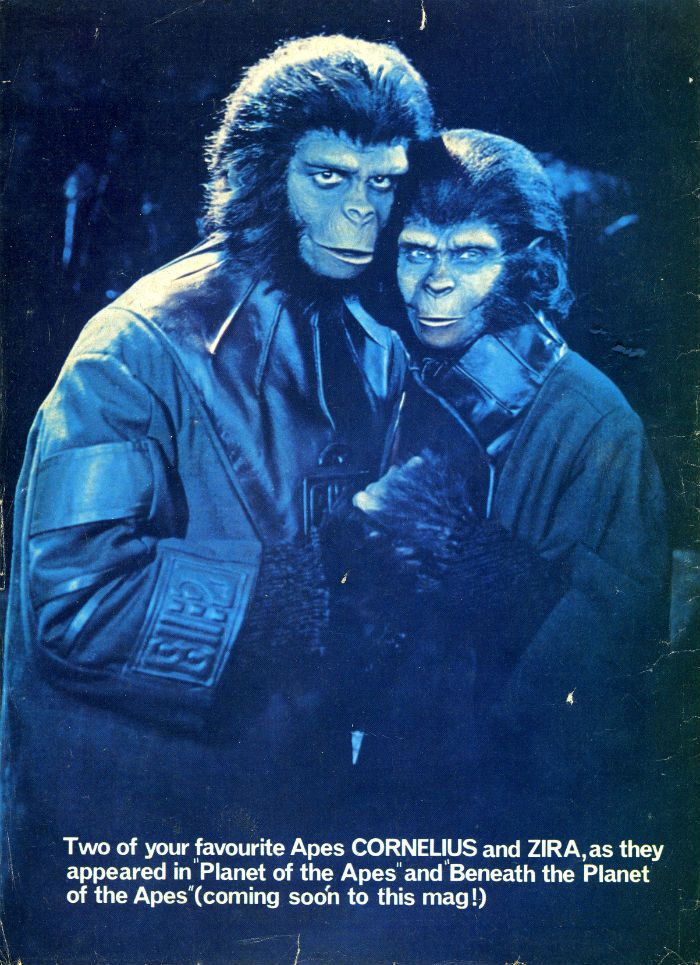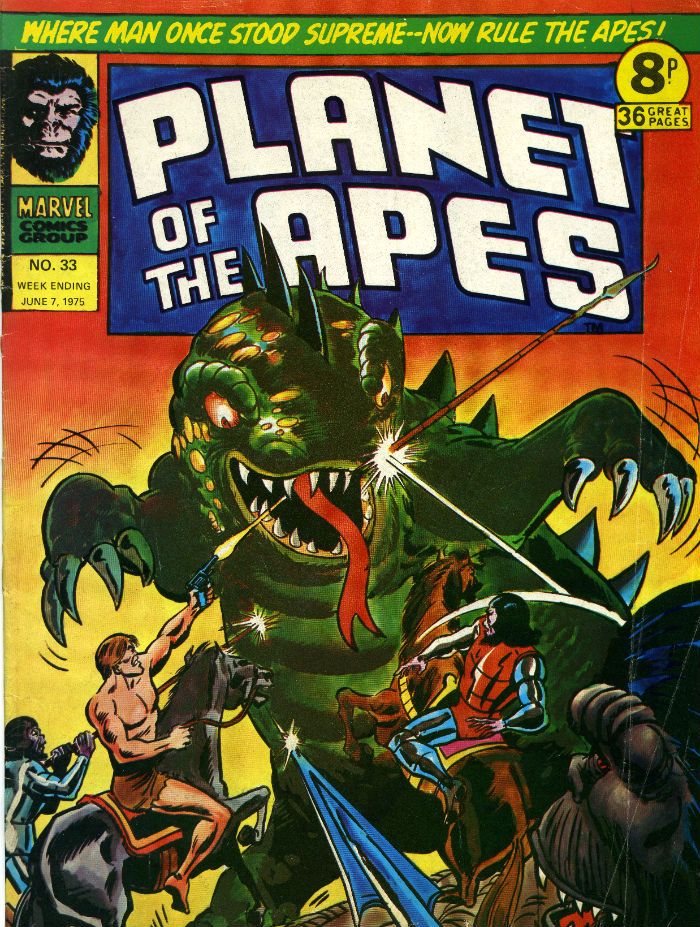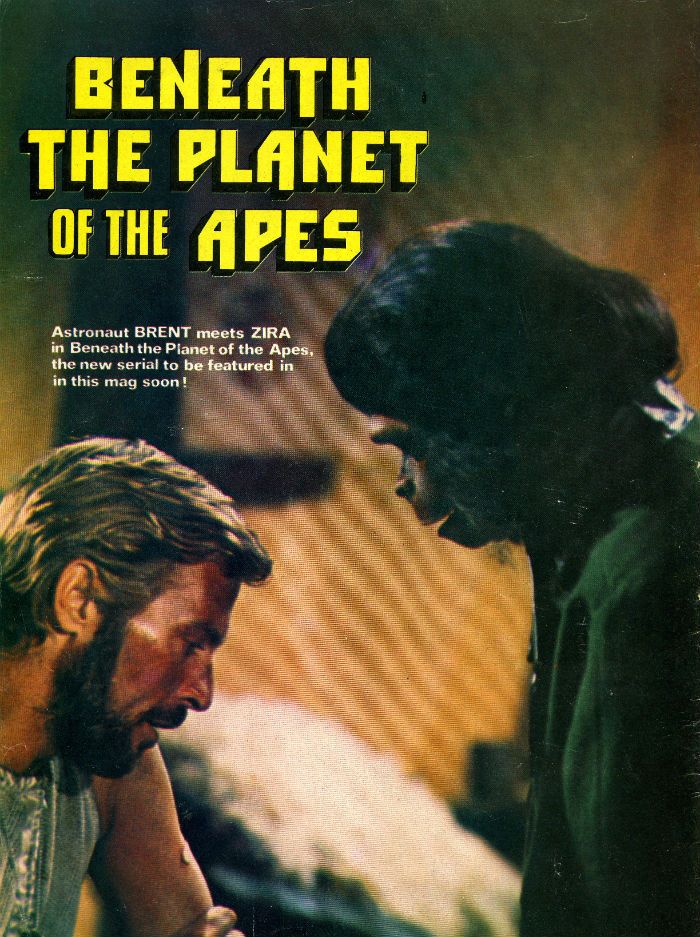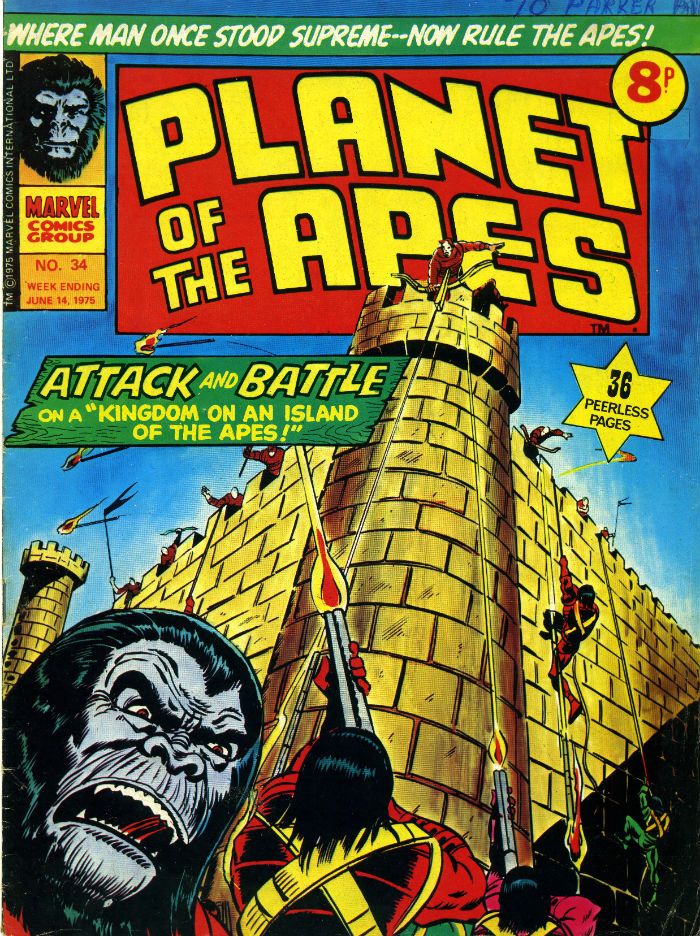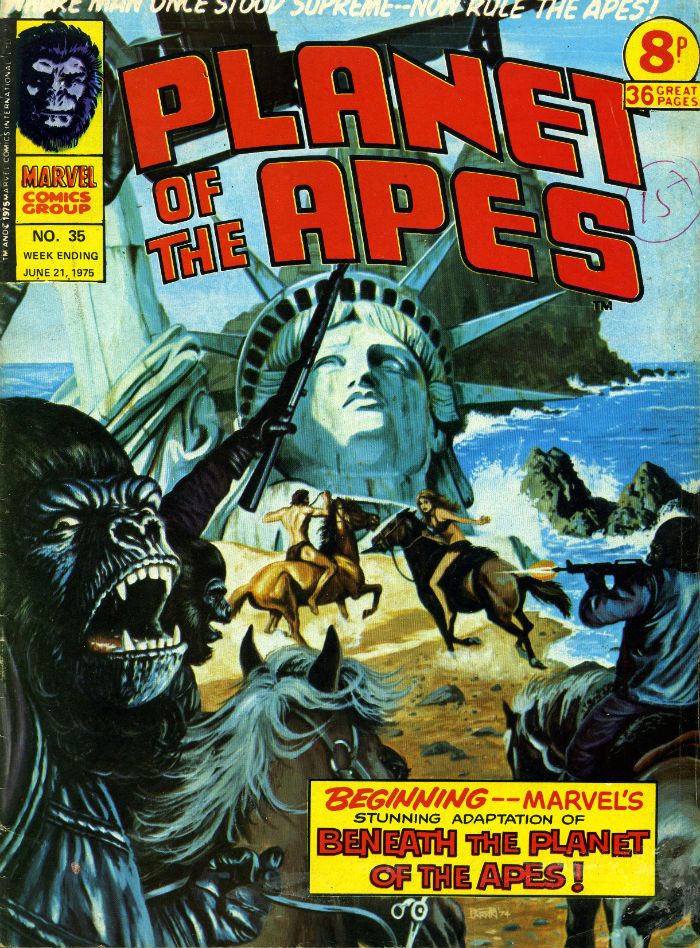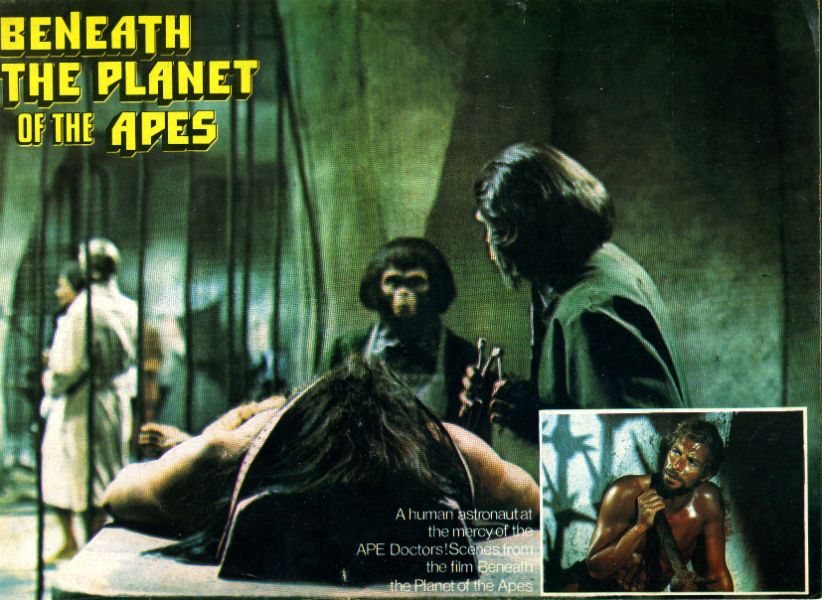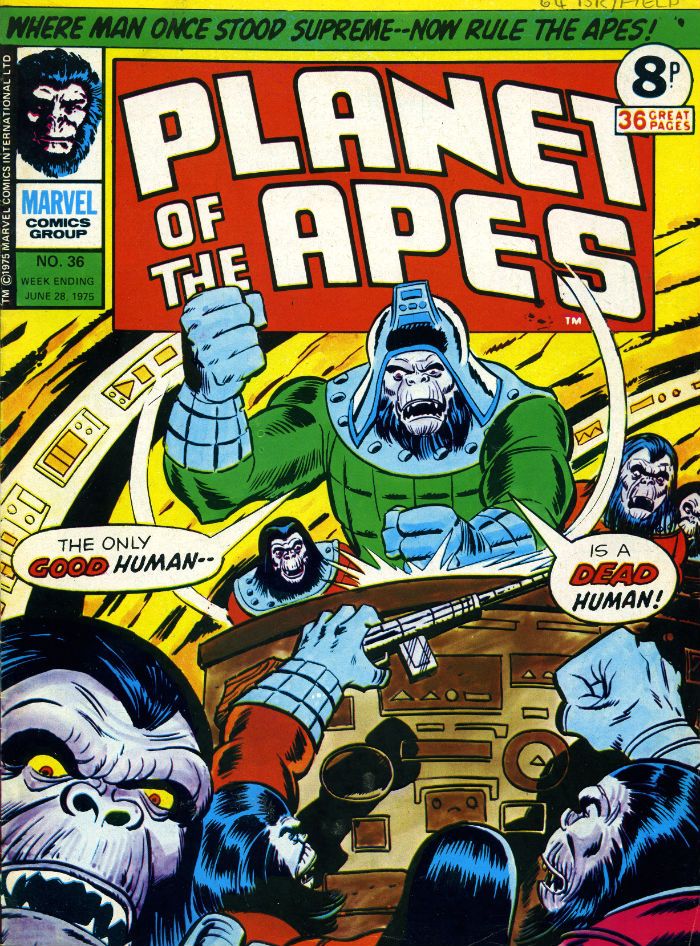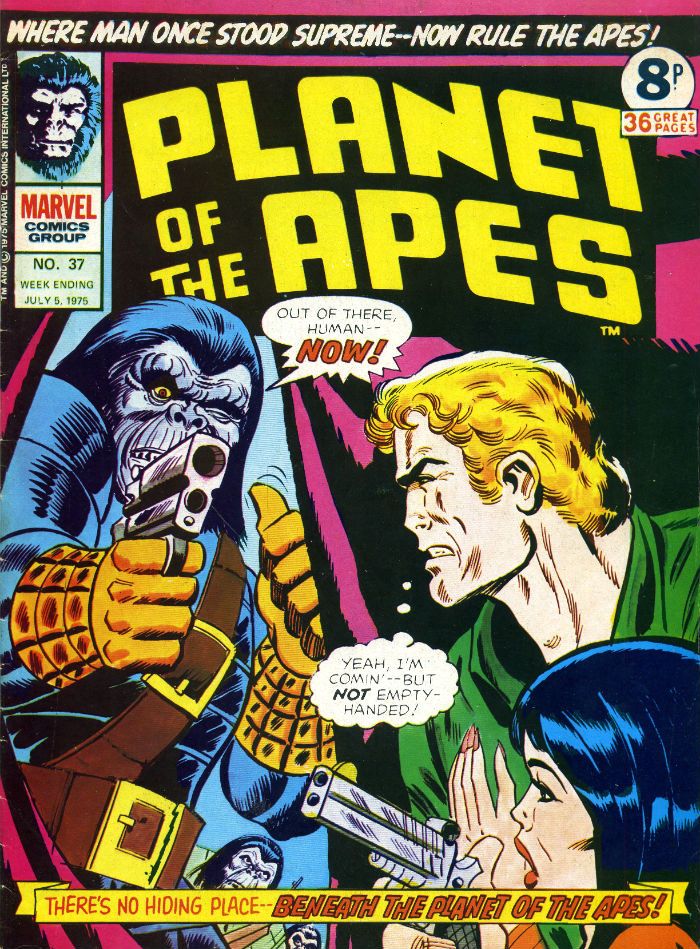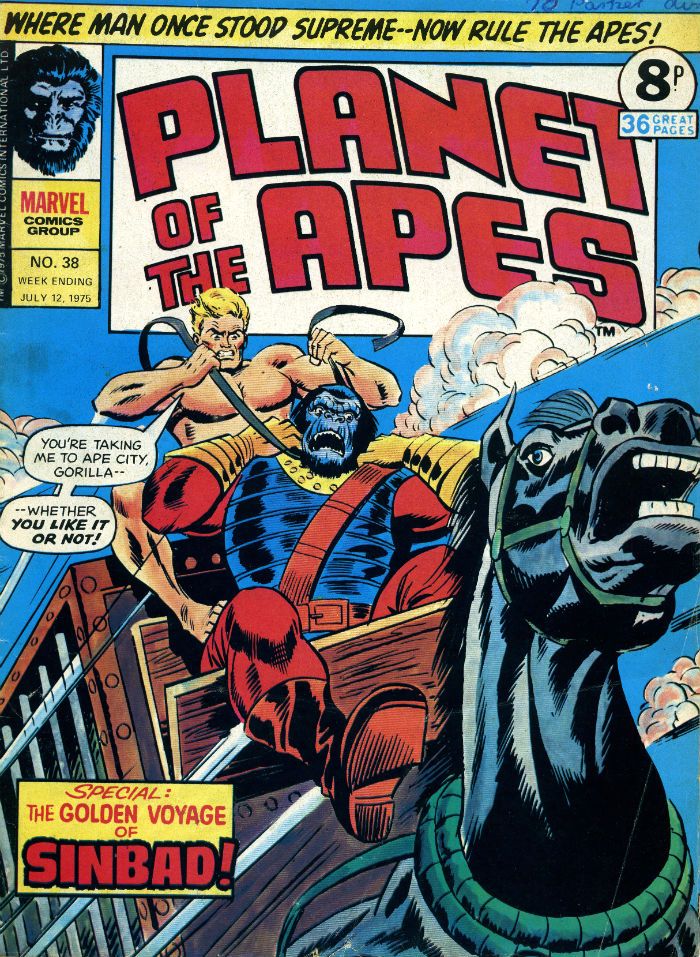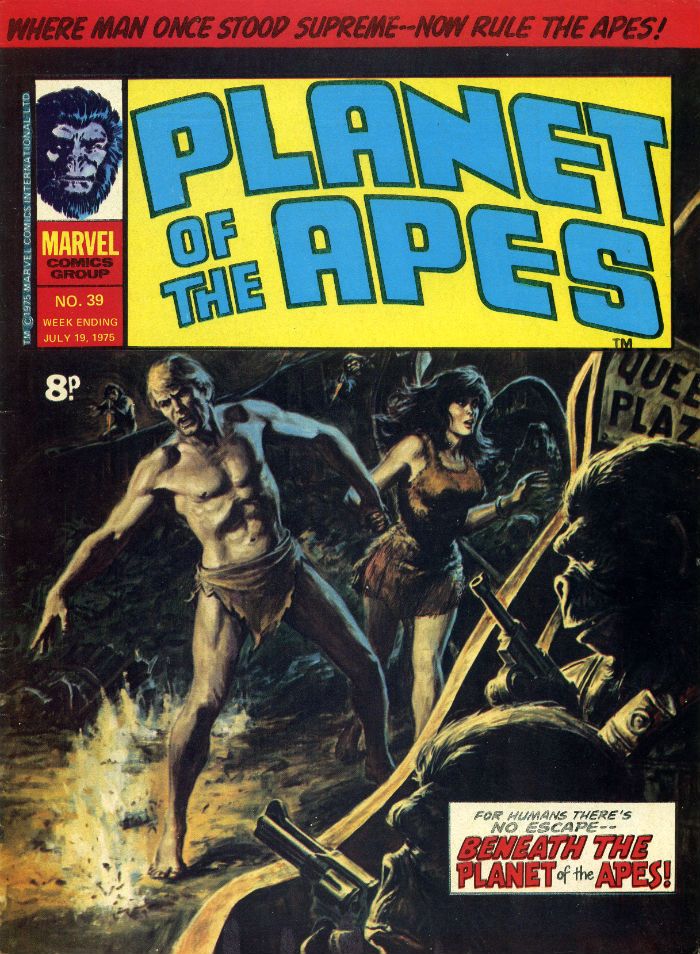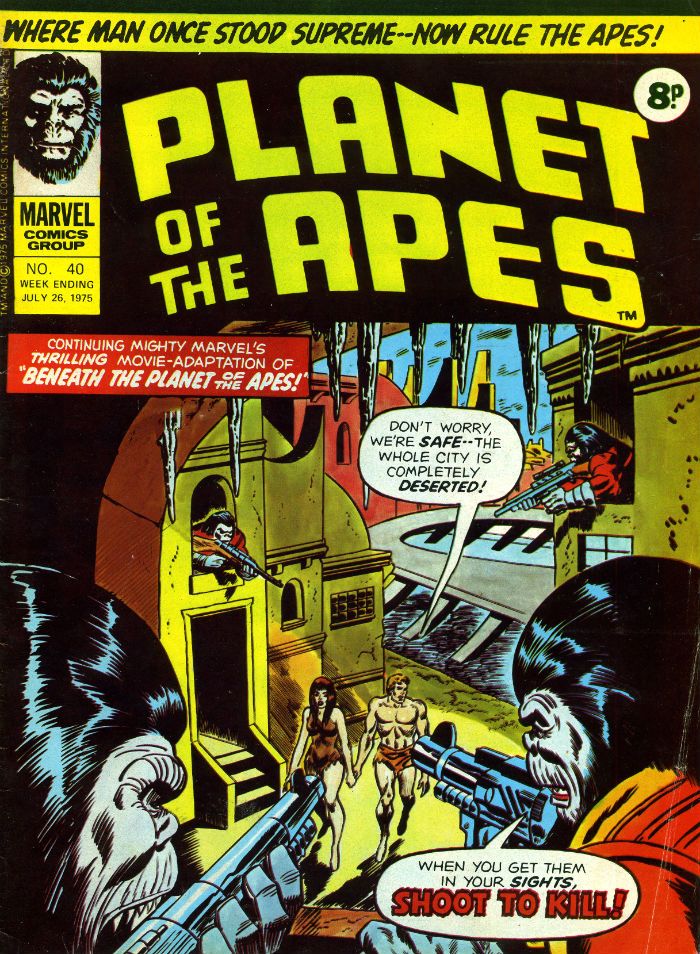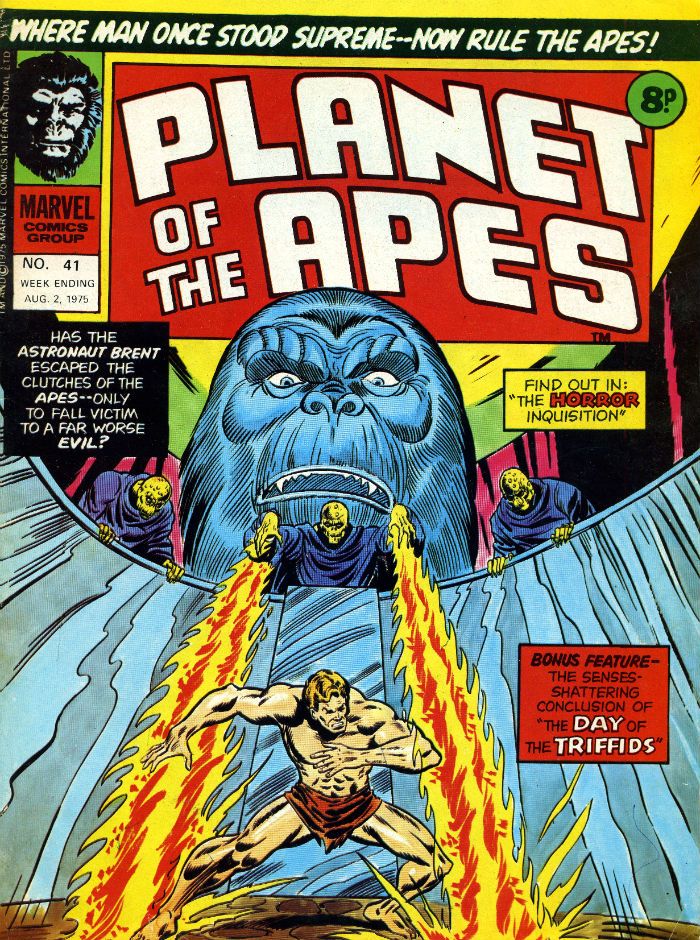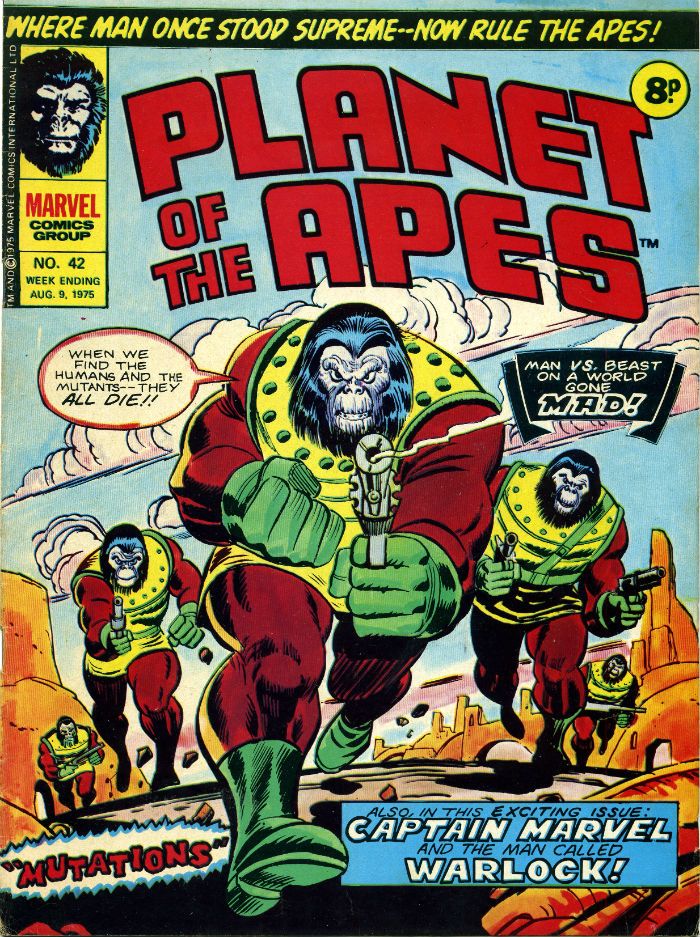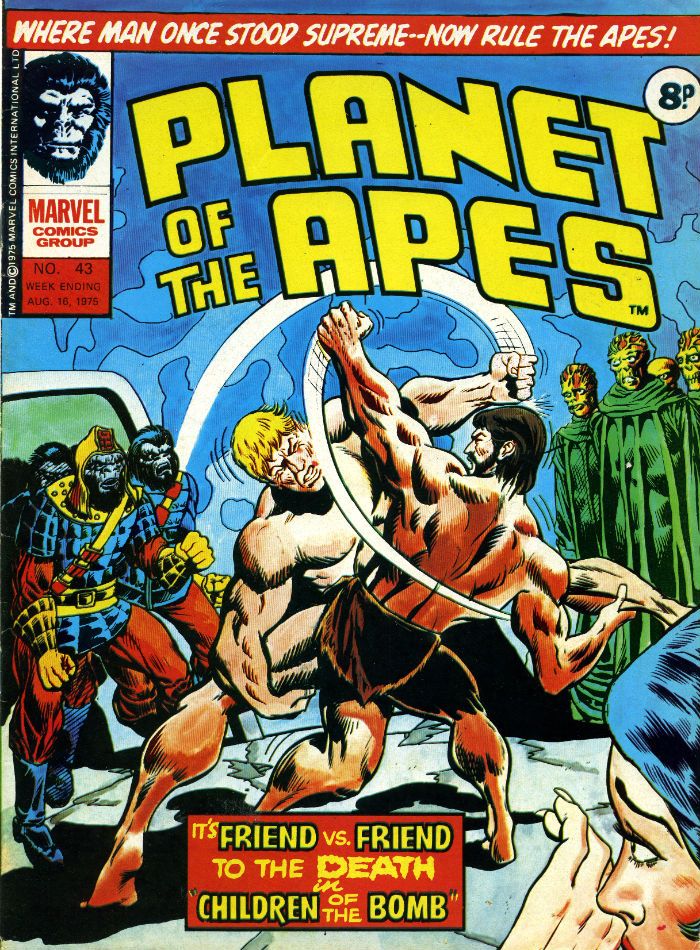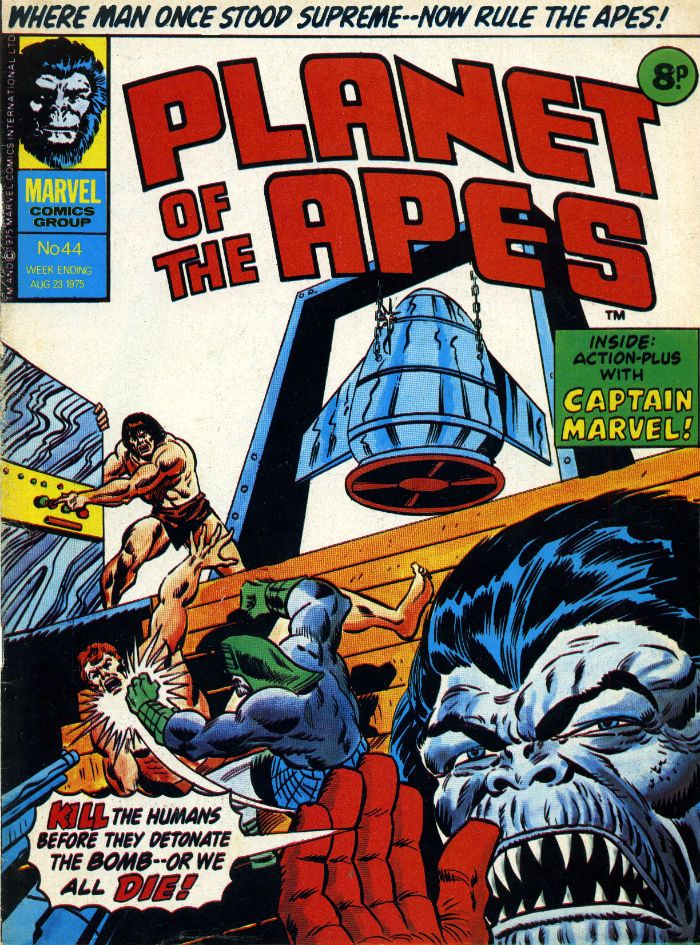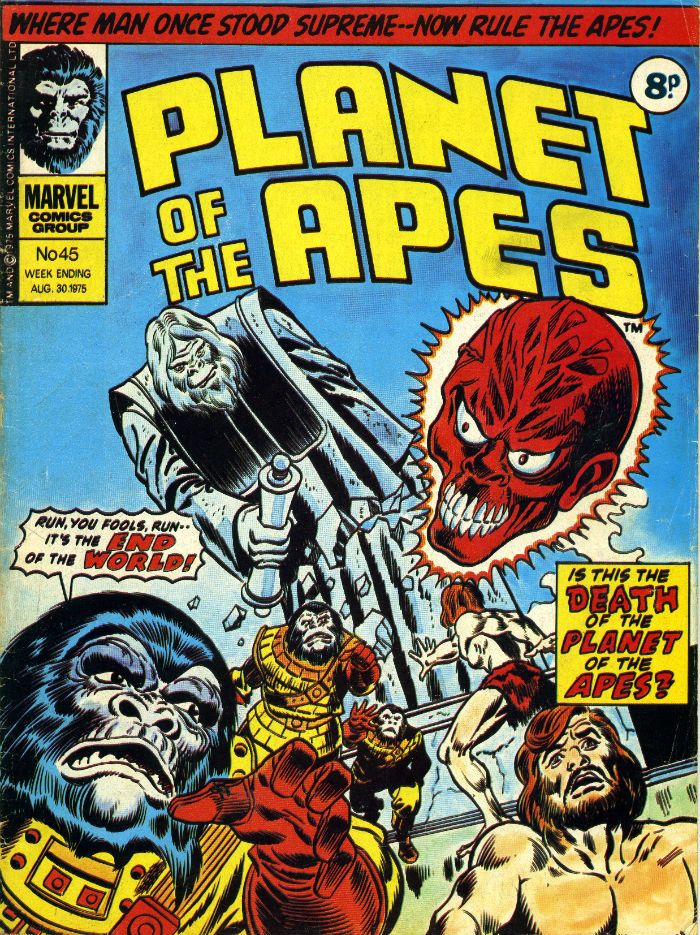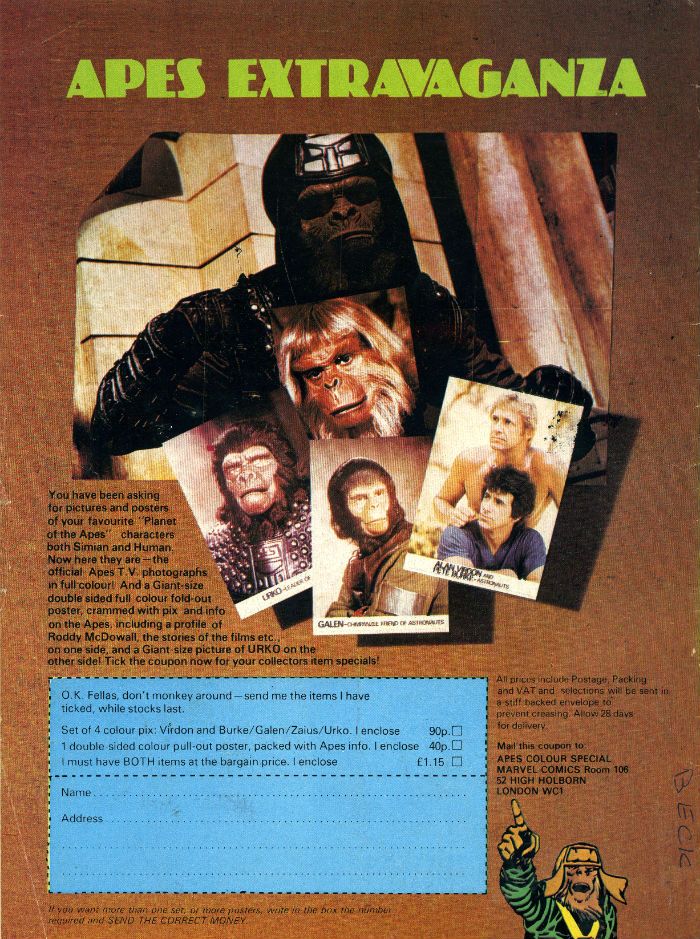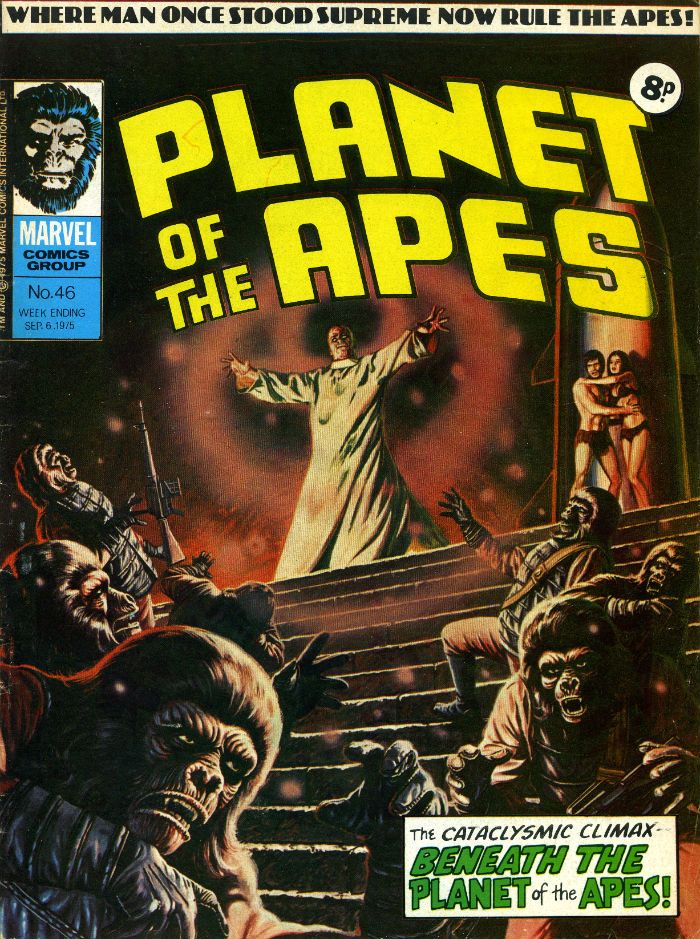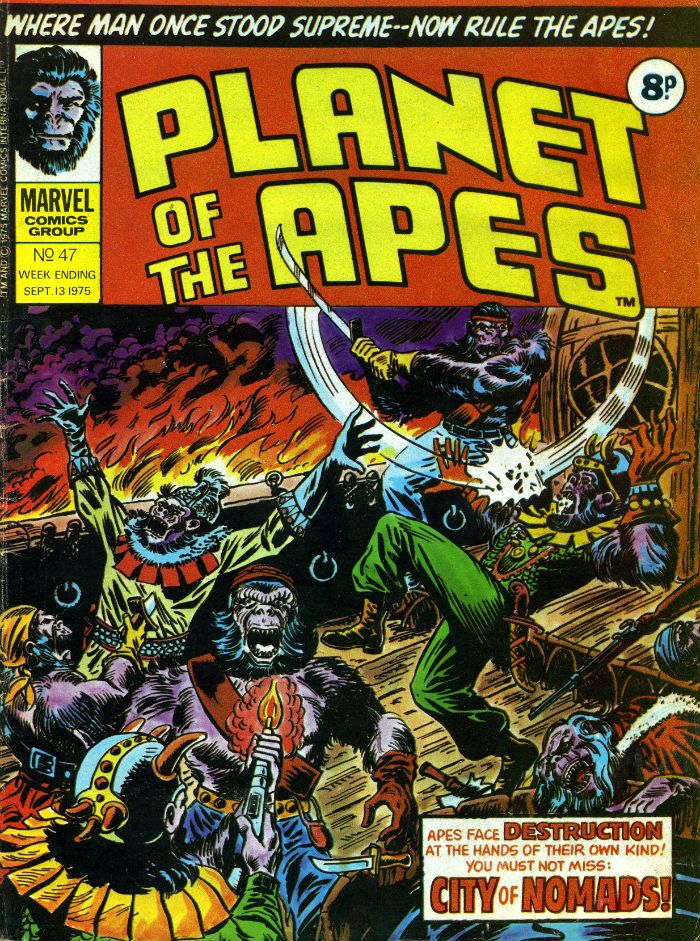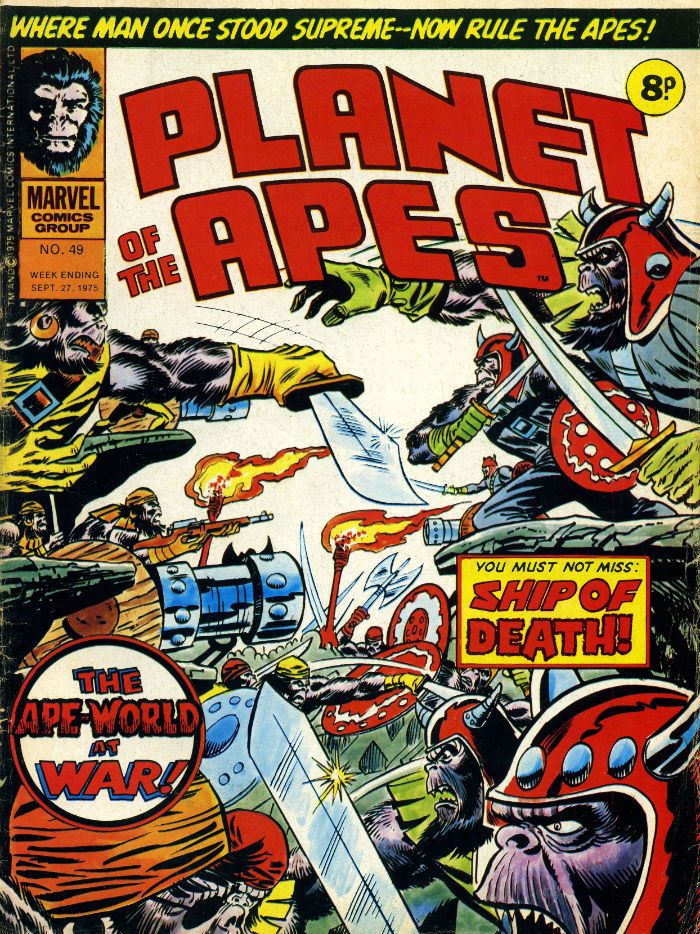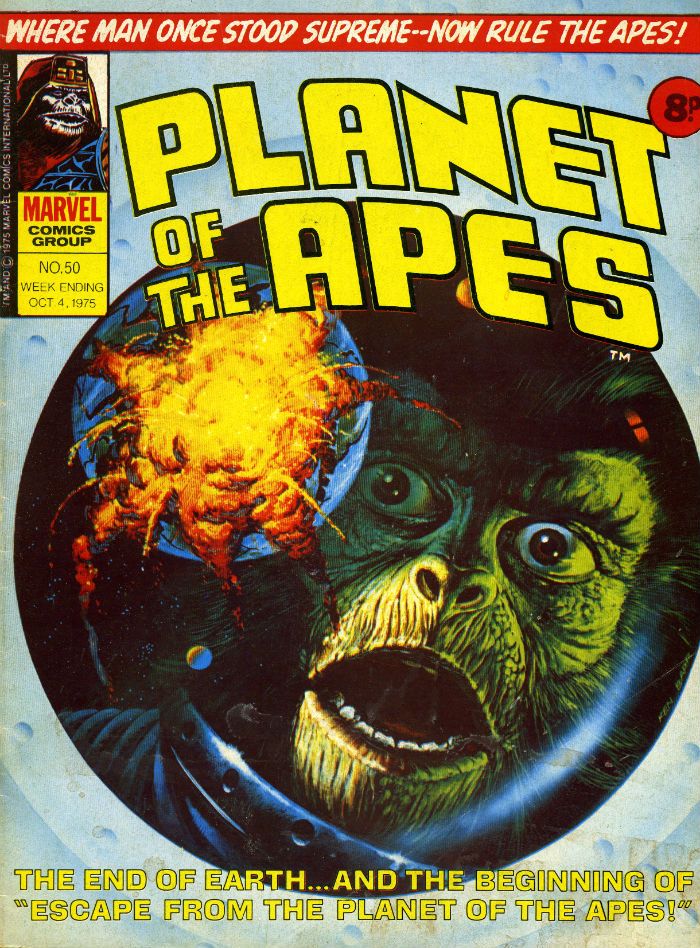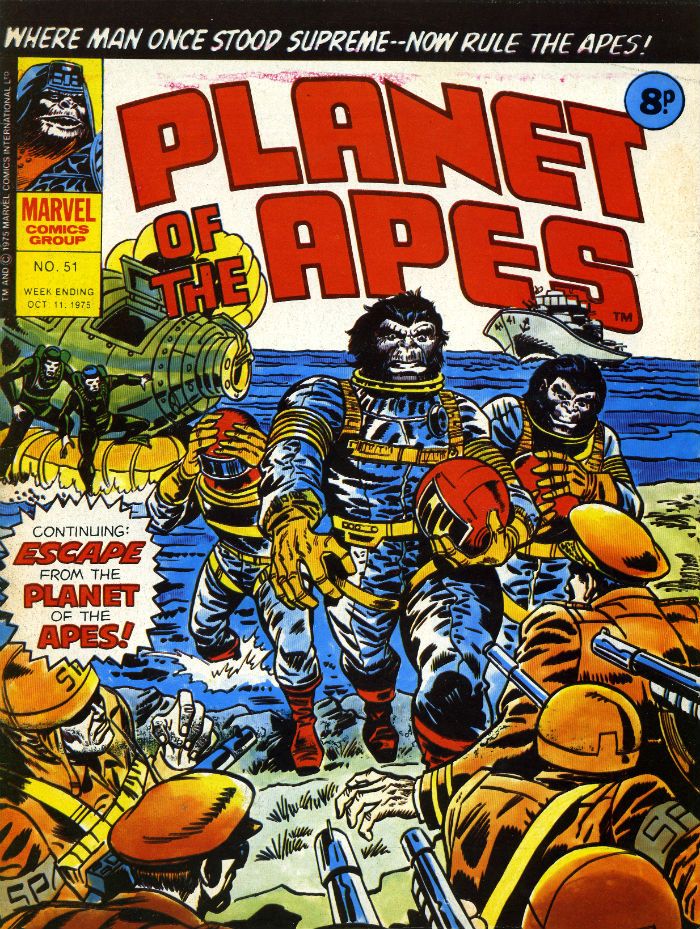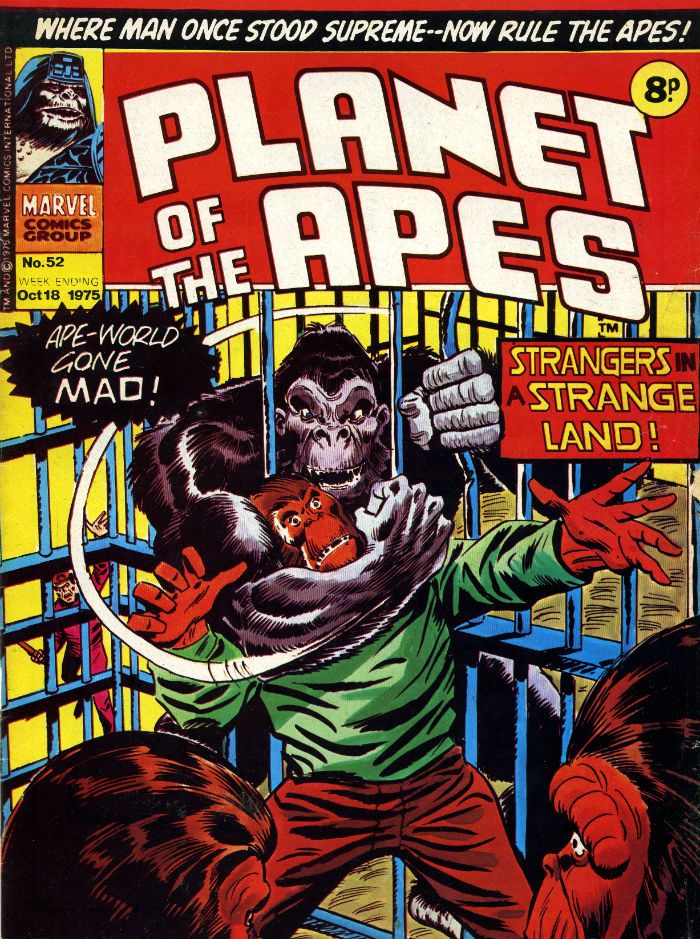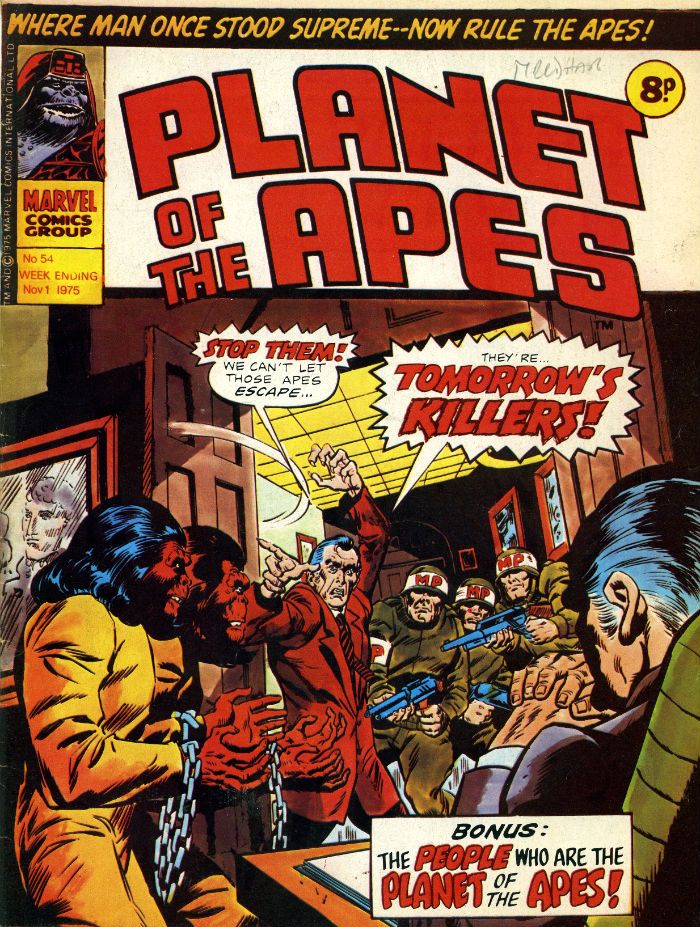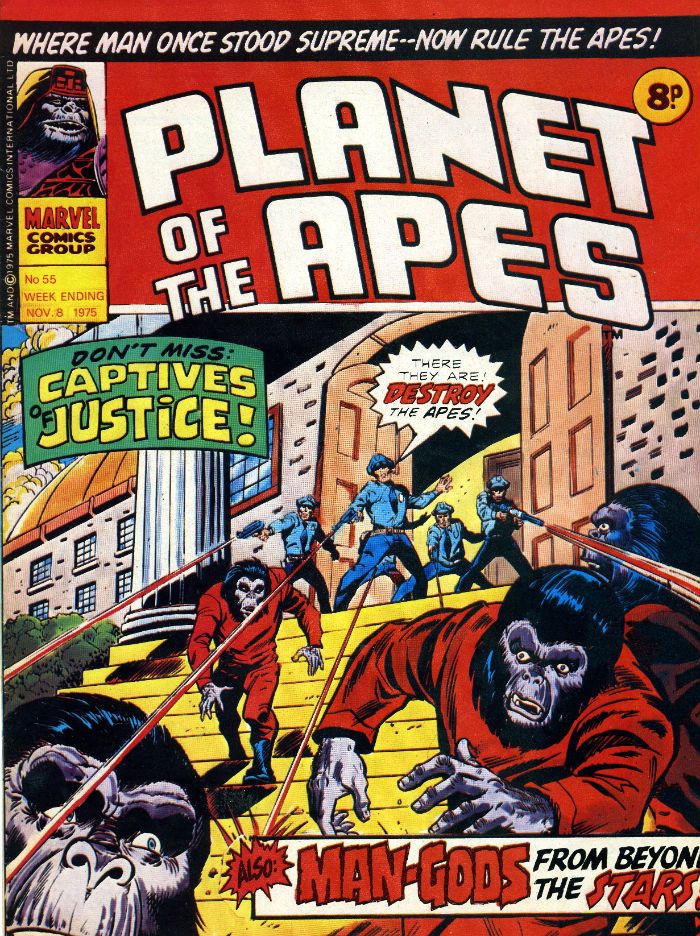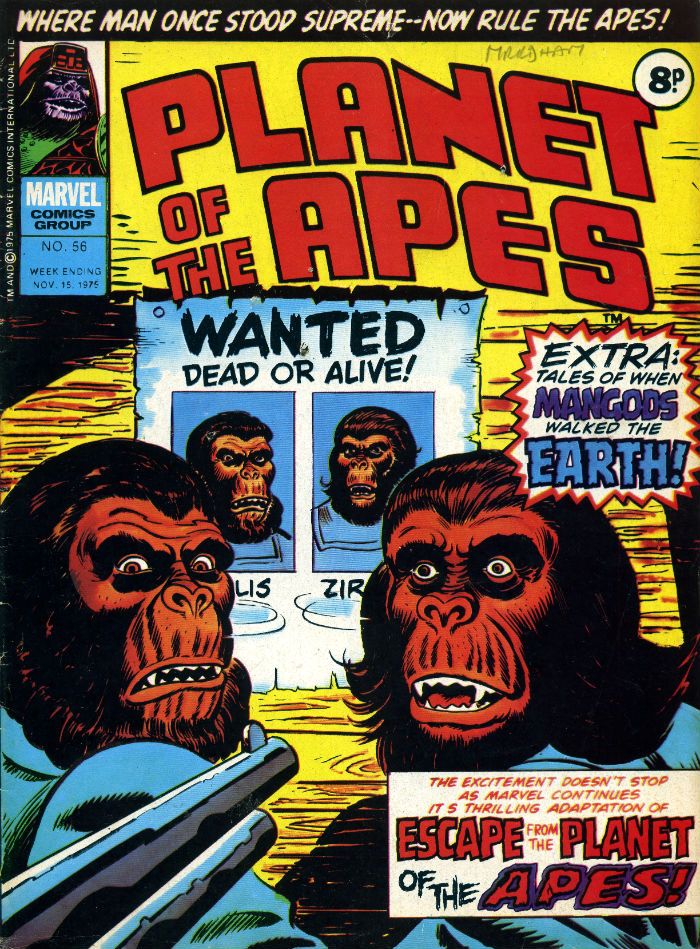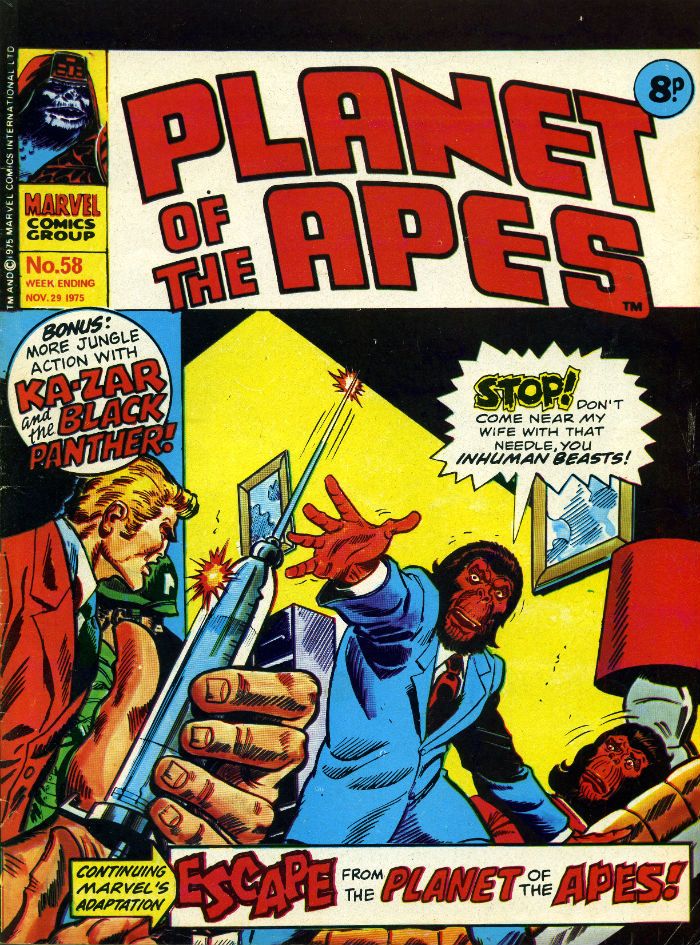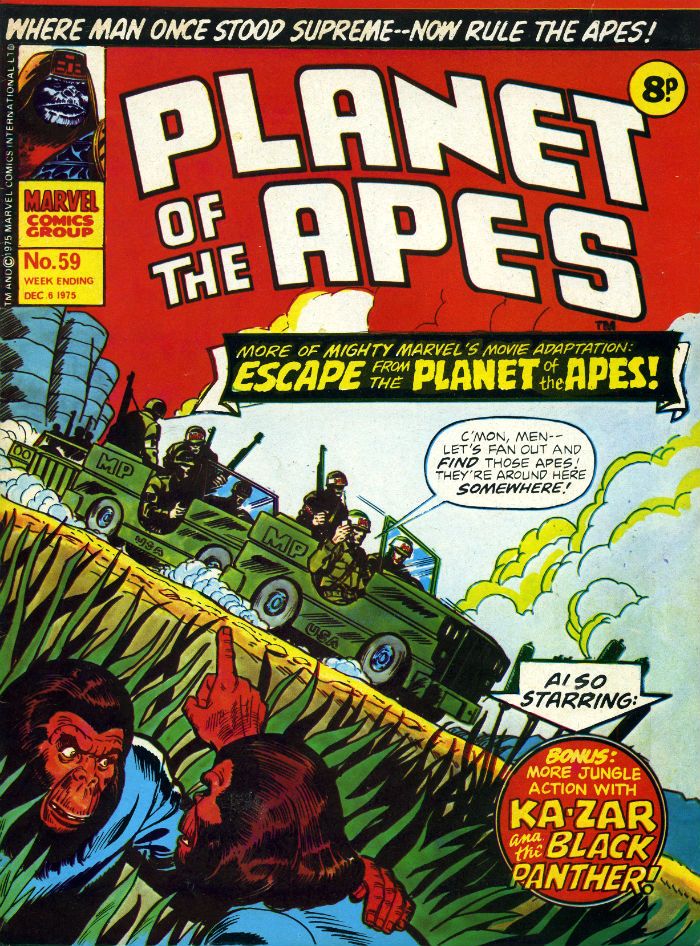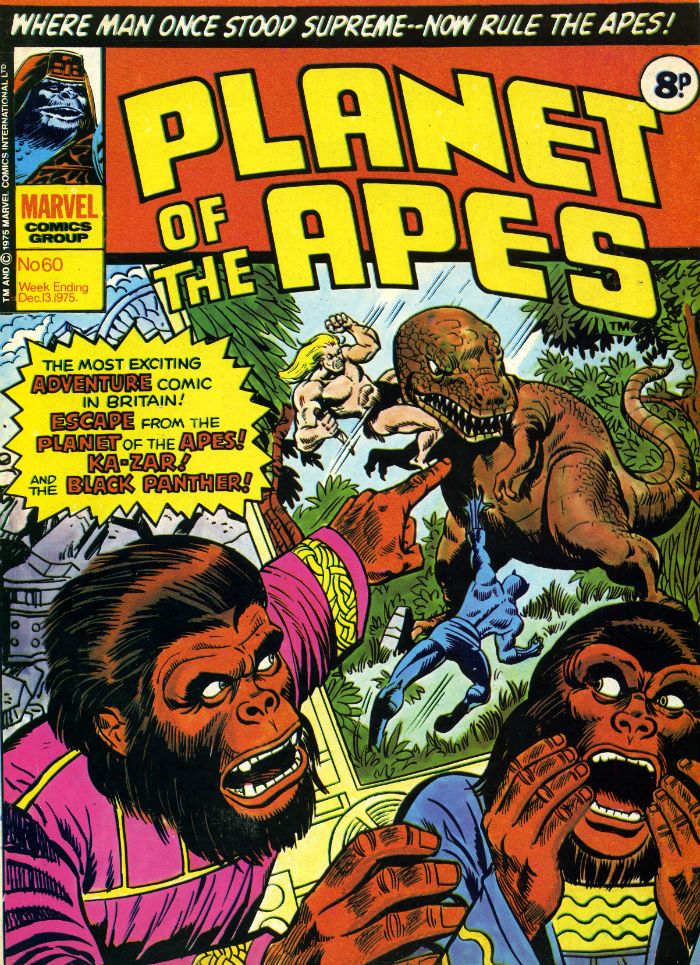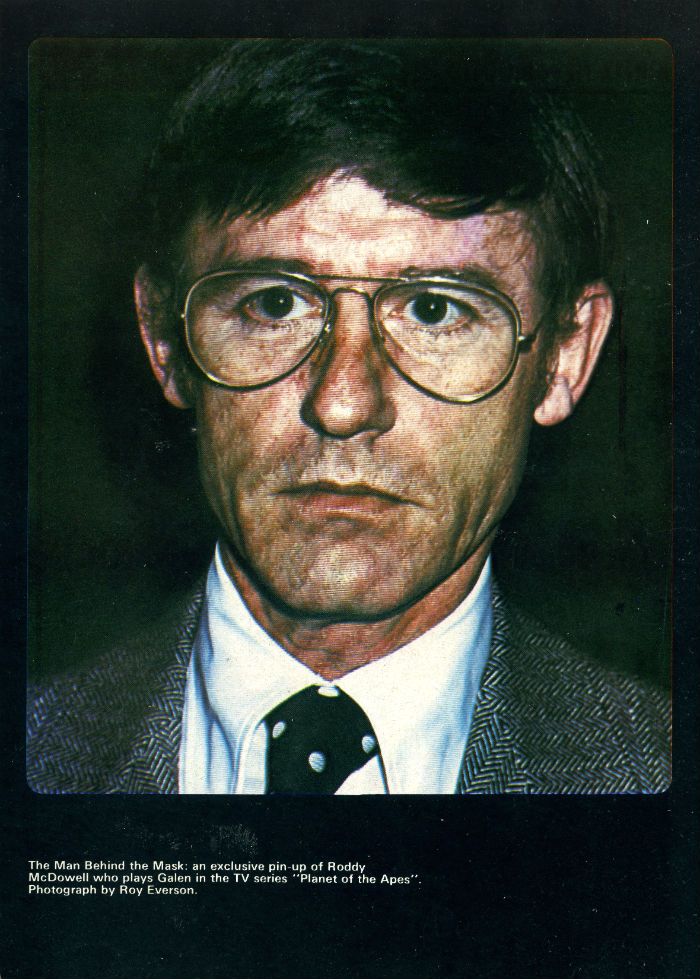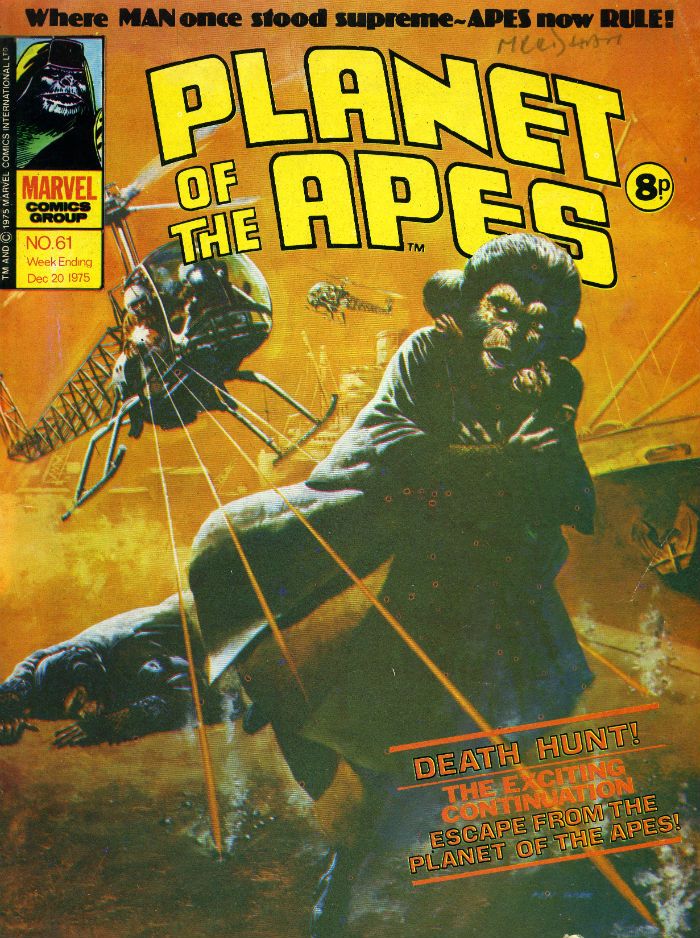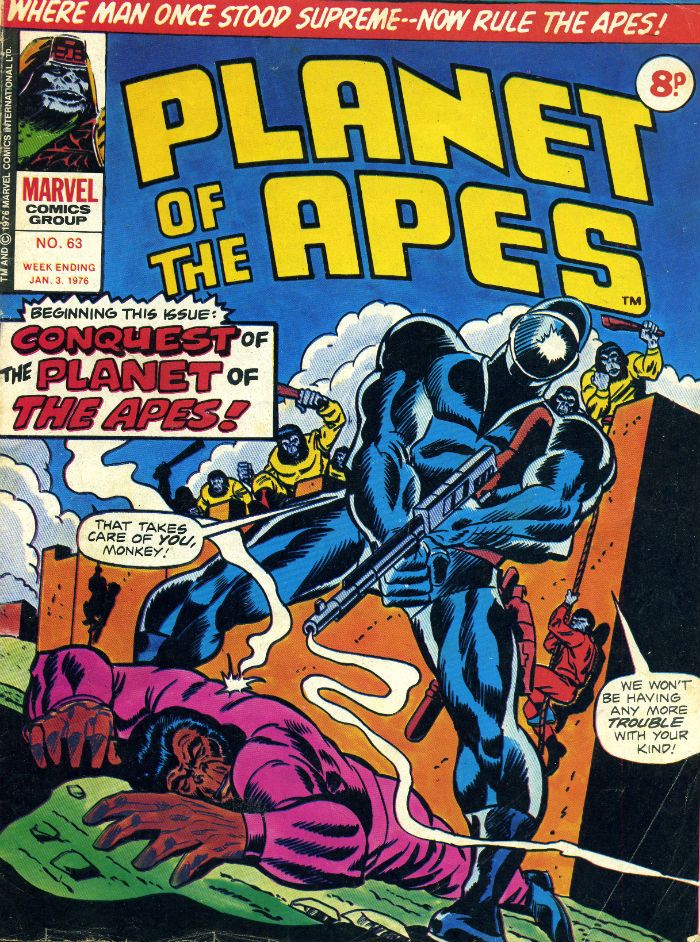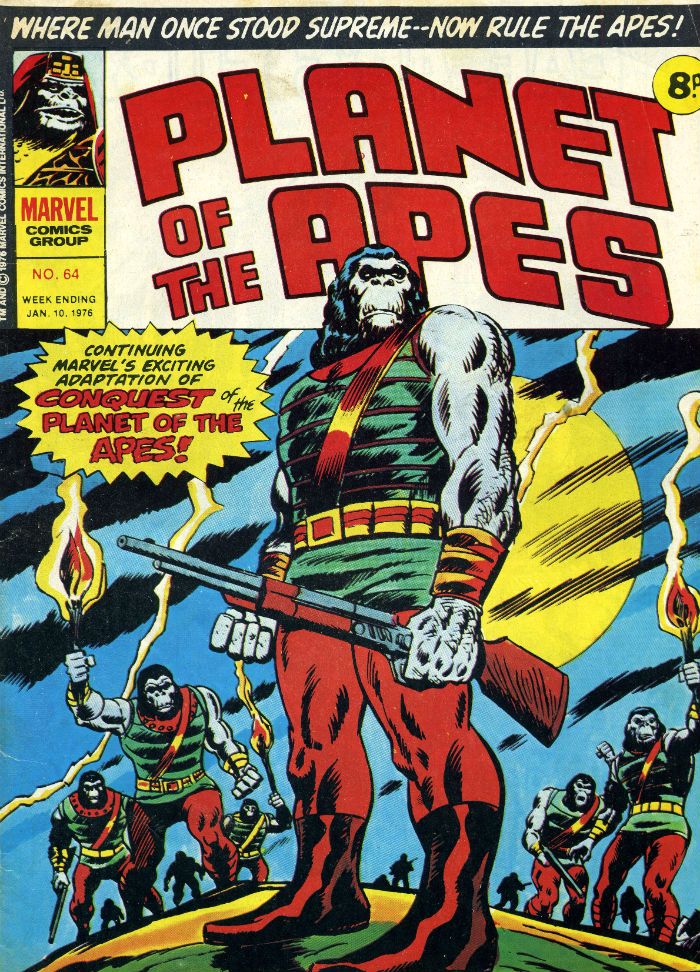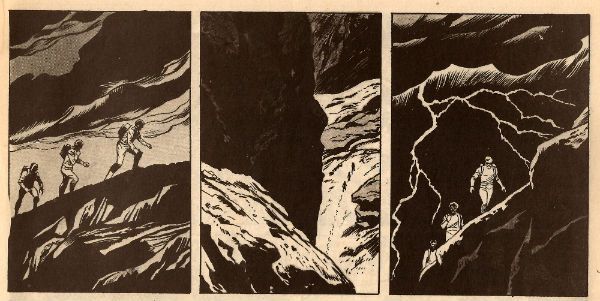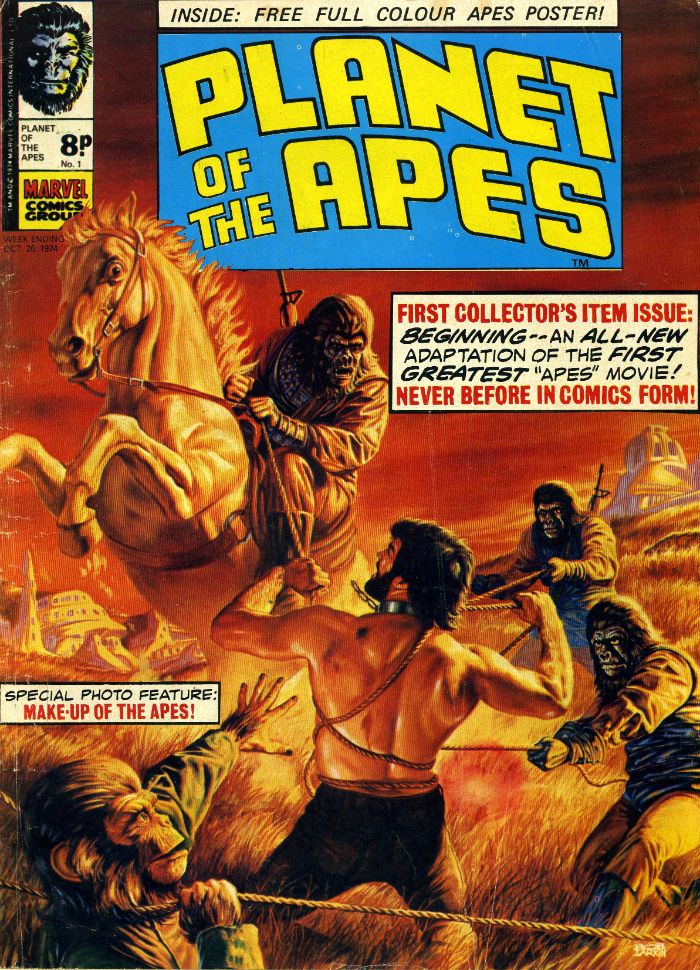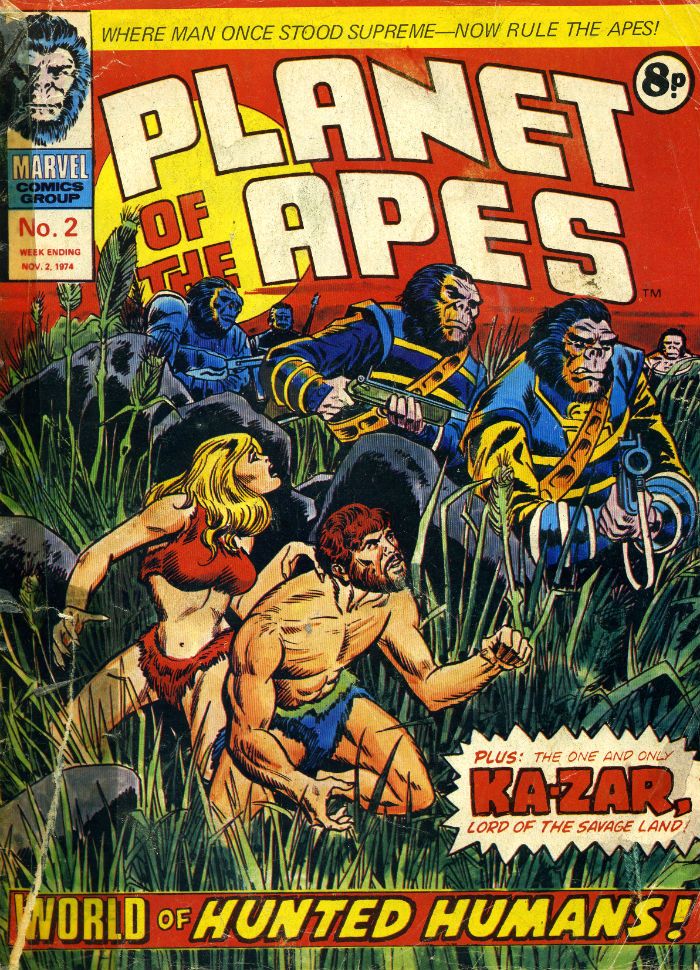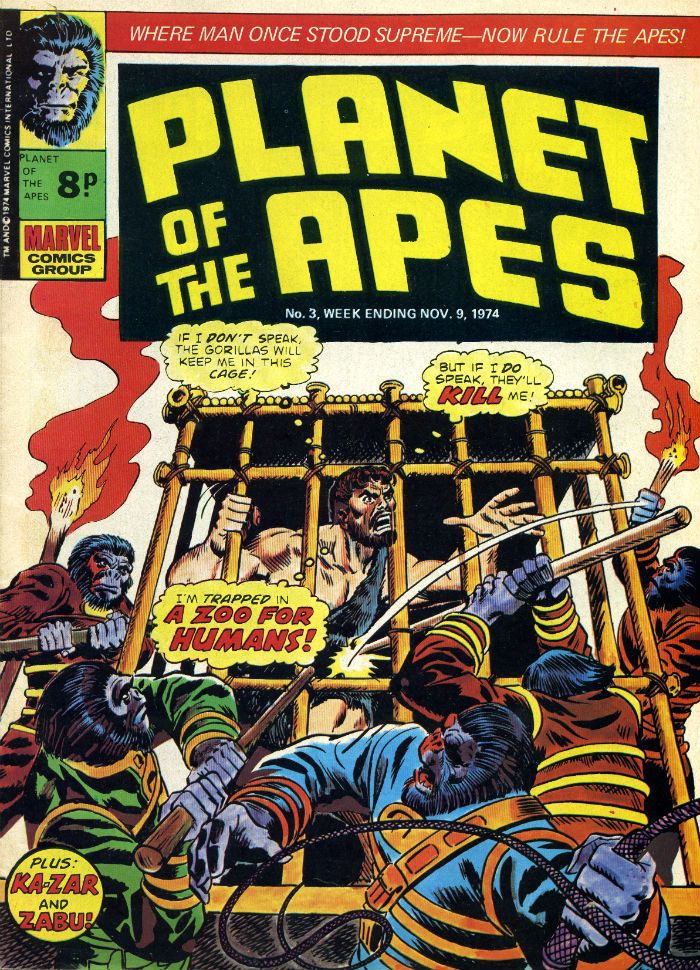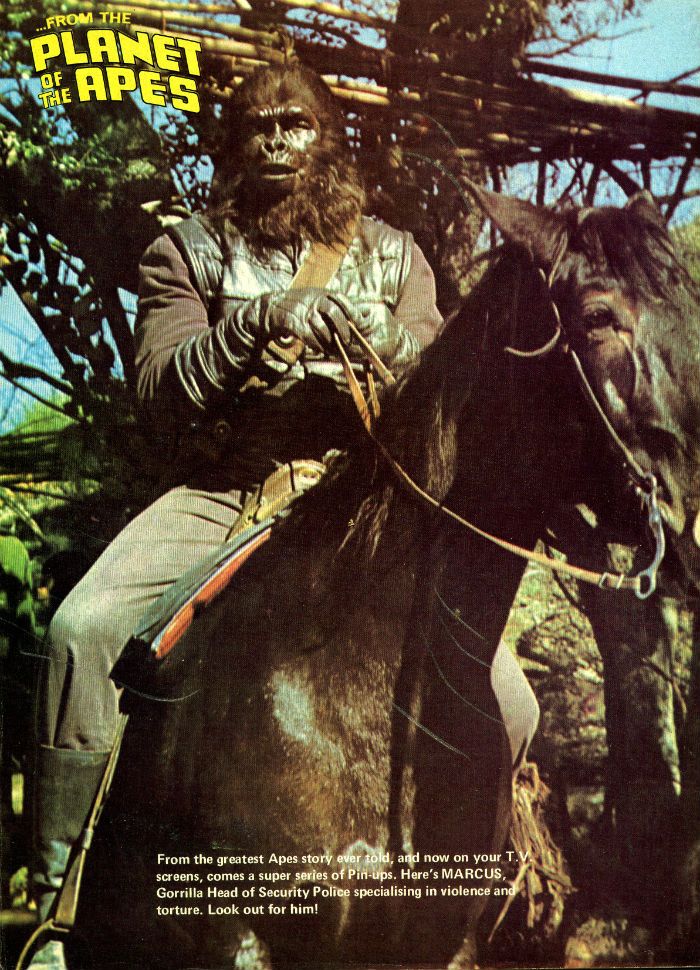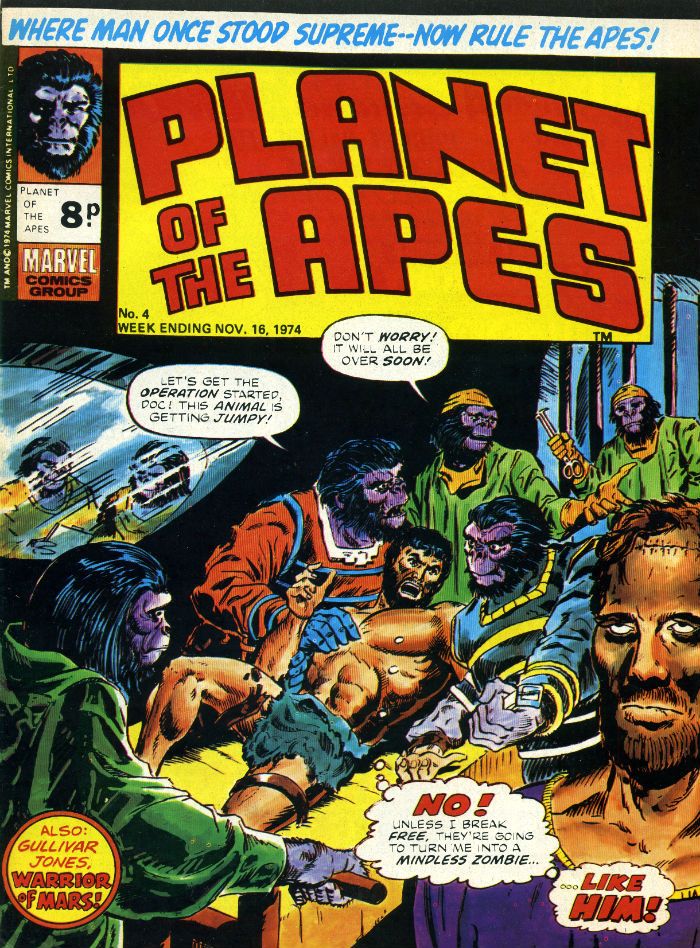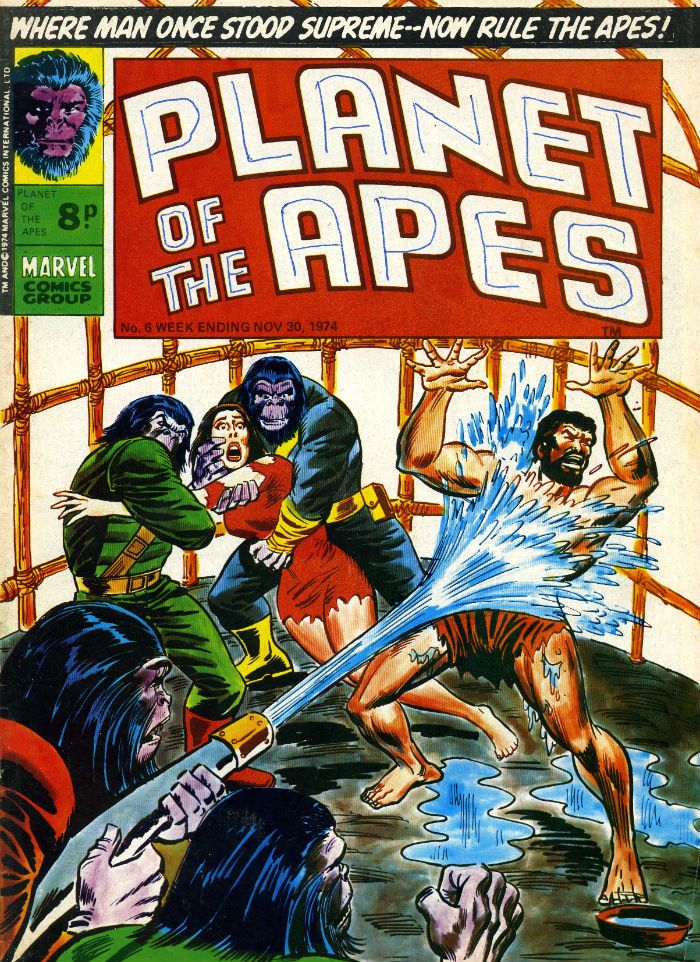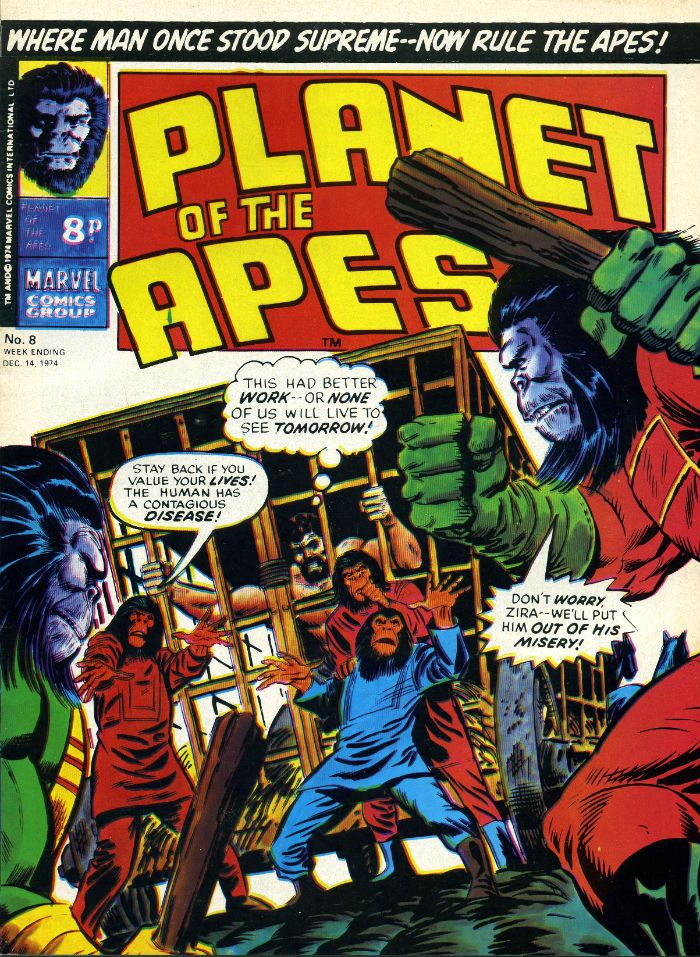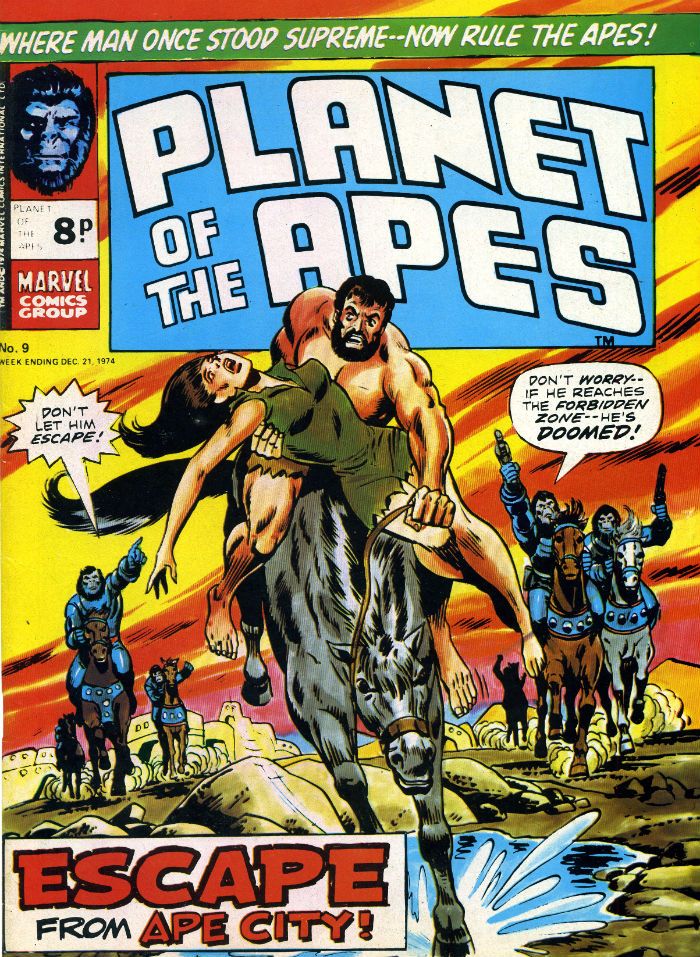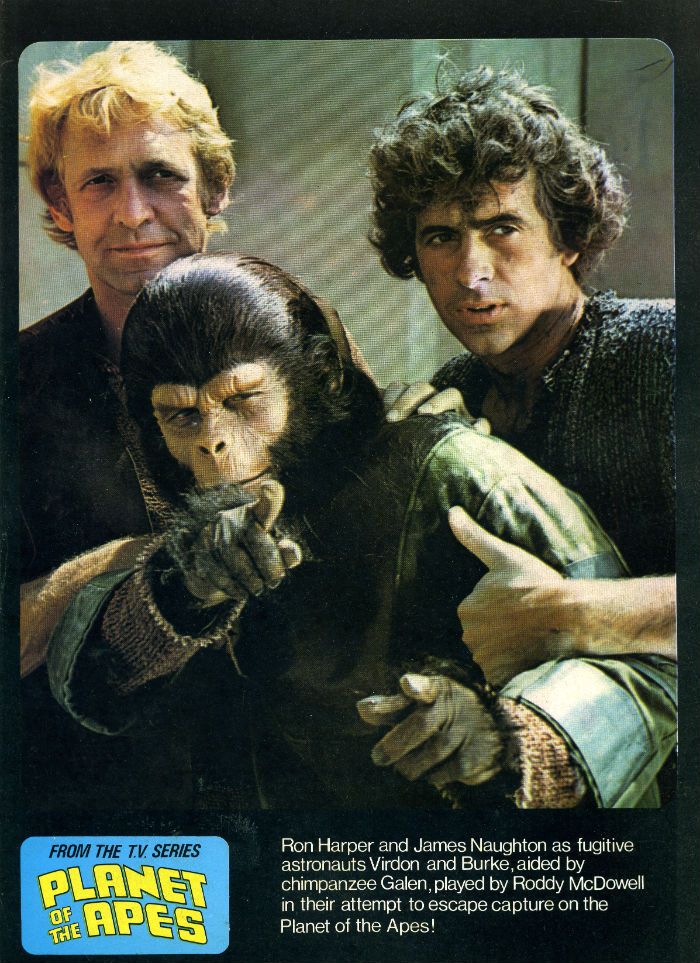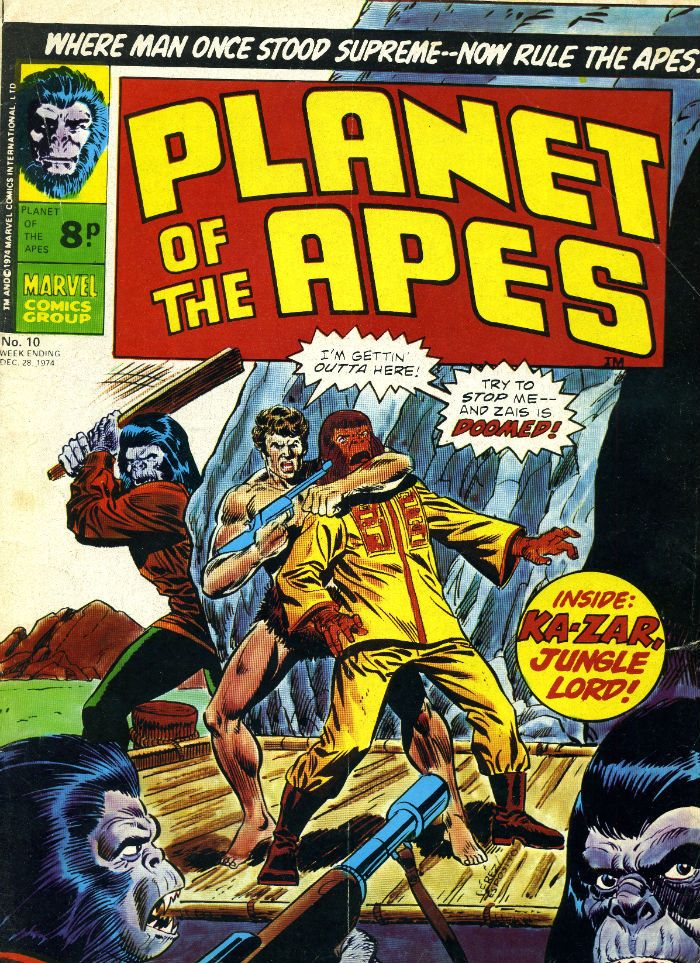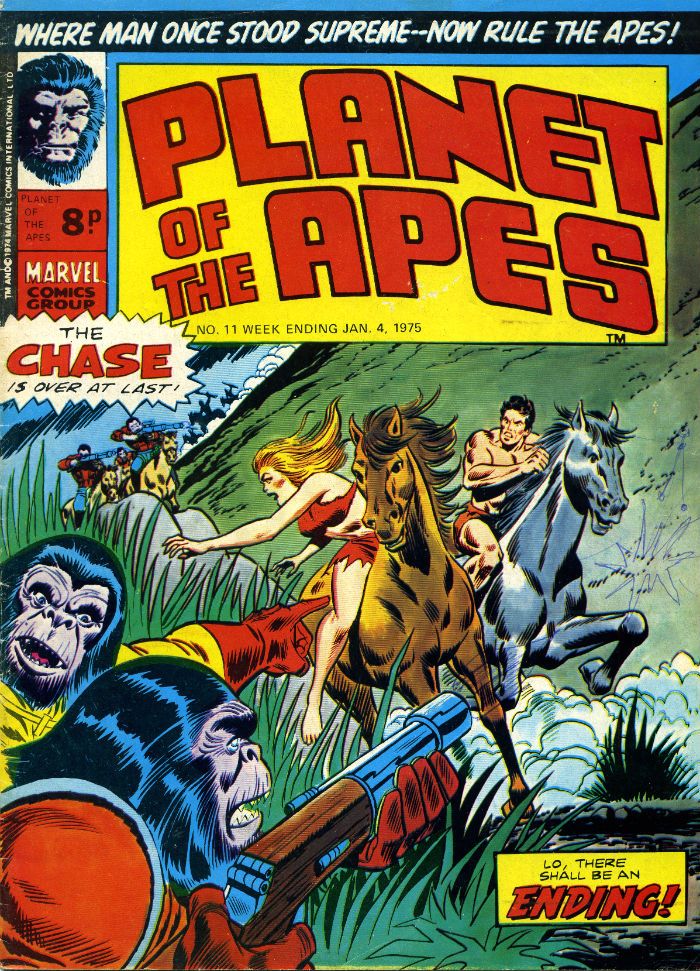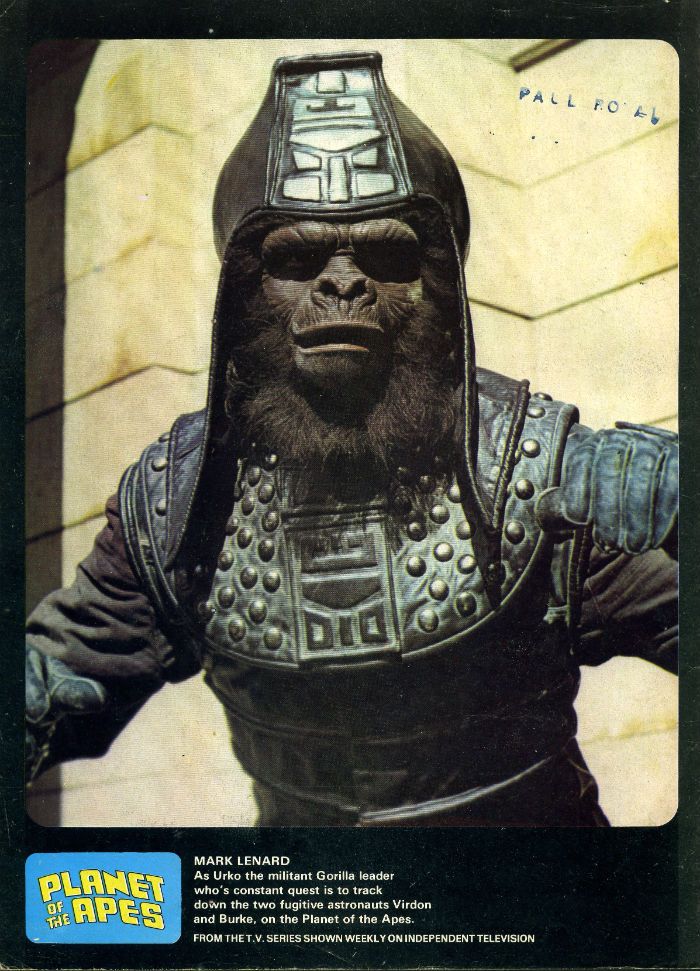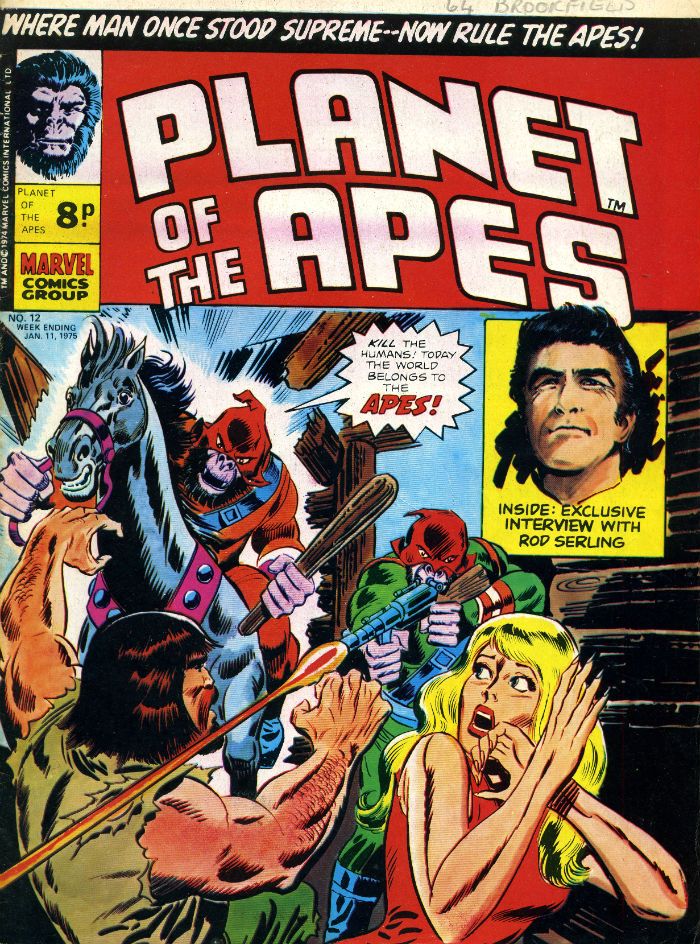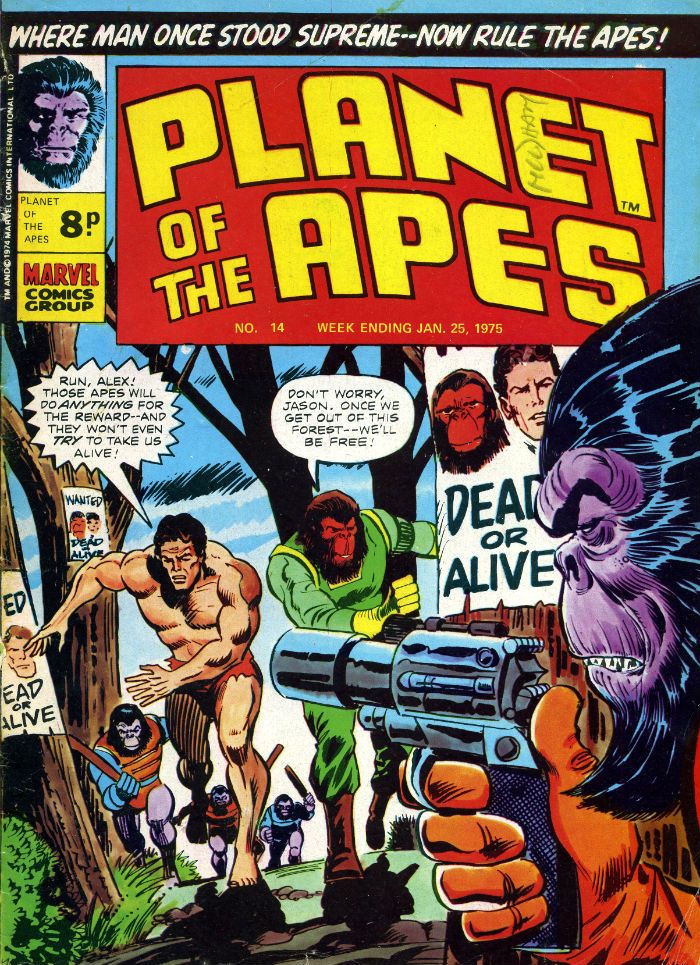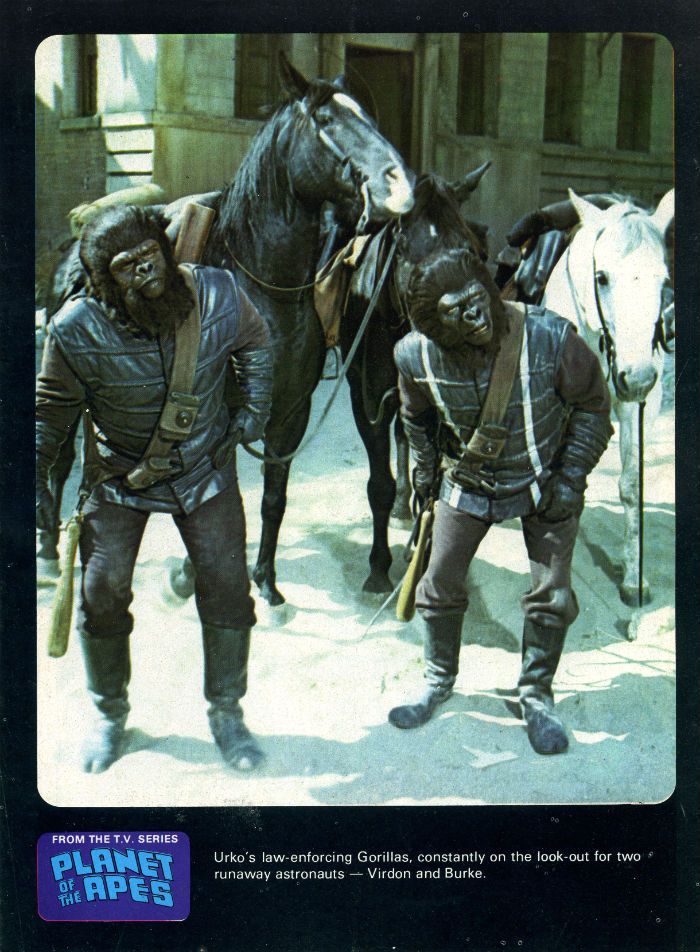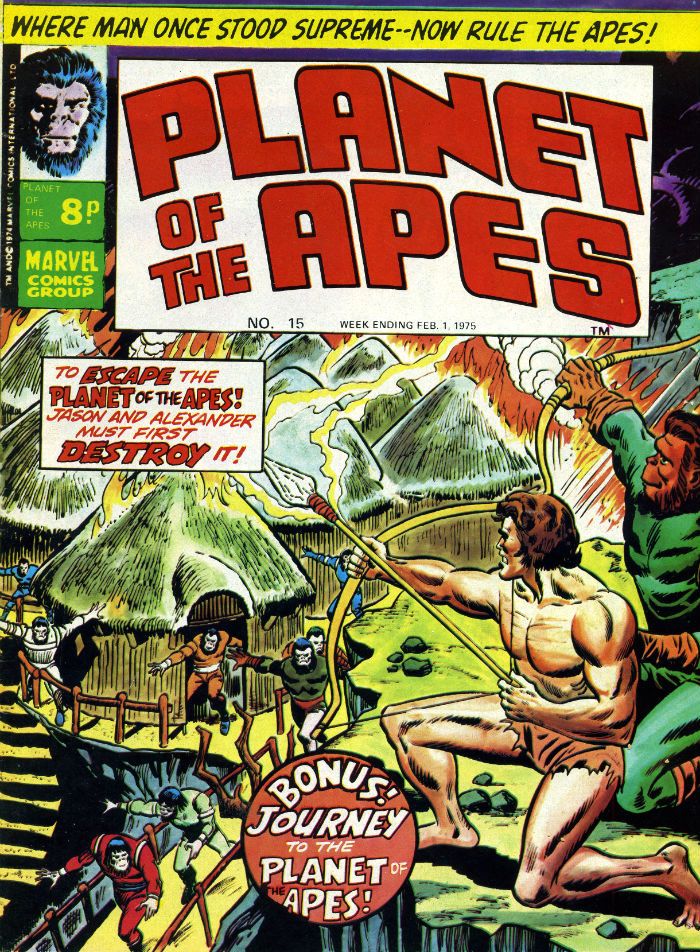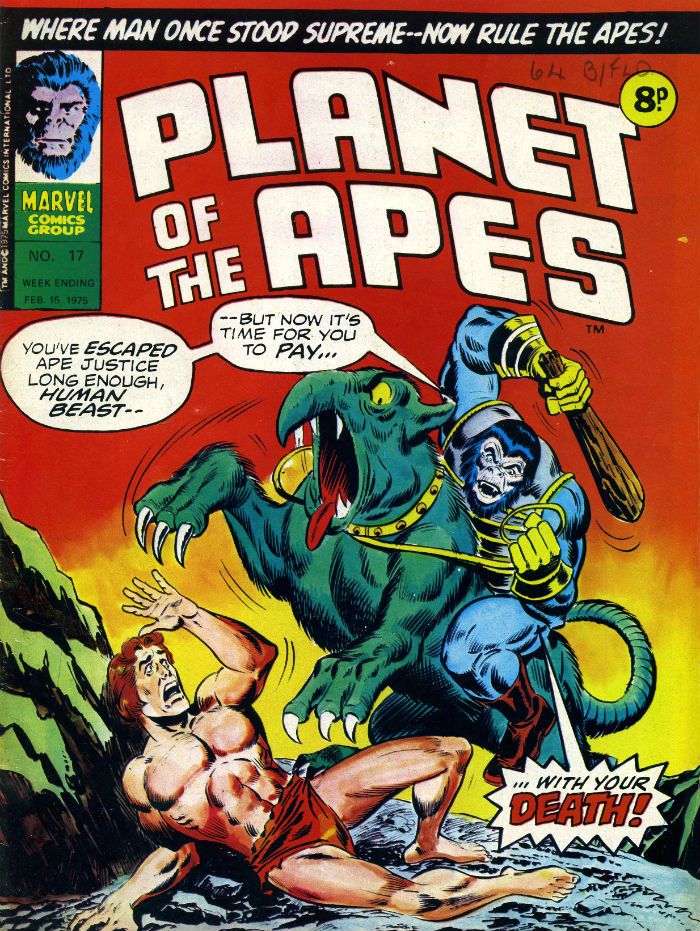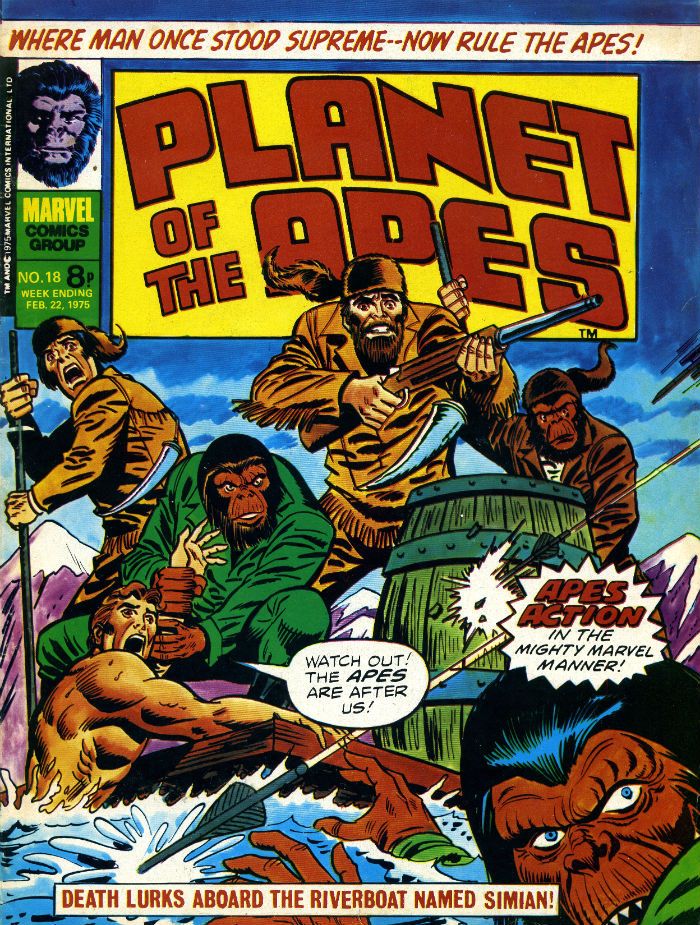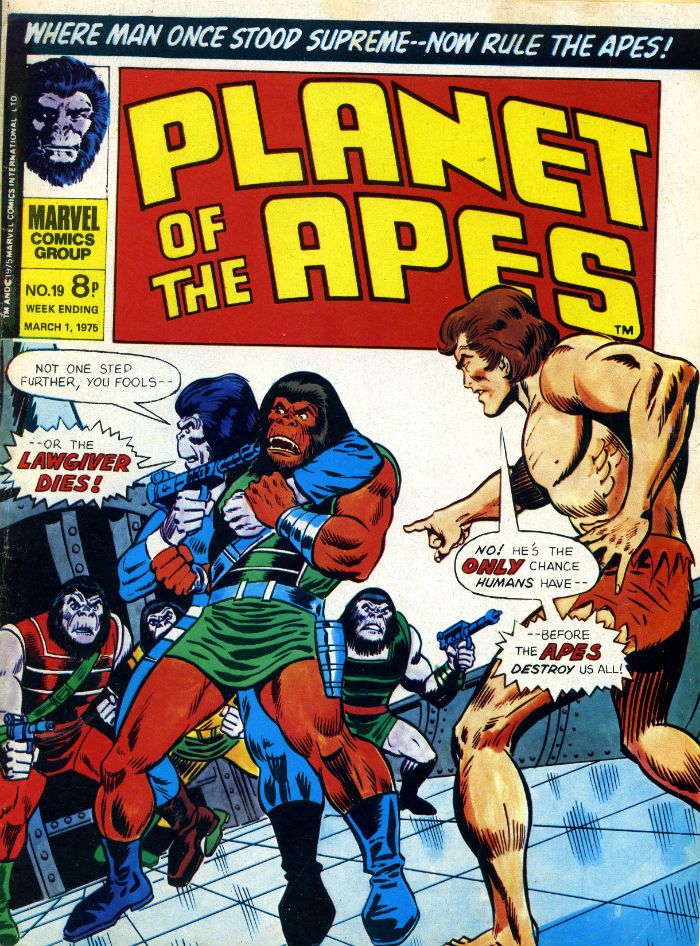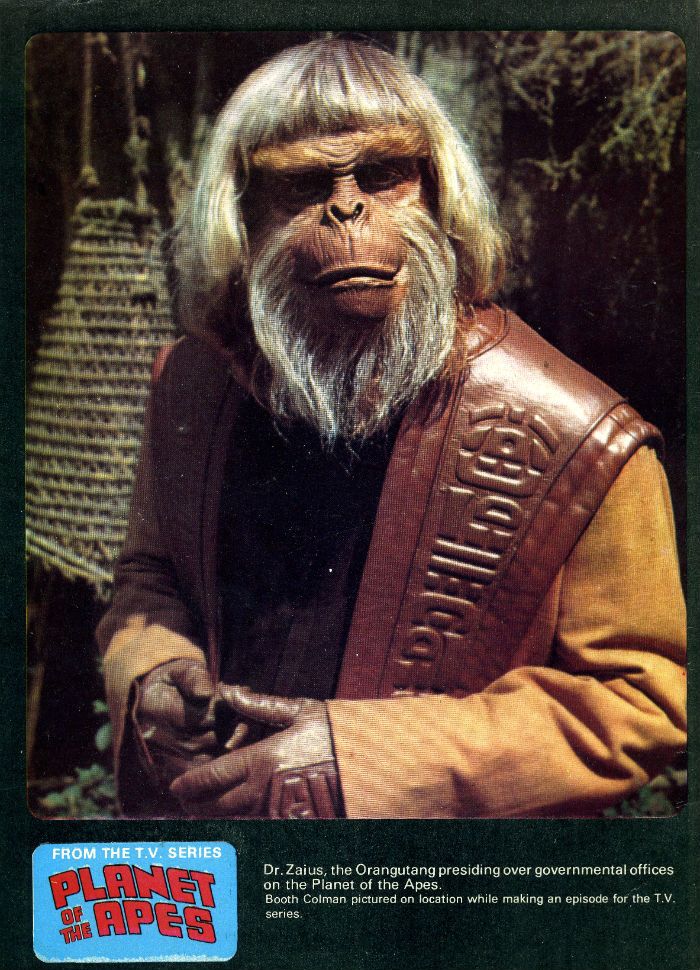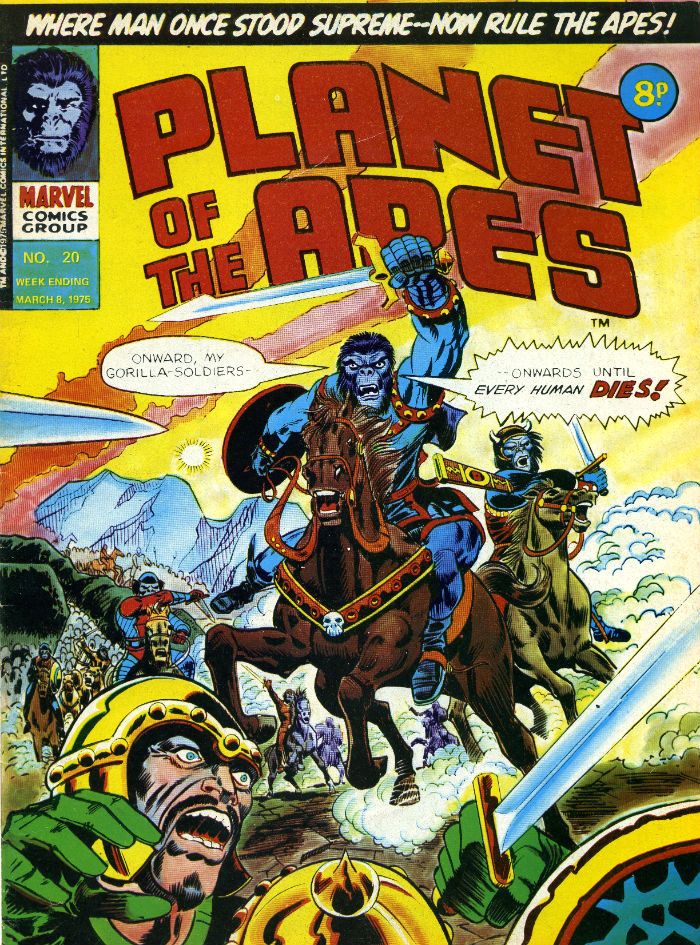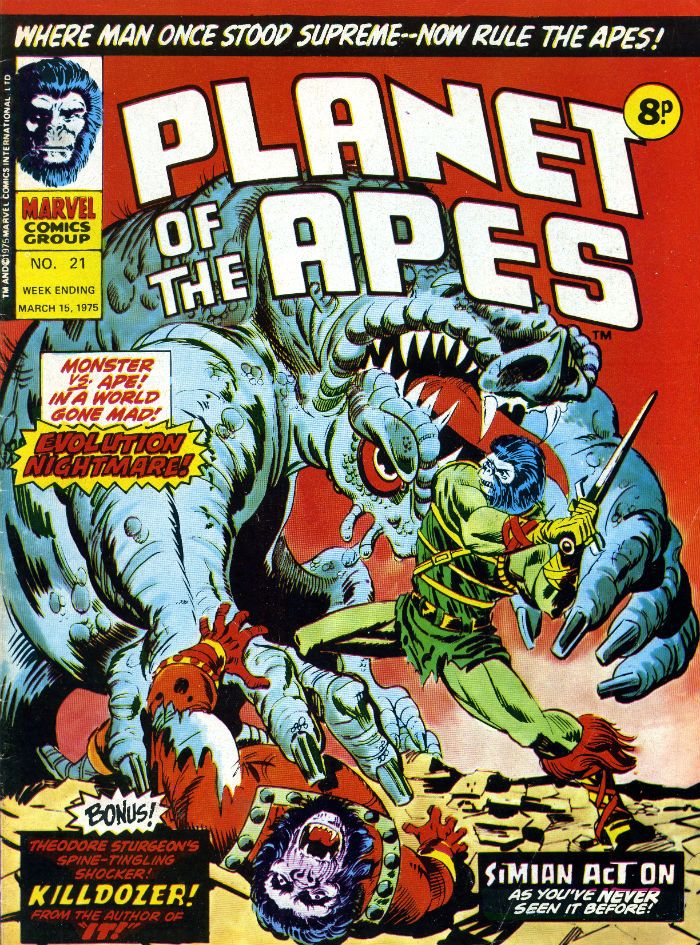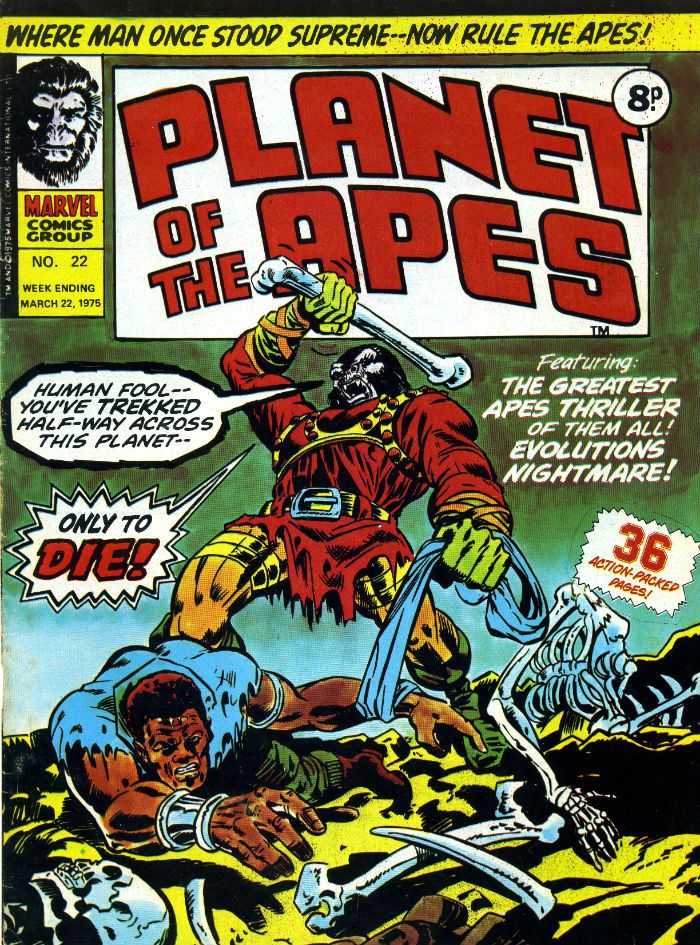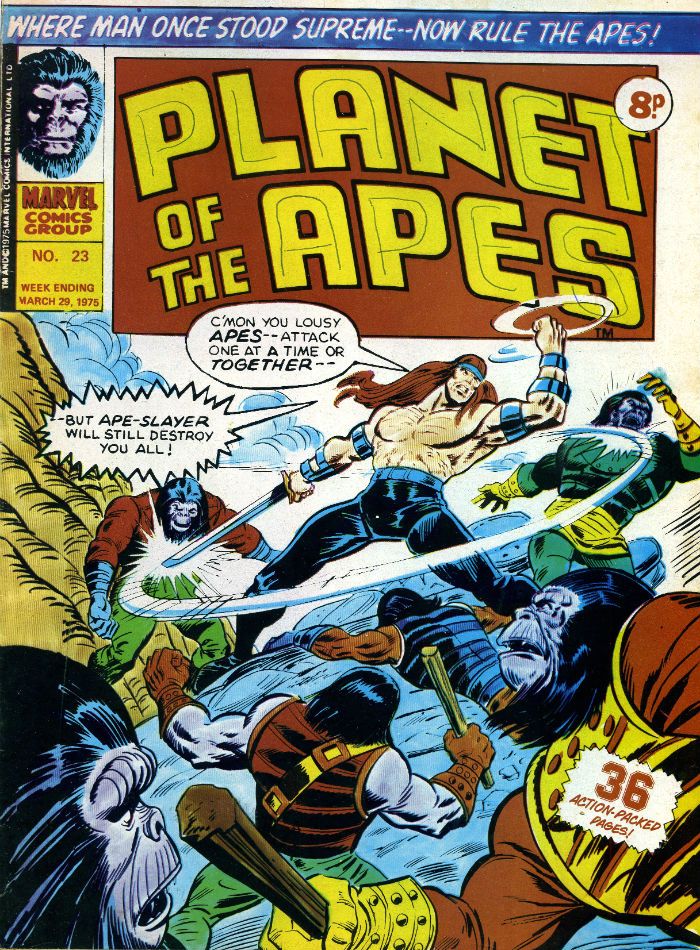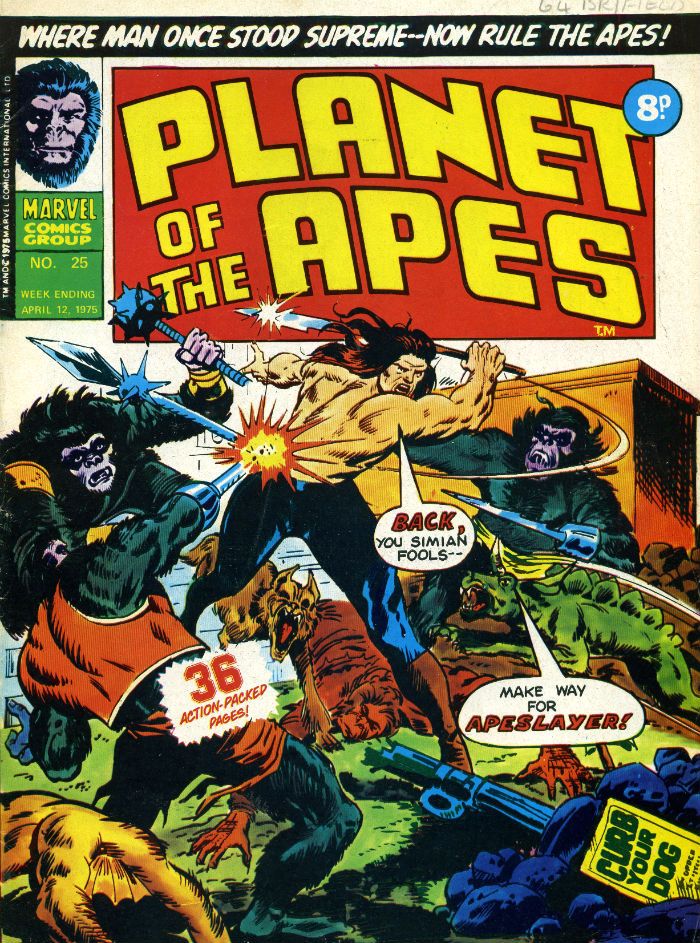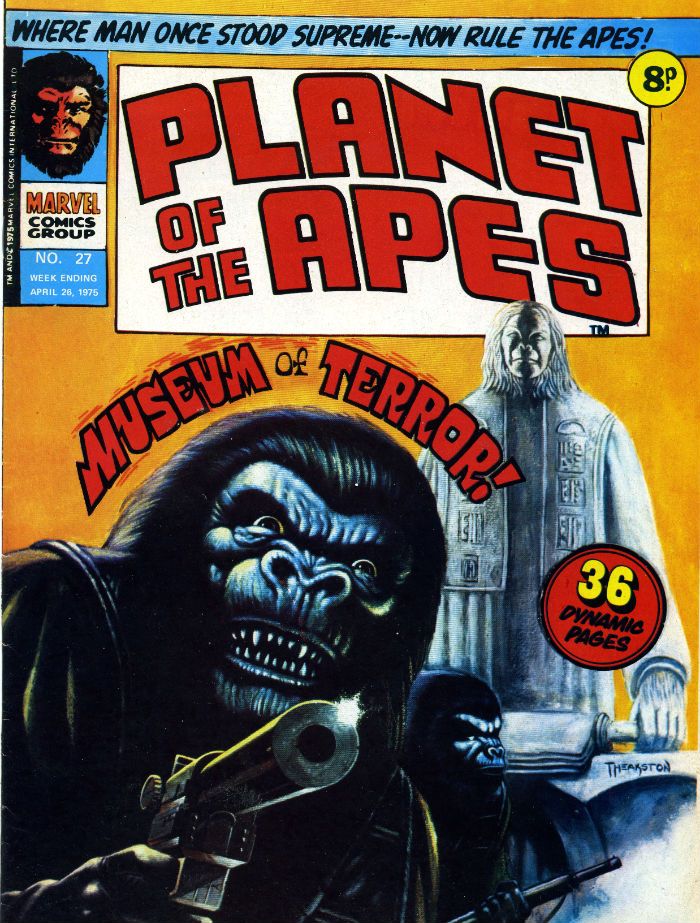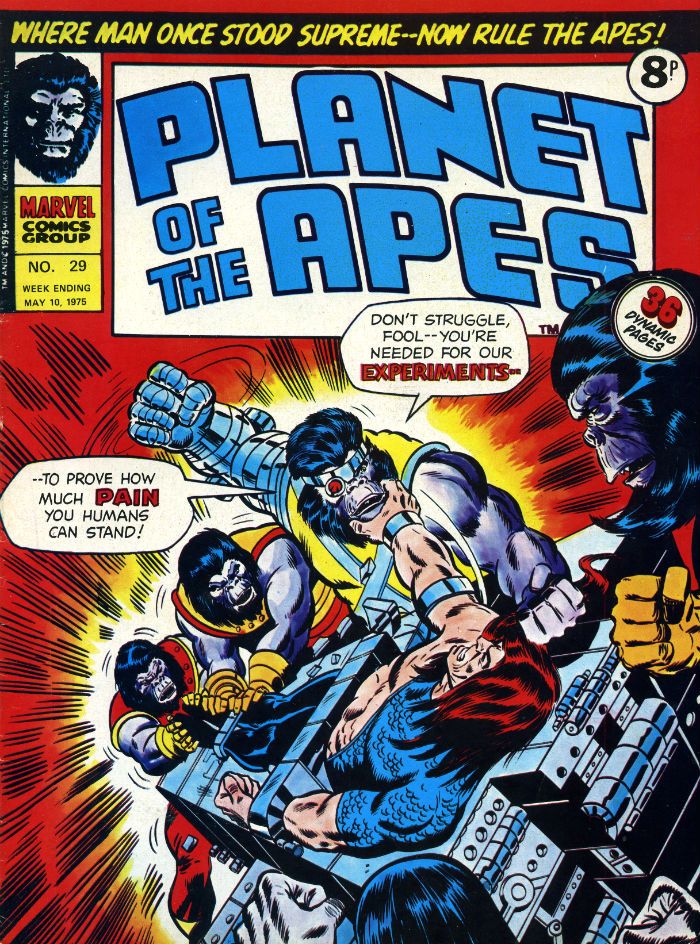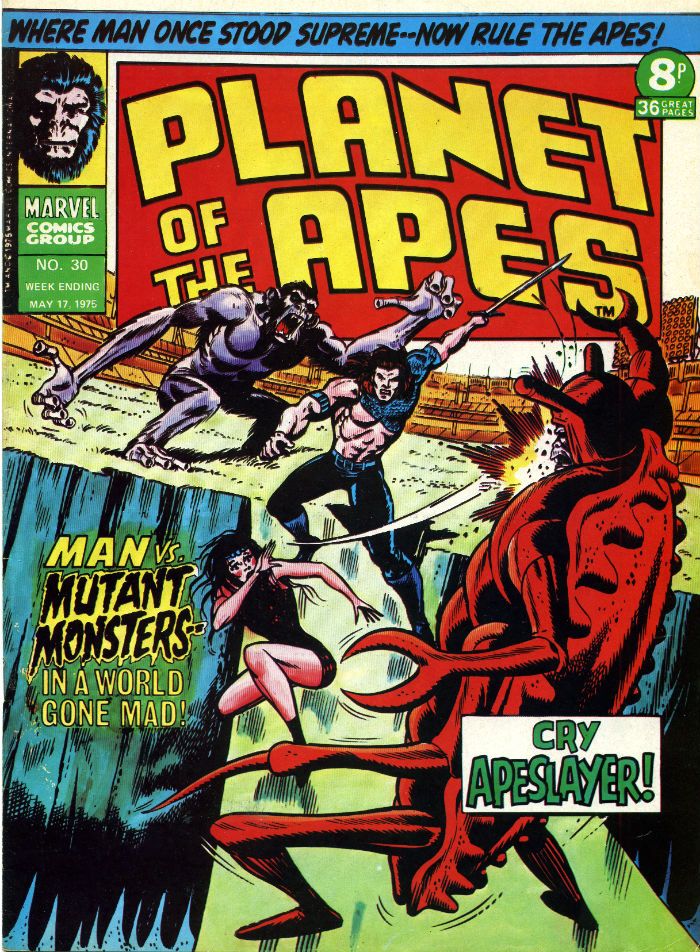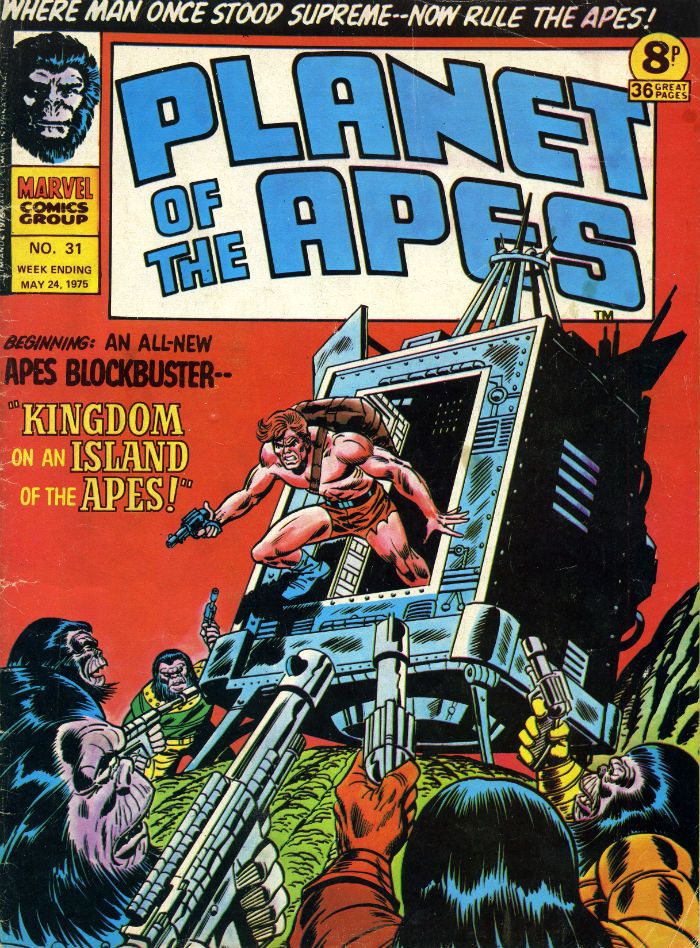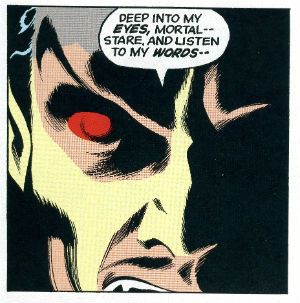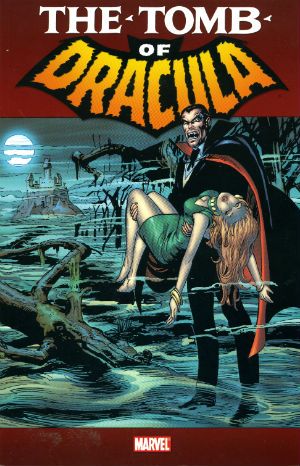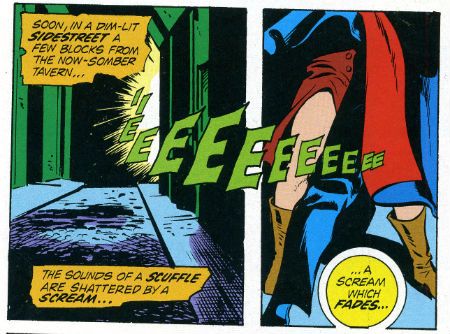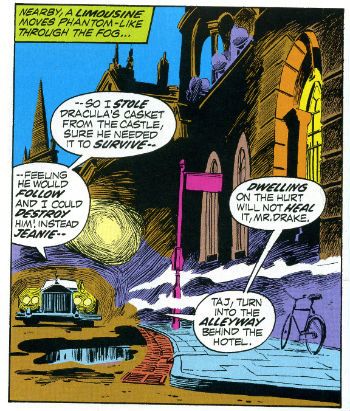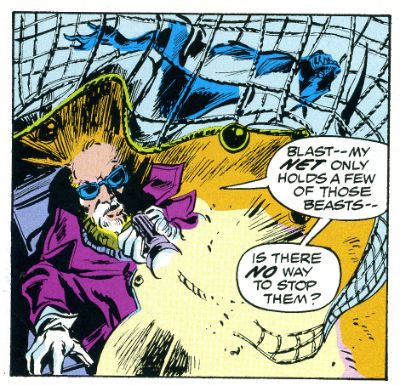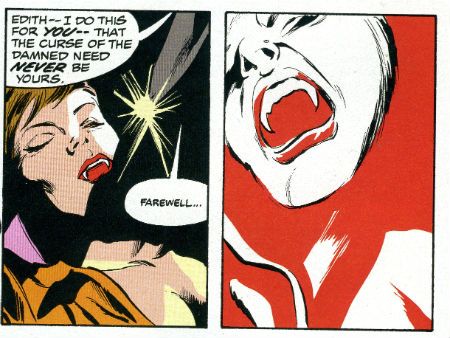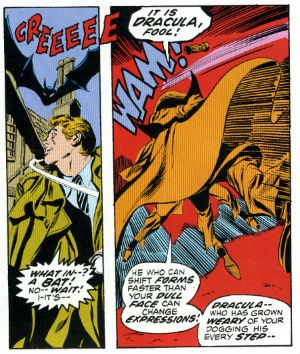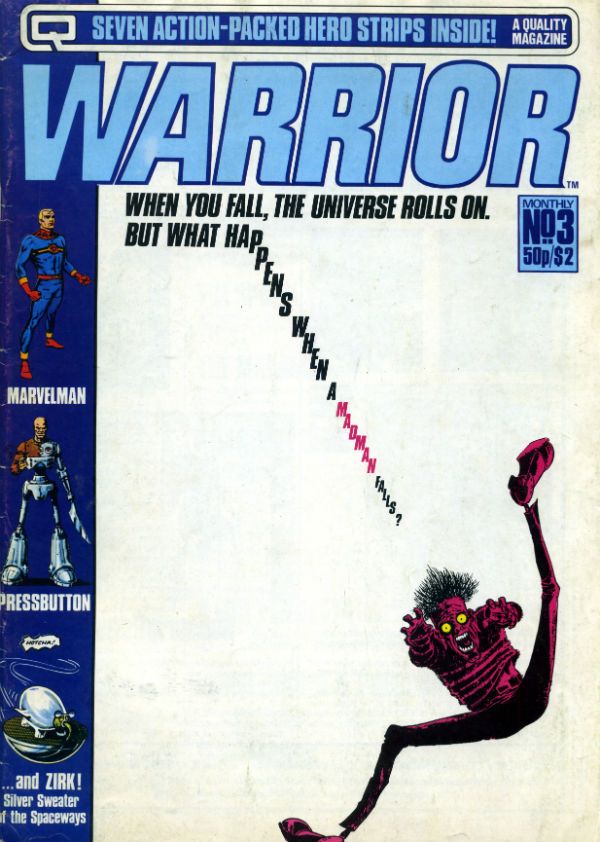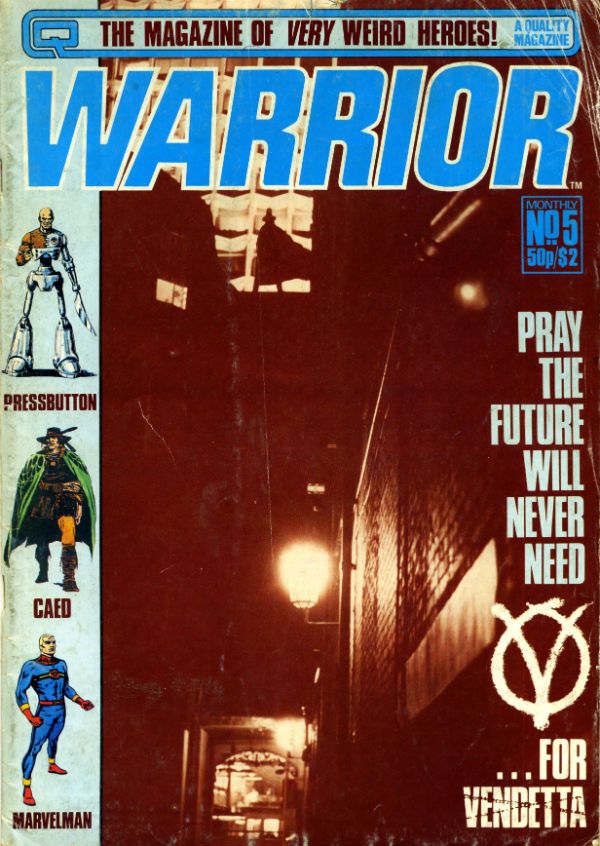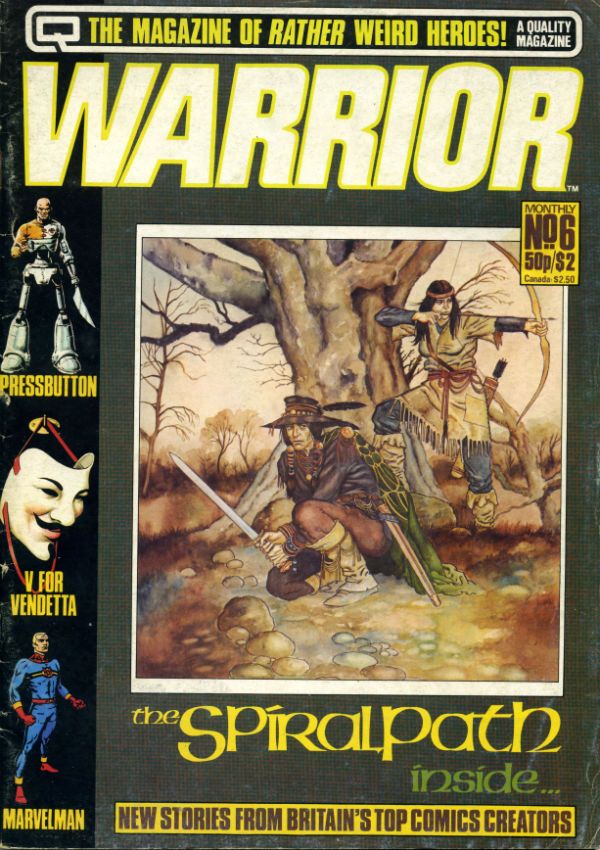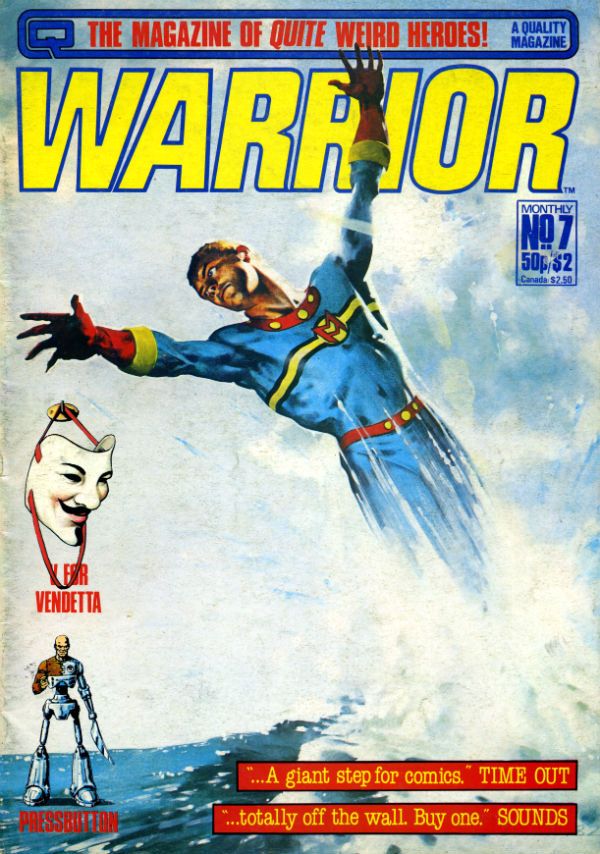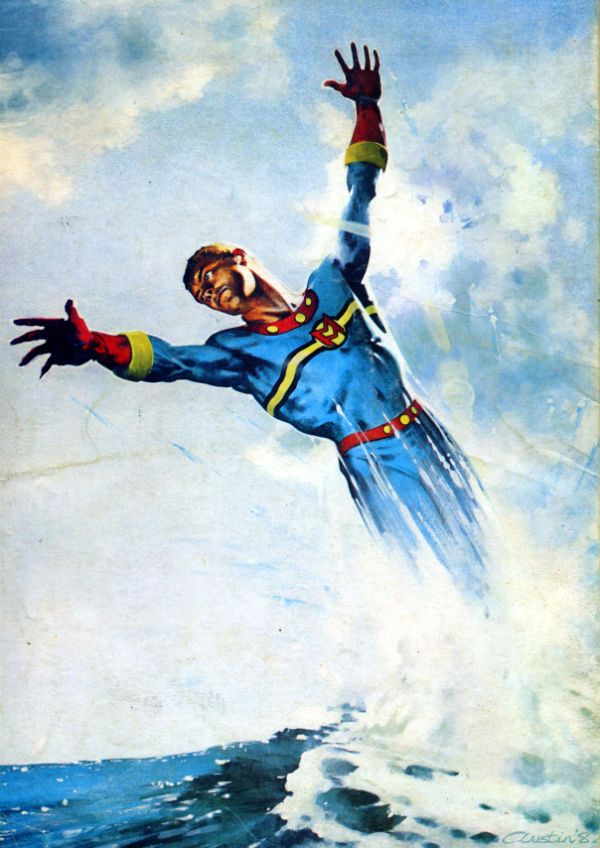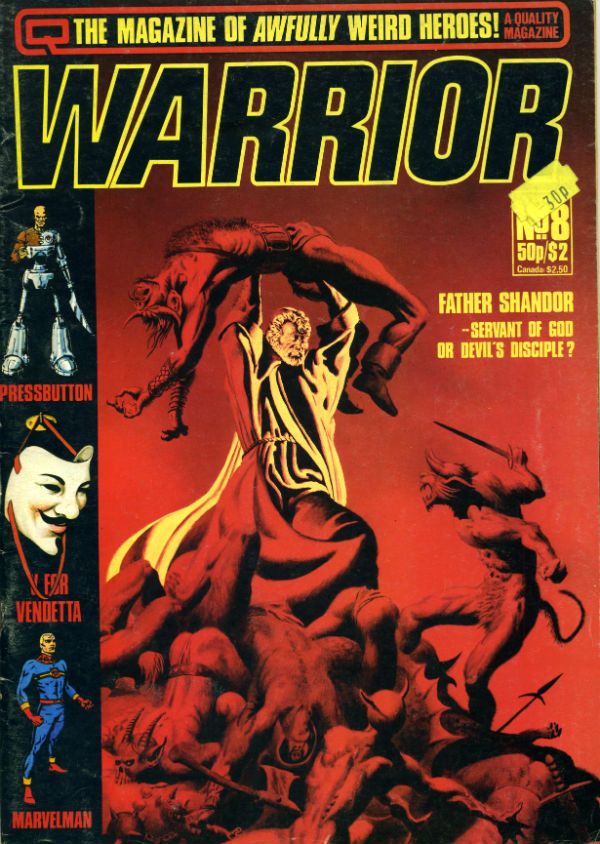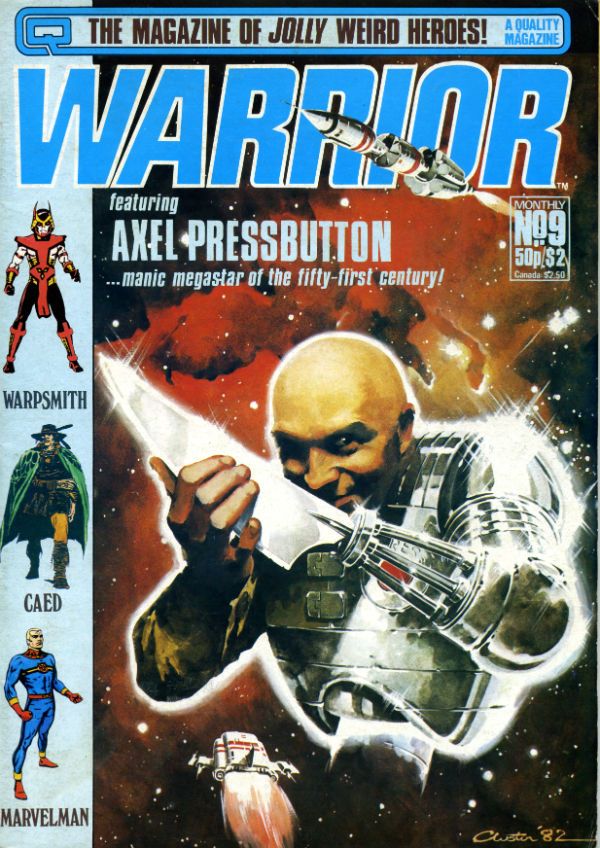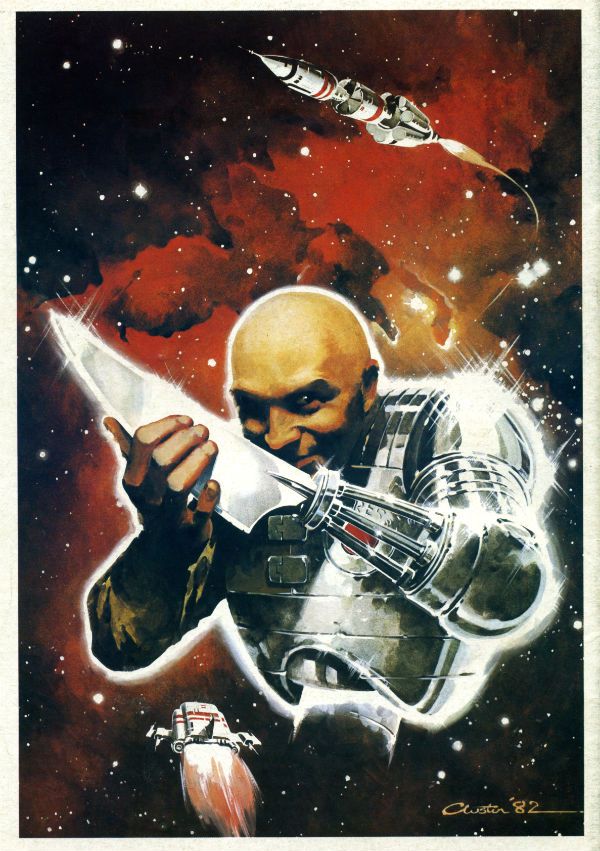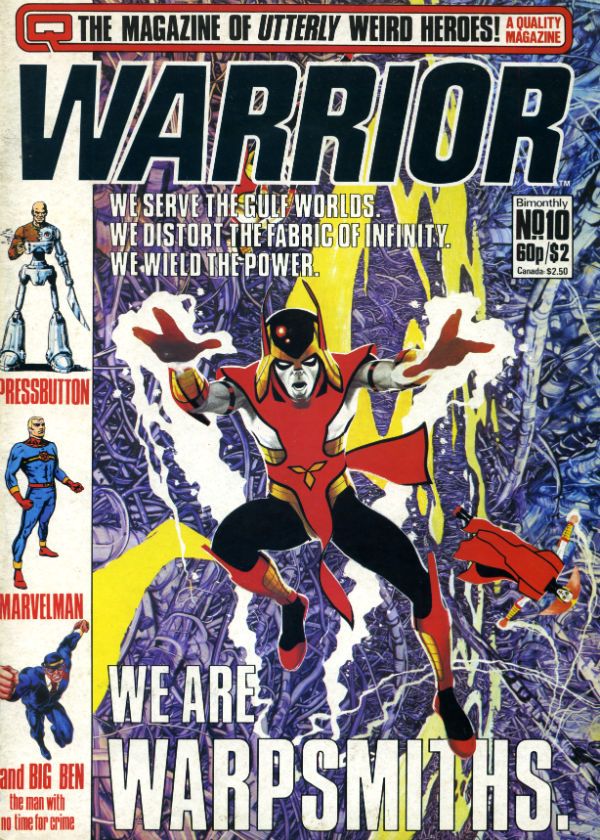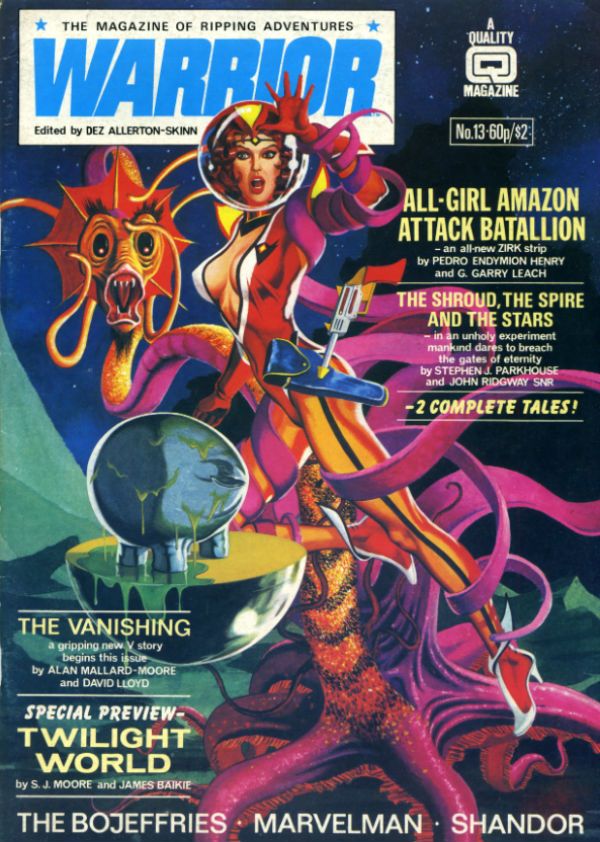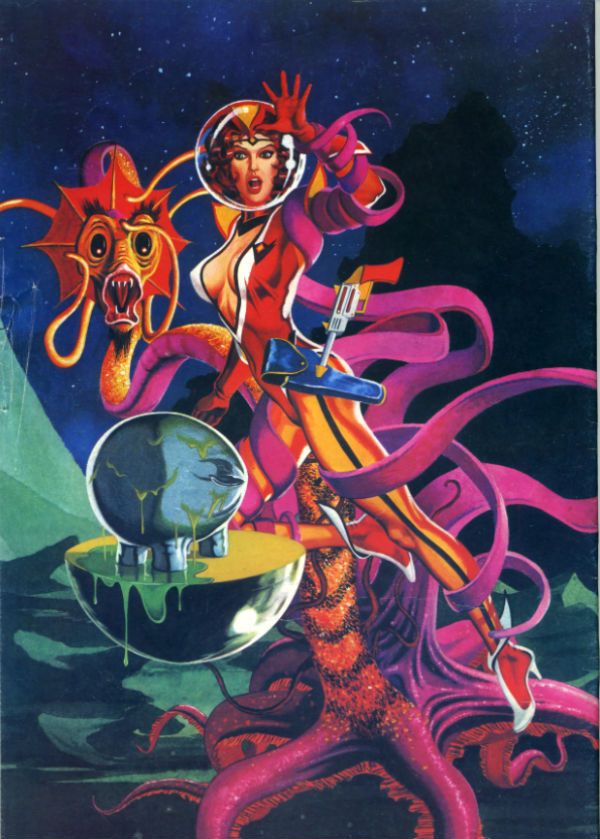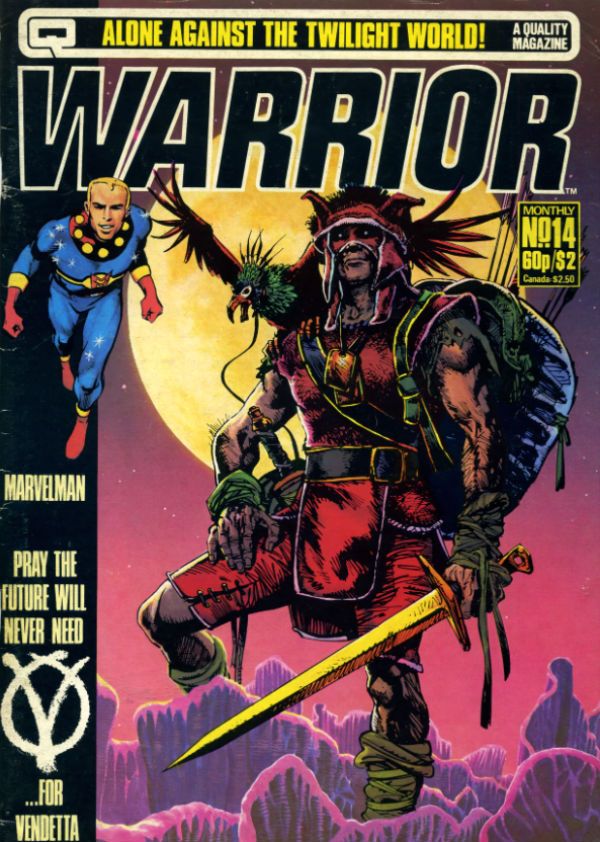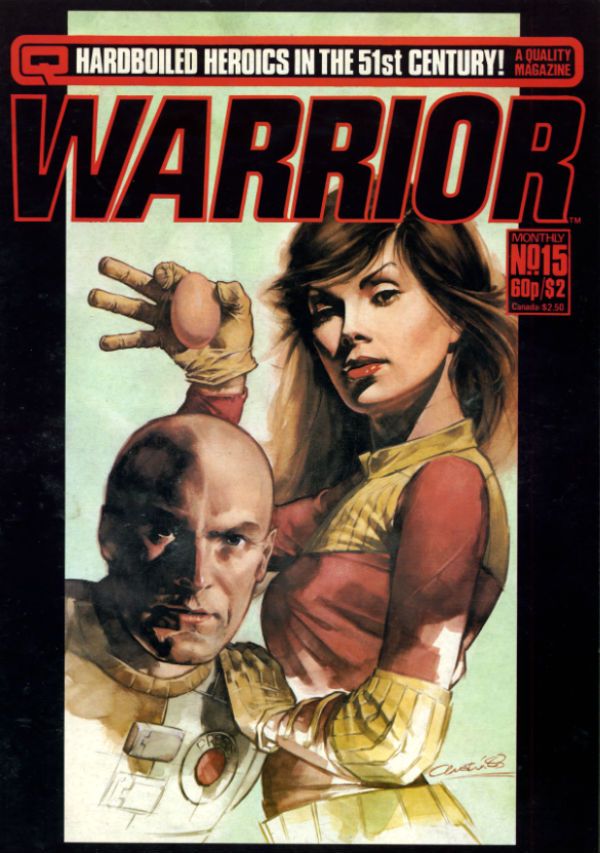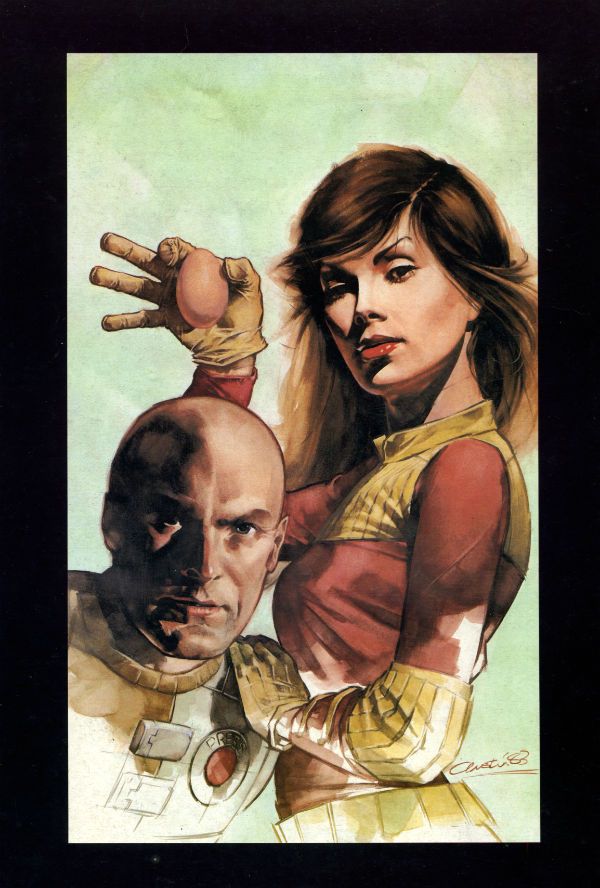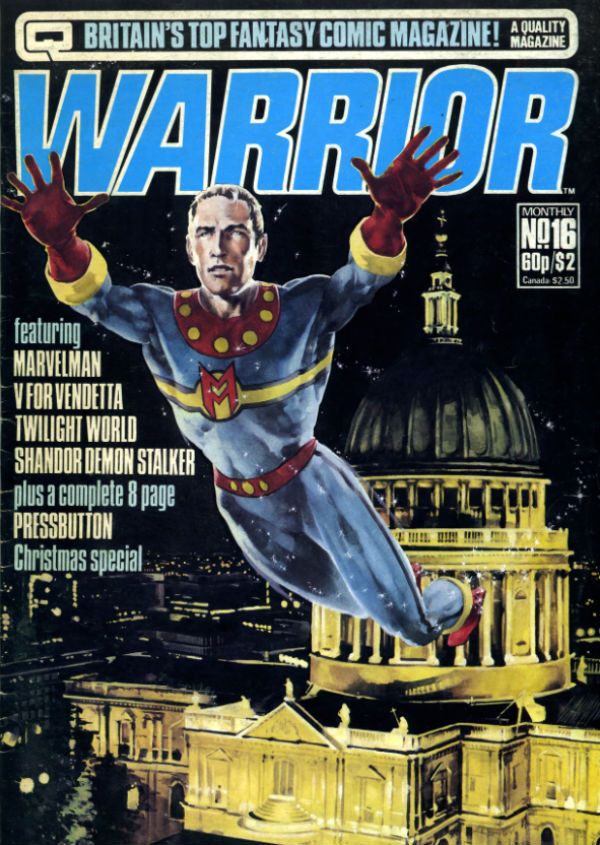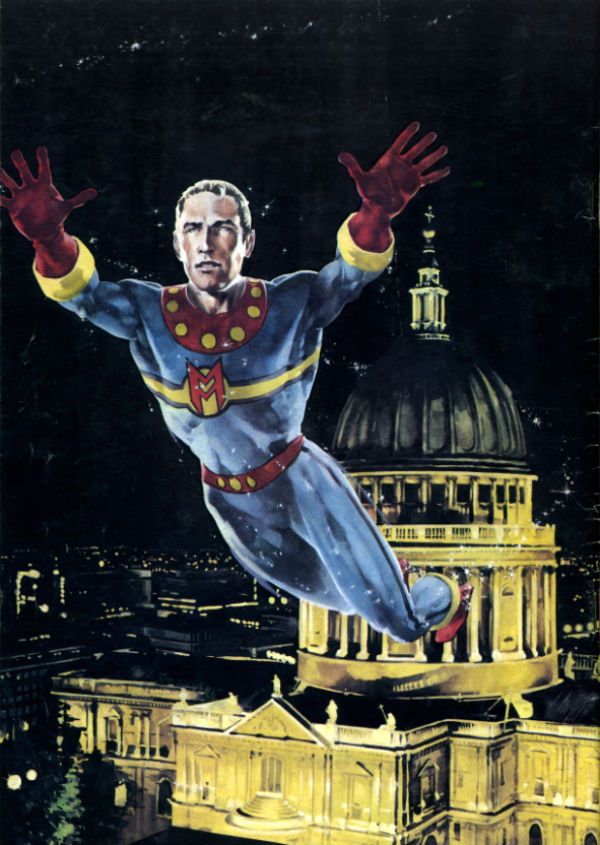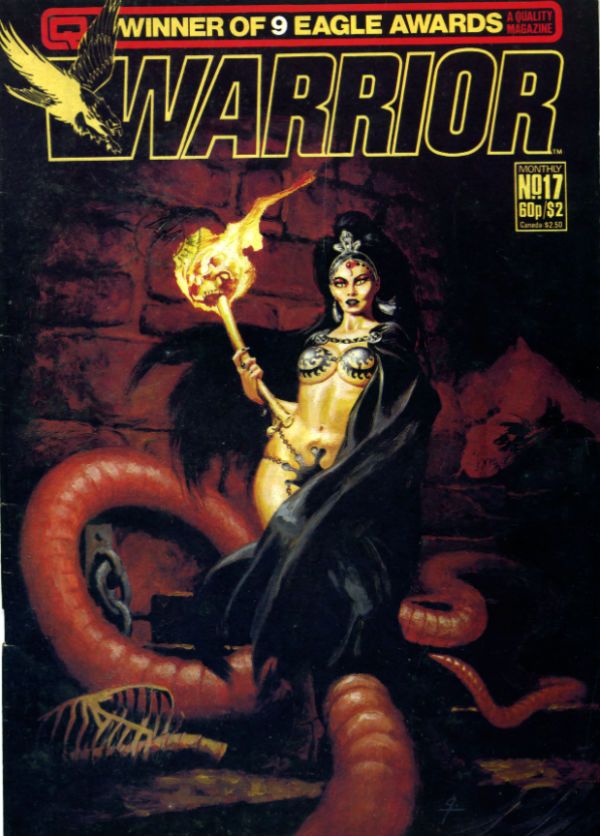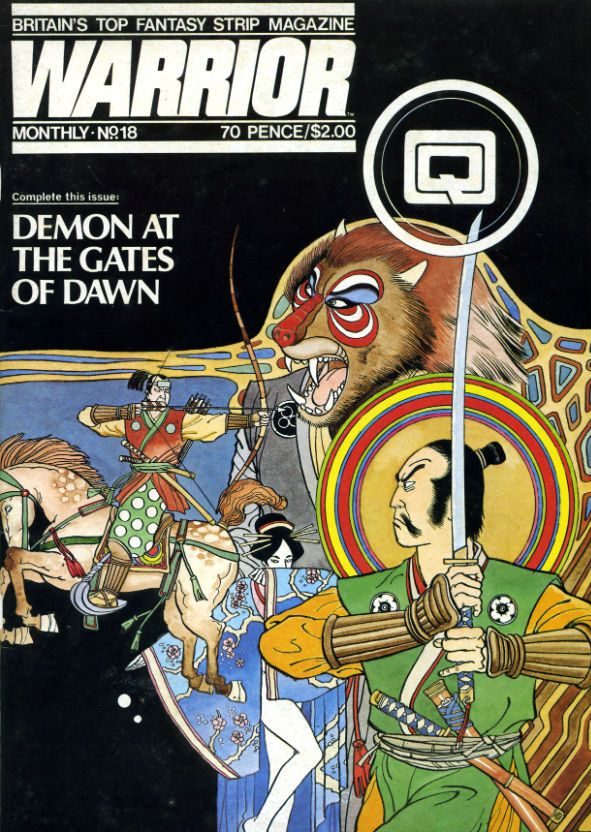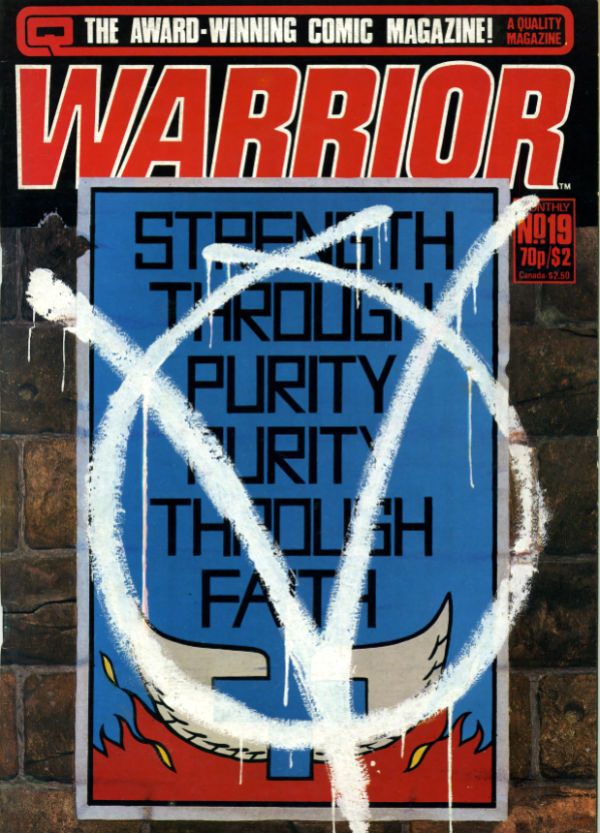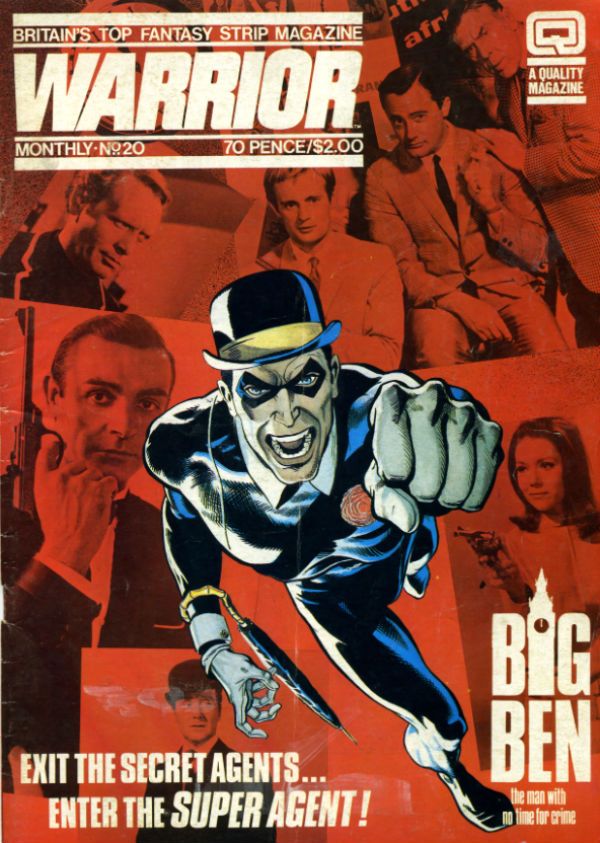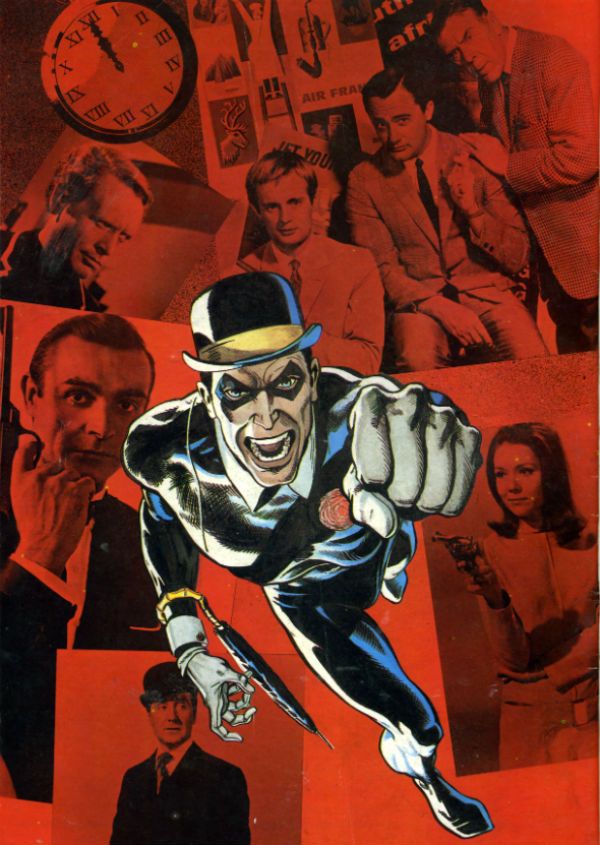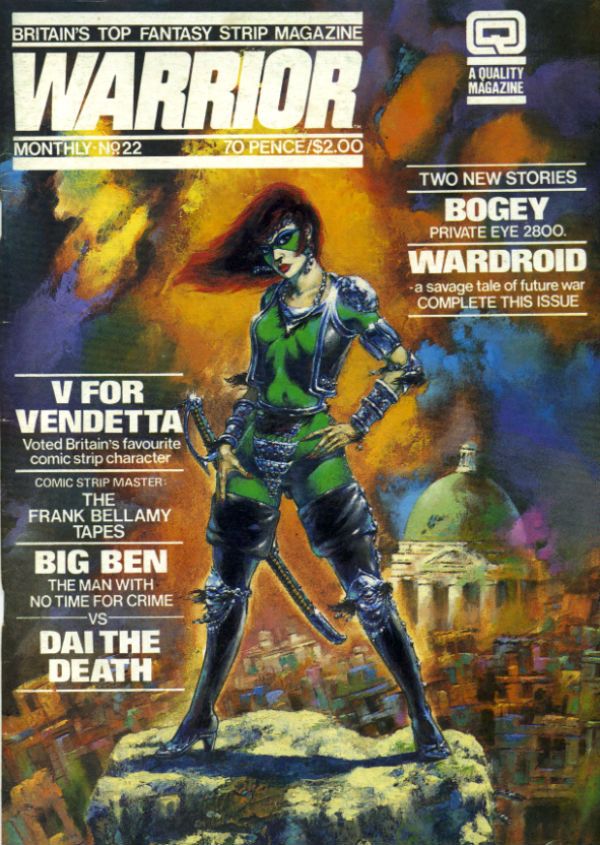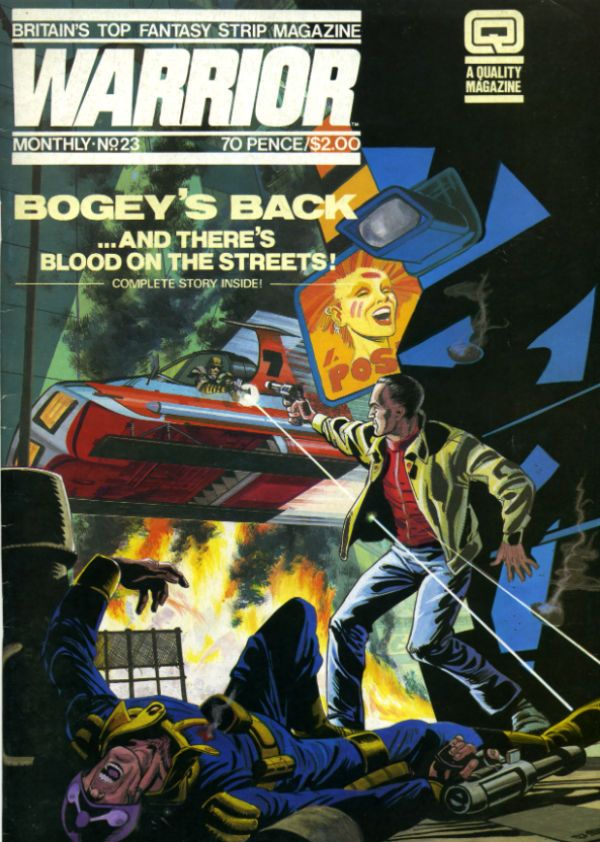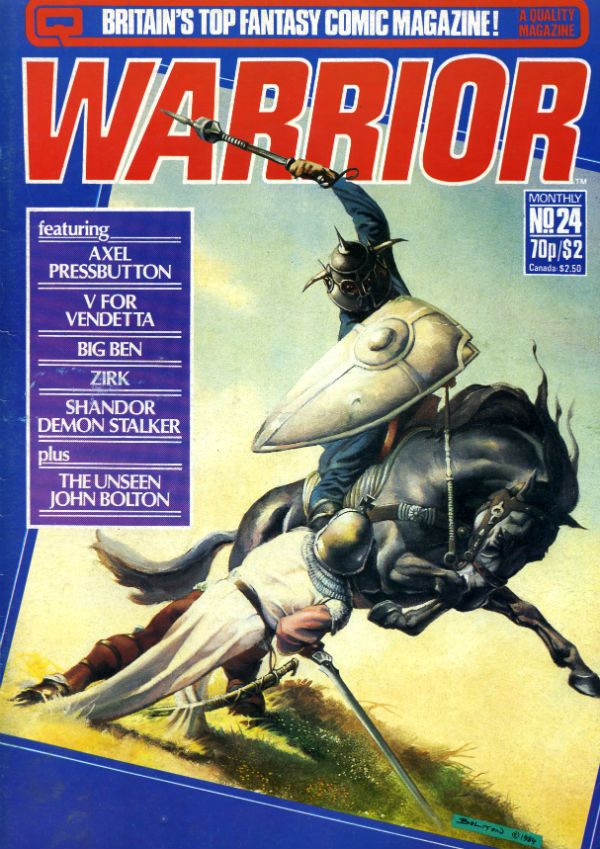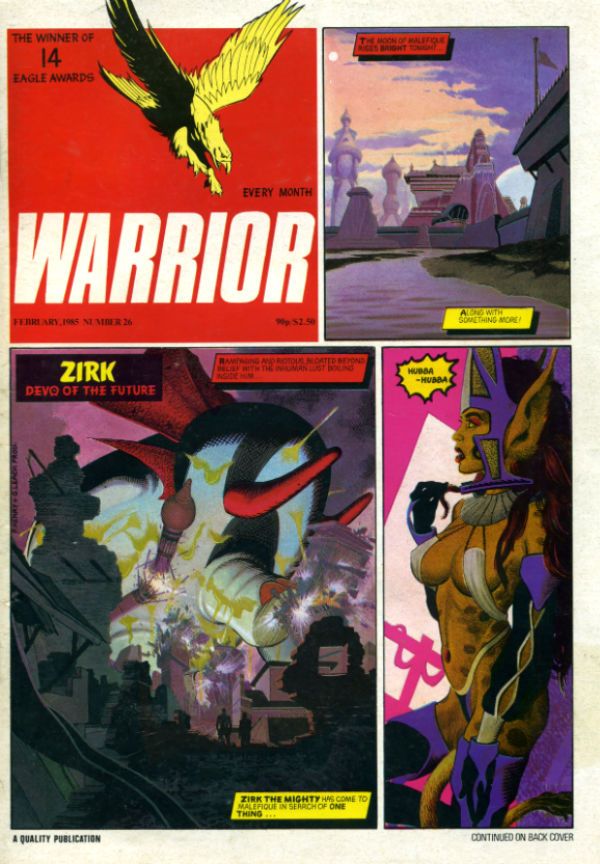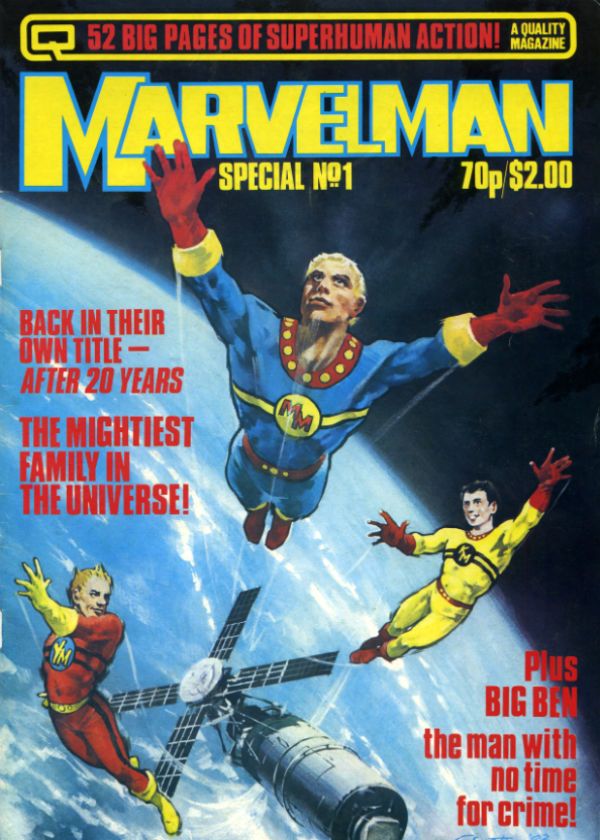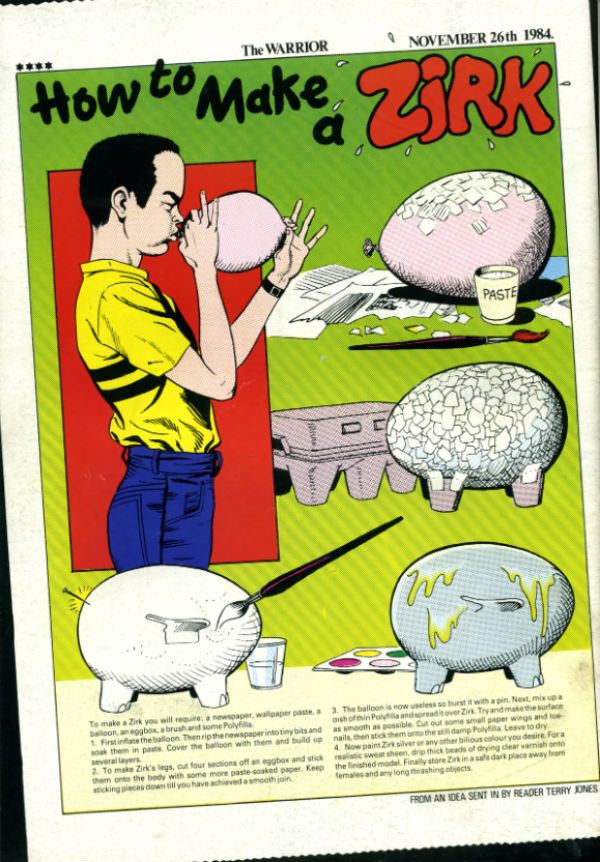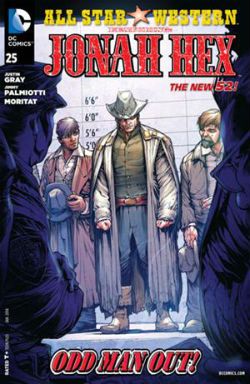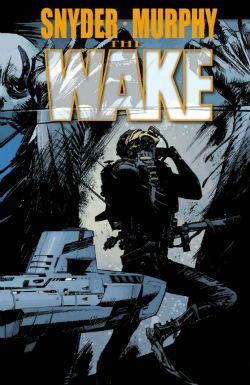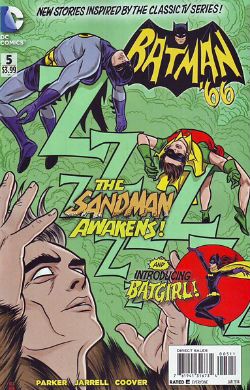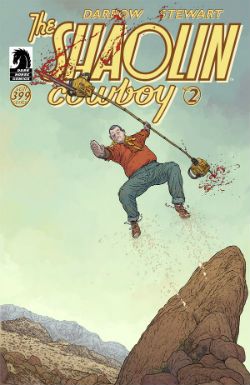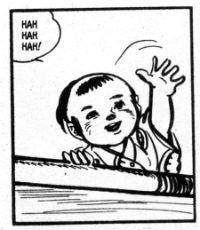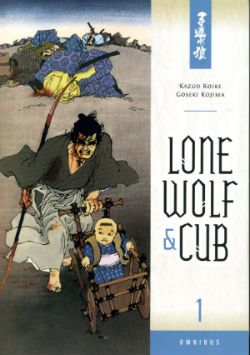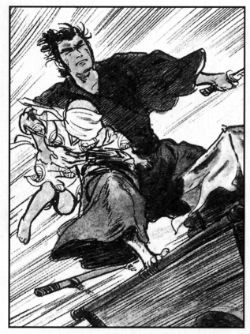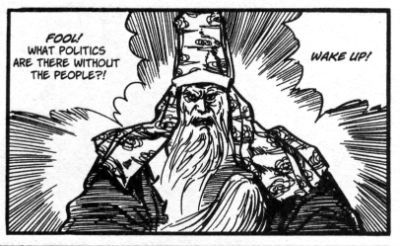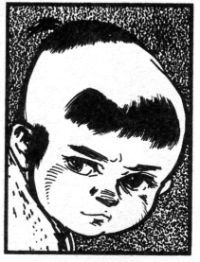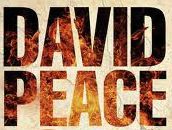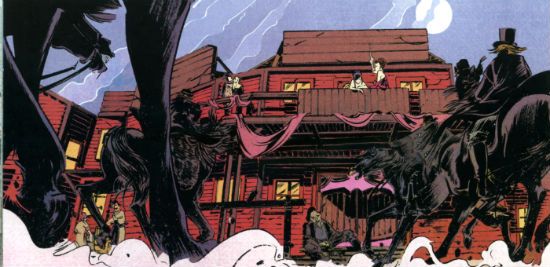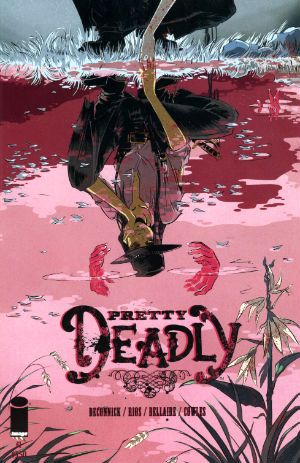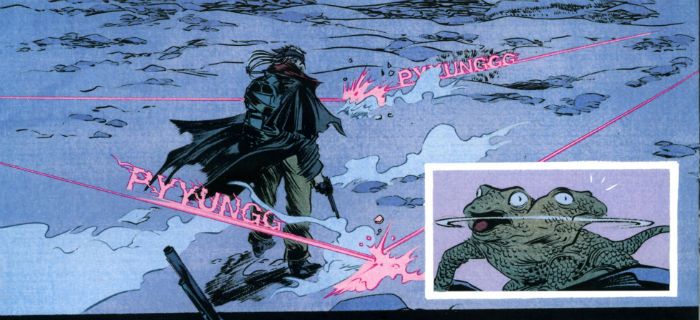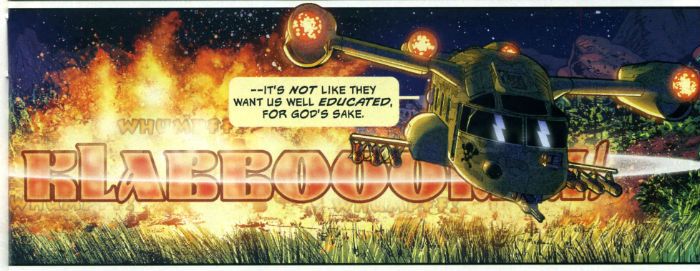Here are some Year-end Best-Of Lists-- no one else was writing those, so I thought I would be the only person to do that.
BEST TELEVISION
I didn't watch anything on HBO or Showtime this year, and I didn't feel like I missed anything. I didn't see the Game of Thrones hoo-boy episode or the Homeland this-or-that. There's too much. There's too much. Here's what I saw instead:
10. Black Mirror - "White Bear"
9. Luther -- Season 3, Episode 4 -- Series Finale
Hannibal and Les Revenants (The Returned) were fun pulp shows, but for total satisfaction, nothing came close to the finale of Luther. I don't involuntarily cheer TV shows too often; this episode, I cheered twice. An ending I hope they leave alone.
8. The New Girl -- "Virgins"
7. Arrested Development -- "Señoritis" (The Maeby episode)
I hated how this season got received, in that ... After years of hype, Netflix dumped fifteen long episodes all at once, and within about 2 hours, the same websites responsible for that hype, there were negative reviews, noise about "disappointment", insta-reaction backlash. First! Congratulations on being first with your fucking opinions, you glorified comment sections. And then in a month, it was like this show never happened.
I'm not saying you can't have a thoughtful negative reaction to that 4th season-- what an imperfect season! But to see a work with so many interesting angles to it get boiled down and wasted on just being more fuel for their dumbfuck tweet noise machine ... What a bummer. Is that what art's going to be like now? Fuuuuck.
Anyways, the Maeby episode, I just thought was the best, in that... Everything that made that season interesting to me-- seeing that family fall apart without one another, seeing their mistakes snowball over longer spans of time, their scheming coming across differently once the characters became lonelier and lonelier-- all of that hit more and hit hardest in the Maeby episode. It seemed like the show at its darkest and fucking meanest, even though I thought it was still a pretty funny episode.
I've never seen a sitcom where you get to watch the child actor get screwed up over however many episodes by their dysfunctional family and then actually become a screwed up adult, as a result of that bad parenting on display in the funny sitcom episodes, while staying funny, staying a consistent comedic character the entire time. That felt new, and worth celebrating.
6. The Chris Gethard Show - "The Villain's Journey"
5. 30 Rock -- "A Goon's Deed in a Weary World"
4. Person of Interest-- "Relevance"
One of my favorite things about the show is even three years into the show, people are screaming, "Look out! It's... it's.. It's the MAN IN THE SUIT." Because they never gave Jim Caveziel's character a name like Batman or anything, so everyone just yells "Man in the suit!" Man in the suit! But the thing that makes this episode is great is the focal character is someone else for a change, a new character, such that when Jim Caveziel finally does show up in the background, lurking and all intimidating... You do have to kinda admit, if you saw him on the street and had to describe him, you'd probably say, "holy shit, this man in a suit showed up."
Sometimes I like this show so much that I think about reading Batman comics when it's not on because maybe the people writing those are taking notes, but then my head clears up...
I imagine this episode would make a nice double-feature with that Joe Carnahan episode of The Blacklist. (But the second episode of Carnahan's two-parter, the part he had nothing to do with, kinda bit-- that show's still figuring things out).
3. Mad Men -- "In Care Of"
I know a lot of people who don't care for this show. And that's fine: I just don't know that you can appreciate what this show has accomplished watching any one episode, at this point. Season after season has meditated on how much people can change, with last season culminating in this lush, sinister exclamation that they they can't, that people are trapped in their cycles because of the poison of the world they're stuck in. This season, a season of misery, ends with this beautiful, spare scene that finally allows for the possibility that they can, as painful as that might be. And so I don't know what to say to someone who doesn't like this show -- "Just watch 5 years of it because oh my god, moving!" The show doesn't work as a soap opera (as much as fans made a bizarre spectacle of themselves trying to make it one this year) or as "entertainment"-- but I find it a great pleasure just to watch a show that really contemplates how slowly things happen in people's lives and the time it takes for things to finally come to a head for them...
2. Parts Unknown - "Tokyo"
Parts Unknown has had amazing hour after amazing hour after amazing hour. Anthony Bourdain has exploded what a cooking show can be and uses it now as a launchpad to talk about anything, everything (also: to insult Creed and Nickelback a lot). Everybody eats-- it seems like a simple idea, but as Bourdain tours all the world's darkest corners, that idea begins to seem more and more profound. I could put any episode here-- the Copenhagen one! DETROIT! But this one, so dark and strange, sex-soaked, hentai-soaked, alien, pulsing. I just think the fucking world of this show.
1. Breaking Bad -- "Ozymandias"
WORST TELEVISION
On the one hand, I didn't see Sex Box, the British reality show about people who have sex in a box. So I don't know for sure how bad that got. But on the other hand, I did see more than one episode of Agents of SHIELD. ... I have to go with my gut and my gut says that Sex Box probably had more surprising plots and more interesting characters than Agents of SHIELD. It just stands to reason...
BEST COMICS
I missed some major books this year, as usual. I'm still way behind on the Hernandez Bros. in particular; I'm waiting on my copy of that Blutch book So Long, Silver Screen and Frank Santoro's Pompeii. I wasn't a very adventurous reader this year for the most part, so with those caveats,
10. "The Long Journey" by Boulet
9. "Hawaii 1997" by Sam Alden
8. Hellboy in Hell, by Mike Mignola
7. "Mars to Stay" by Brett Lewis and Cliff Chiang, from the DC-Vertigo Witching Hour one-shot
8 pages aren't a whole lot, but this comic managed to sell a plot about space exploration, reality shows, sex, horror, capitalism, desparation, and survival into 8, without it ever feeling cramped. Brett Lewis wrote the Wintermen, and this shares what impressed most about that comic, how every page felt like it conveyed so much information, story, character, whatever without ever losing sight of being a comic page. Cliff Chiang limits his palette to reds and greys-- it all looks like class. If you're working on ultra-short comics, I'd suggest giving this one a look.
6. Bandette, by Paul Tobin and Colleen Coover
5. FURY: My War Gone By, by Garth Ennis and Goran Parlov
4. In the Kitchen with Alain Passard, by Christophe Blain
This comic was my favorite comic this year for most of the year, more in how it slotted into my obsessions than for its actual content. You know, it's a completely great, globally famous cartoonist doing a talking head comic. Talking head comics are kind of a thing for me, so seeing Blain work in that territory was of particular interest. Plus, like every other obsessive, I've always wondered why there wasn't more cooking in comics, besides that one recipe in Scott Pilgrim-- so to not only see one done but with a renowned chef, drawn by the guy who did Gus & His Gang... Jesus! And I guess it speaks to where my mentality was most of this year, that I found it so pleasant, in the midst of reading all these dreary Image comics, to read a light non-fiction piece of reporting about the actual world, a comic aware that interesting people lives in that world, that the world can make for good comics.
All that having been said, it's not the most pulse-raising comic-- it's basically 100+ pages of a French guy "oohing and aahing" while eating, like, a turnip. Not for everybody. Not for turnips.
This comic pairs well with the lush Copenhagen episode of Parts Unknown.
3. Incidents in the Night by David B., translated by Brian and Sarah Evenson
Though this is one of my favorite comics of the year, it's difficult to recommend. It's an unfinished comic, and it's remained unfinished for, what, 10 years now...? But oh goddamn, this thing-- I don't know what it is about it, exactly. This was just the only comic where I wanted to run and start making something after I got done reading it.
It's a comic about a David B. analogue character becoming embroiled in a sinister war between a near-immortal author of a mysterious publication and the Angel of Death. Comic book pleasures galore: an impossible panel of David B.'s face with an aerial view of a city in the background; David B.'s character able to change shape and assume different forms at whim, including a "shadow form" and a "skeleton form"; bookstores that resemble a Carl Barks moneybin. After a year struggling to connect with most comics, it felt like a curative to read a comic so intoxicated with the form.
(Black Paths was o-kay, too, but I think Incidents was much better. Black Paths is a little more complete though, plus the full color work, so for recommendation purposes, maybe the safer bet...).
2. Copra, by Michel Fiffe
1. Sunny, by Taiyo Matsumoto
WORST COMICS
The Disappointments
These comics weren't bad. I could even half-recommend them for some of the merit they did feature. But I'd list them as disappointments:
6. Satellite Sam, by Matt Fraction and Howard Chaykin.
My favorite character is the guy with the moustache.
I'm mostly confused why I don't know what's at stake. What's at stake in this comic? Mad Men uses advertising as a metaphor for the lies that these characters in the show tell themselves, the lies that people want to hear, people's self-inflicted confusion as to the surface of an image and what lies beneath. Here, what's at stake in the early days of television? After 4 or 5 issues now, I'm still not sure. Someone's dad got laid a lot-- why should I care? The social mores of this entirely unpleasant, charmless cast feels unmoored to anything connecting them to us, rendering the whole experience weightless.
Comics with unclear stakes-- if you stray from mainstream comics, you get a shit-ton of that heaped on you. That Amazing Killjoys thingy-- can't even pick on that, it'd be like picking on a three-legged blind dog. That comic Nowhere Men from late last year. Federal Bureau of Physics-- a damn swell-looking comic, entertaining at times, but if I can read more than one issue of your comic and not care if every character gets a bullet in the head....
5. Supermag by Jim Rugg
I was hoping that this would be more like a magazine, and that he would embrace the format. Instead, it was just a collection of odds and ends, placed into a magazine-shaped container. People received that magazine-shape of the container in a pretty rapturous fashion, but comics have been sold in magazine-shaped containers before-- that's how they sold Tank Girl.
The variety of comics on display was interesting, but I think kept it from being any kind of statement (other than a statement re: variety or some dull postmodern sentiment)-- there's no feeling like it's more than the sum of its parts. Some of the odds and ends are goddamn great-- Jim Rugg draws like a motherfucker. But some are just an entire page dedicated to Vanilla Ice...? A blaxploitation pin-up drawn in a 1990's X-comic vernacular has little going for it other than the joke of its existence. I mean, Rugg's Art Thibert impression is swell, but a boring drawing is still a boring drawing.
4. Hair Shirts by Pat McEown
The two graphic novels that bookended the year for me were Hair Shirts and Charles Forsman's The End of the Fucking World. With both, I had the same reaction, of (a) the book being really interesting to look at and (b) oh, how much happier would I have been if I had a way to consume the visual aspects of both without having to read them!
TEOTFW had pretty interesting storytelling, a very readable comic ; it just lost me super-super-hard once the reveal of the "bad guys" happens. Considering the acclaim it received on its release, that might just be a failure in my own generosity as a reader. But I just... it's in a genre that I'm very tired by and I don't know that it brought much to that genre. I was very interested in TEOTFW as comics-- just not as a story (so I don't know that I'd call it bad or a disappointment or whatever; it's not on my list; I'd just put it as promising work and keep my fingers crossed that Forsman improves on that end).
But with Hair Shirts, my reaction was that multipled by a thousand. I just went in with a higher opinion of Pat McEown, and Hair Shirts ... Hair Shirts is just so fucking pretty-- it's such a fun comic to look at that I really wanted it to be better than it turned out being.
I just don't think .... I just don't think I'm the audience for a comic about the sexual dysfunctions of young people. I'm not sure how much I cared about that when I actually was a young person, even. I just found the story too generic, and its attempts to be specific to be too unconvincing. Once again, it was never persuasive that anything meaningful was at stake.
The Hates
3. The Wake by Scott Snyder and Sean Murphy
2. Lazarus by Greg Rucka and Michael Lark
1. Zen Pencils by that Zen Pencils Asshole
The worst thing to happen in comics and in many ways, the worst thing to happen in all of our lives this year were the fucking Zen Pencils comics. This is that asshole who takes other people's thoughts and creative work, who takes the words that have come out of other people's mouths, and sets them without permission to the most goddamn generic comic stories possible told with the most generic storytelling possible, all of which (regardless of how the original speaker might have felt about the world, or their own attempts to convey subtlety in their work) consistently emphasize Zen Pencil's own one-dimensional, shallow, poorly-communicated thematic obsessions, e.g. lame nerds quitting their white-collar jobs in order to "pursue their stupid dreams" and angrily attacking their former bosses for having dared to stand between nerds and their dreams. At least if you're lucky, and some quote from Pico Iyer hasn't been overlaid on top of a fucking Game of Thrones fan-comic...
Rather than think great things, or create great stories, Zen Pencils settles for stealing and coasting off other people's celebrity. This is just dimestore internet plagarism, fed by a social media system that mistakes reblogging political sentiments for political activism, mistakes flooding each other with incessant numbing streams of copyright infringing no-credit images for curation, mistakes badly drawn rip-offs of Bill Watterson with real cartooning. It transforms the hard-won wisdom of our best comedians, thinkers, and writers into commodities. Have you managed to say something great, after a lifetime struggling with the language and your own internal limitations in order to express something uniquely your own? Well, here comes Zen Pencil to turn it into a source of ad revenue, maybe a fucking print he can sell. Wee! Zen Pencils trots out "liberation from day jobs" fantasies and paeans to childhood dreams in order to sell more bullshit to squares that they don't need, and thus offers only another manifestation of a comics culture constantly unable to see other people as anything besides more chattel to be exploited. While other young cartoonists are busting their ass trying to discover who they are and what they can bring into the world, this jack-off repackages shit people already like, in the crassest way possible, never pausing to wonder whether the people he quoted wanted to be drafted into his misbegotten enterprise (even when those people include Bill Watterson, a cartoonist more than equipped to convey his thoughts to his audience without this fucking guy's "help").
Zen Pencils is representative of both comics and the internet at its very, very worst-- it's leading the charge towards a world of diminished expectations. Congratulations, mediocrity.
In conclusion and summation, fuck him, fuck his comics, and fuck your stupid "Quit your dayjob" fantasies. Get back to work! We're a species that depends on each other working hard for each other and sacrificing for one another, if we all want to live in a functioning civilization. Your outlaw fantasies where you get to coast off everyone else's sacrifices are childish shit and you should fucking know better. You're a grown-ass adult.
BEST MOVIES
I "missed" (sometimes on purpose, sometimes not) a lot of this year's serious movies, I guess: Captain Phillips, Dallas Buyers Club, Rush, Her, Short Term 12, All is Lost, Drug War, Enough Said, Fruitvale Station, Blue Jasmine, Nebraska, Place Beyond the Pines, The Spectacular Now, Before Midnight, Computer Chess, the Bling Ring, and The Counselor. 2013 doesn't end without getting to see the Wolf of Wall Street, though; my hopes there are very, very high.
Setting all of those (!) aside...
10. The World's End
9. Pain and Gain
All of those Transformers movies were made so that Michael Bay could earn the freedom to make a movie about steroid addled maniacs torturing and murdering people in order to achieve a cocaine-tinged version of the American Dream. It's called "dreaming big."
8. The Great Beauty
7. Cheap Thrills
6. Upstream Color
5. Inside Lewelyn Davis
4. In a World...
Lake Bell making a movie about sexism in the movie trailer voiceover business...? On paper, that sounds like an oddity or a vanity project, but I thought the comedy that resulted, while maybe a little uneven in places... I don't know, sometimes when you're watching a movie, do you ever start rooting for the movie? I felt that with this one.
3. Side Effects
2. Furious Six
Maybe not a "Great movie" but by far, the most memorable theater experience of the year. People yelling things at screen; people cheering in the right places; I remember at one point one of the guys I saw this with trying to argue with the screen-- he is in his 30's. People losing their minds; people caring too much what happened to a Korean guy named Han Seoul-Oh; people going home and watching Fast & Furious 3: Tokyo Drift because that's a sequel to this movie? I was all of those "people", this year; it was great. I don't know what the best movie of the year was but this was the best time.
1. Kings of Summer
My favorite kinds of movies are comedies, and I just thought this movie was fucking hilarious. I've only seen it the once and I've heard mixed things from people who've seen it since. But me? I laughed my fucking ass off at this. Apparently it's not for everyone, but the jokes plus I just really connected to a couple things in this movie that... This was the movie I walked away from the most worked up this year.
WORST MOVIE
Star Trek Into Darkness: This is a really boring choice, but man, this movie really was a piece of shit. It's such a boring choice-- is anyone even arguing this is a good movie anymore? But even in the same year that Matt Damon played a Mexican, this was the worst movie. Even the same year people pretended that an endlessly tedious Iron Man movie was a "real Shane Black movie" just because it was set at Christmas, this was the worst movie. This was just tip-to-toe pretty thoroughly numbskulled and unentertaining. It'll probably make for a good Redletter Media Mr. Plinkett review someday, but even giving it points for that, what was as bad as this movie?
I don't have any great hate for JJ Abrams, both before or after this-- if I don't think much of him as a "filmmaker," I still think he's actually an interesting guy, from, like, a business model perspective. He was a good guest on Jeff Garlin's podcast. He's helped made television I've enjoyed. But what had as much contempt for its audience, the rules of logic, or cinema itself? Nothing comes to mind.
HONORARY MENTION
Pacific Rim Fans on the Internet aka the John Carter Memorial Award: Quit telling people that boring, stupid special effects movies without any characters in them need to be "supported"! Those movies have already been supported with eight-figure ad campaigns. There was nothing wrong with those campaigns-- those campaigns accurately conveyed to general audiences that Hollywood spent a lot of money on computer graphics for 11-year-old boy wankery. Every summer there are small, deserving independent movies that actually need support while all that goes on-- Kings of Summer didn't have a 8-figure ad campaign; In a World... had to rely on word of mouth, for a movie that no one probably got paid much on to begin with. It's grotesque.
"Movie ticket purchasing is your way to vote for originality, the blistering originality that is this guy semi-incomprehensibly ripping off anime for 2 hours. It's this generation's Star Wars!" Ugh, go fuck yourself with a Gundam figurine. Why is that happening every year? Is this going to be every year now? After the next one of these special effects movies bombs, can Chris Hardwick have a post-movie-bombs show where he talks to that guy who writes about movies in all-caps, that Dragon-Con child-molester guy, and Jimmy Kimmel? Thanks.
Podcasts
5. Jeff Garlin -- "Will Ferrell"
4. Slumber Party -- "Flash Flood of Sadness"
3. Harmontown -- ?
I've seen some amazing things thanks to Harmontown: Robin Williams talking about Brandon Graham comics, Eric Idle singing, Jeff Davis revealing he has magical psychic powers that could've fucking prevented 9-11 or something, etc. Amazing things I felt privileged to see.
But my favorite moment this year was during a D&D game -- Erin McGathy grabbing some goblin, looking deep into its eyes and saying "You are me" (or something like that).
I don't remember the exact words; I just remember that was probably the fucking hardest I laughed all year. McGathy killed my shit.
2. The Best Show on WFMU -- the final episode
I'm not a super-fan like a lot of people on the internet so a lot of stuff went over my head. It wasn't my first time at the rodeo either-- I'd just dipped in and out over the years; I was never consistent with it. But boy, this was still some listen.
(I also liked the one where Tom was writing the Entourage movie all night, though I don't know it was best-of-the-year material. But I enjoyed that one a bunch).
1. Welcome to Night Vale-- The Sandstorm, Parts 1 and 2
Warning: you can't start listening with the Sandstorm episodes.
Least favorite: I tried to get into the Thrilling Adventure Hour-- it didn't go well. We didn't agree with each other.
BOOKS
Best: Crab Monsters, Teenage Cavemen & Candy Stripe Nurses by Chris Nashawaty
I haven't read all of it yet-- been sipping on it, but here's an excerpt that meant a lot to me, spiritually:
"Jim Wynorski [talking about Dinosaur Island]: We made the film in ten days. I thought it came out pretty well. The funniest thing is I was at a party and Joe Pesci-- who I didn't think even knew my name-- came over and said, 'Hey, Jim Wynorski.' And I said, 'Hi, Joe Pesci, right?' He said, 'Yes. I've got to tell you, I love Dinosaur Island! Every time I watch it, I feel like I want to go there.' He was with Barry Levinson. And they kept asking me about Dinosaur Island. Bizarre."
Worst: Back to Blood by Tom Wolfe
I'd read some old non-fiction pieces Wolfe had written back in the day and put me in the mood for one of his novels, my memory for what one of those are like failing me.
It wouldn't be so bad that this novel is super-racist if it at least worked as a novel. But man, the story goes nowhere. The characters aren't believable. And the prose ain't shit. Also, p.s., hoo-boy, it is super-racist.
COMPUTER GAMES
BEST: Tomb Raider
I wouldn't have guessed I'd be the audience for this game, but Conan O'Brien playing this on his show sold me on giving it a shot. I was pretty surprised how effective this was, especially in the first hour or so, in conveying a character in a desperate situation and how much that kept me invested for the rest of the (admittedly too long) game.
Worst: Gone Home.
I really hated this. I don't know if you remember, but when webcomics first became a thing, there was a wildly overpraised webcomic about what it was like to be a boring, boring LGBT person. Wildly overpraised, now equally forgotten because it skipped the part where a comic has an interesting story, fun characters, etc. Here, I felt like reaction to this game was driven by the politics, the fact that it was a "Discover your sister is a lesbian" simulator, especially right now when I know the image I have in my head of a stereotypical "gamer" is someone leaving women death threats while wearing a Penny Arcade shirt celebrating rape. Gamers just seem like pretty much the worst, even as games become more widespread, more ubiquitous.
But this game was terrible, and as a piece of fiction, there just wasn't anything interesting about it that I could figure, other than the (okay, pretty great) soundtrack. The sister's story is just dull, dull, dull-- nothing interesting happens in that relationship, other than the fact that it's a gay relationship. The dark, stormy night and creepy house the story is plopped in just make the whole thing seem extra-silly-- why is your character wandering through a creepy house for no reason? Why doesn't she order a pizza and watch TV? Delaying the delivery of this tedious story so that the player has to solve lame puzzles-- I just felt like that mechanic paled in comparison to any number of more interesting indie games out there this year (I liked Kentucky Route Zero much more, though that's incomplete at the moment). The side stories (including the dad-uncle relationship) don't improve any of this noticeably.
I couldn't guess at what people saw in this.
WEBVIDEOS
5. Take a Knee
4. Actress -- Episode 8
It's the last episode, so you should watch the rest first if you haven't seen it.
3. Biting Elbows -- Bad Motherfucker
2. Cop Show Drug Test
1. Car Jumper-- Episode 7
Honorable Mention: Addy, on CNN.
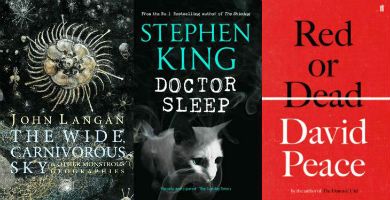
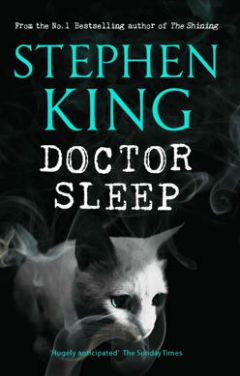 I like the total uselessness of the quote on the front of the book: "Hugely anticipated”. Yeah, and…? My dinner is hugely anticipated; getting in out of the rain is hugely anticipated; the next episode of The Spoils Of Babylon is...the gist you are getting, yes? I’d have thought Stephen King writing a sequel to The Shining would merit a bit more, I dunno, oomph in the blurb department. Maybe they didn’t want to get anyone’s hopes up too high. Because this is no way the equal of The Shining. Now, I’ve not looked so I don’t know what the consensus is on this one is but I’d guess it’s mixed? Doctor Sleep’s got a strong start and a solid finish but the bit in-between lacks conviction, and there’s a lot of in-between here. The Danny Torrance bits which start, finish and weave through the book are great (and we’ll swing back round to that later), but they’re sandwiched around an idea more suited to a short story than the length of this brick. I mean, having old people in RVs being evil kid killers and eating schadenfreude is a droll and smart way of talking about the sick way we (“we” as a society; not me and you, we’re awesome. It’s everyone else; It’s always everyone else.) process tragedies these days together with the dangers of assumptions. But it isn’t smart enough or droll enough to carry something this hefty.
I like the total uselessness of the quote on the front of the book: "Hugely anticipated”. Yeah, and…? My dinner is hugely anticipated; getting in out of the rain is hugely anticipated; the next episode of The Spoils Of Babylon is...the gist you are getting, yes? I’d have thought Stephen King writing a sequel to The Shining would merit a bit more, I dunno, oomph in the blurb department. Maybe they didn’t want to get anyone’s hopes up too high. Because this is no way the equal of The Shining. Now, I’ve not looked so I don’t know what the consensus is on this one is but I’d guess it’s mixed? Doctor Sleep’s got a strong start and a solid finish but the bit in-between lacks conviction, and there’s a lot of in-between here. The Danny Torrance bits which start, finish and weave through the book are great (and we’ll swing back round to that later), but they’re sandwiched around an idea more suited to a short story than the length of this brick. I mean, having old people in RVs being evil kid killers and eating schadenfreude is a droll and smart way of talking about the sick way we (“we” as a society; not me and you, we’re awesome. It’s everyone else; It’s always everyone else.) process tragedies these days together with the dangers of assumptions. But it isn’t smart enough or droll enough to carry something this hefty.